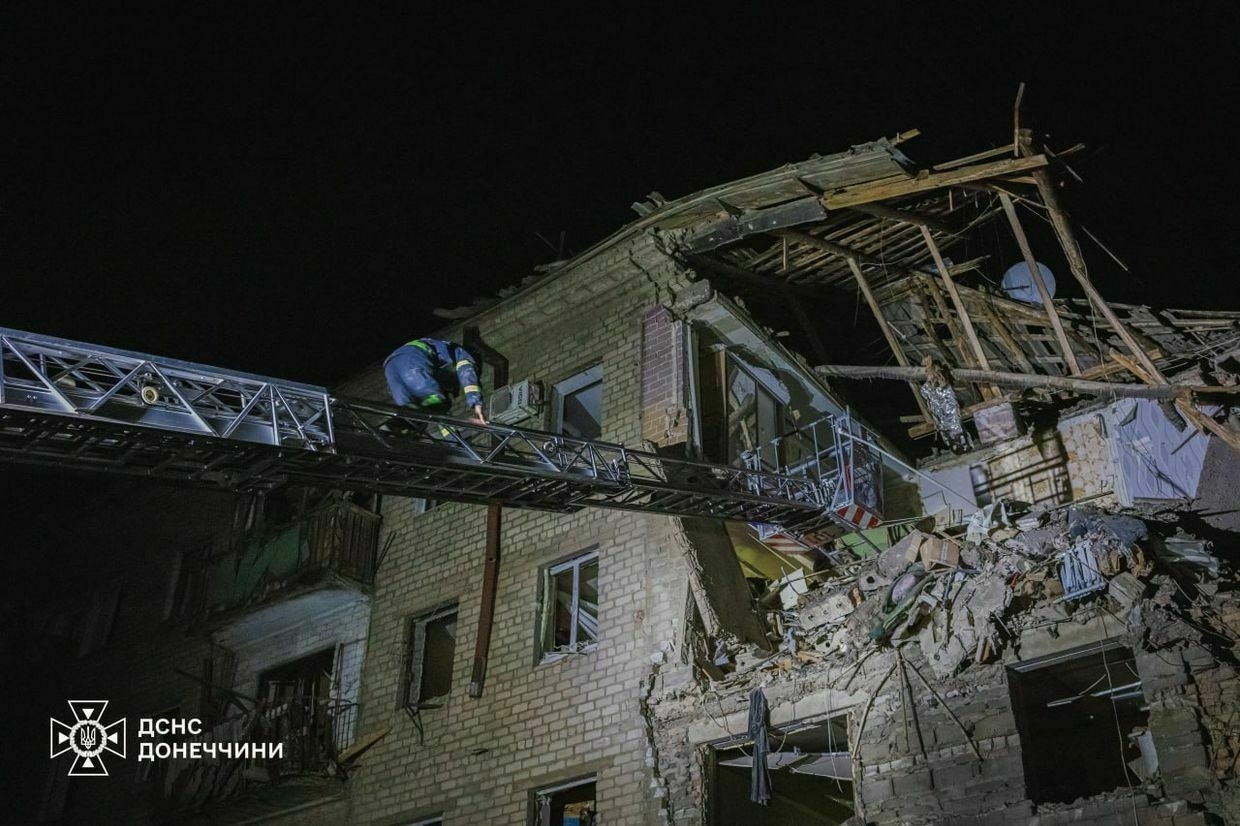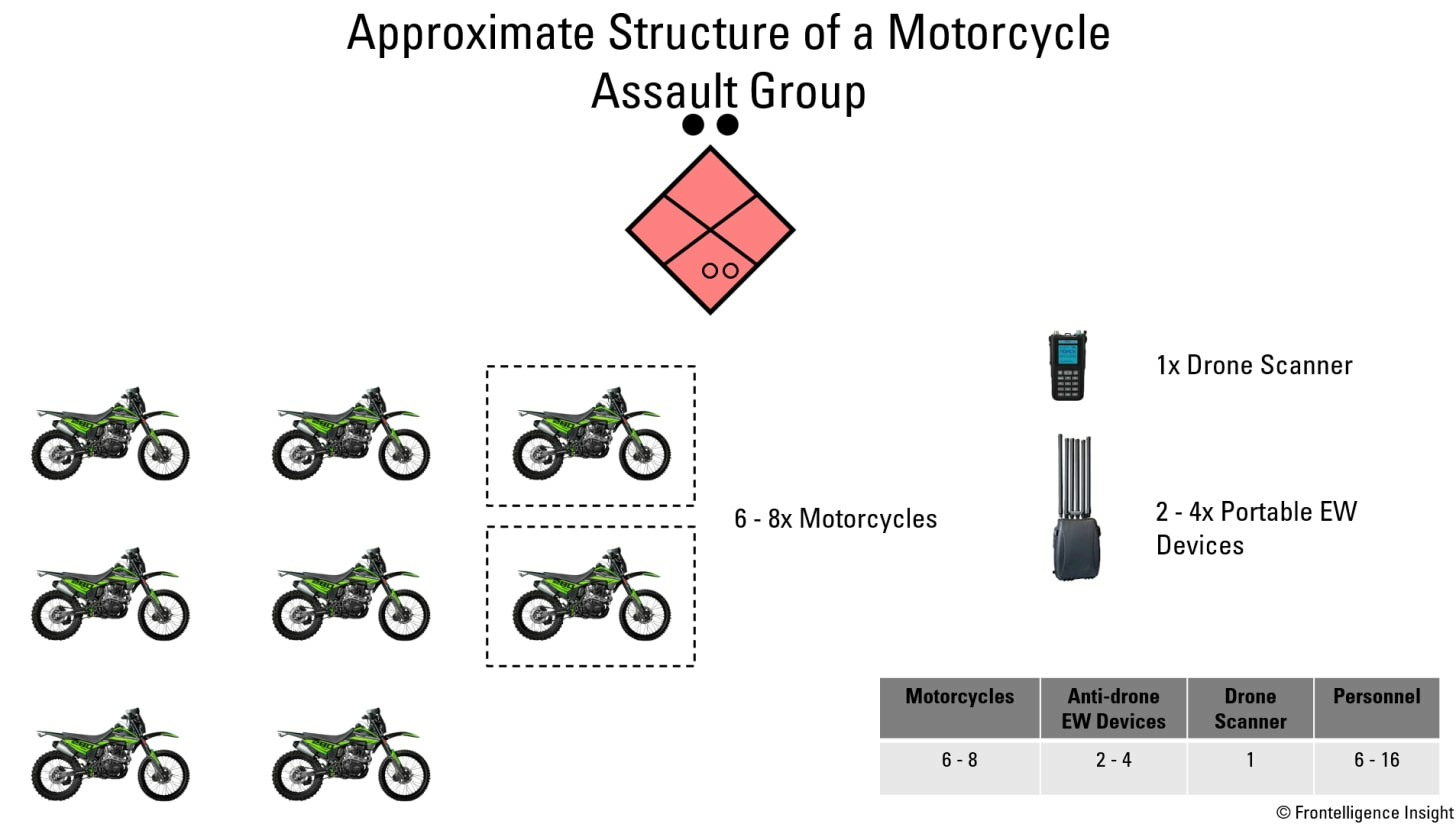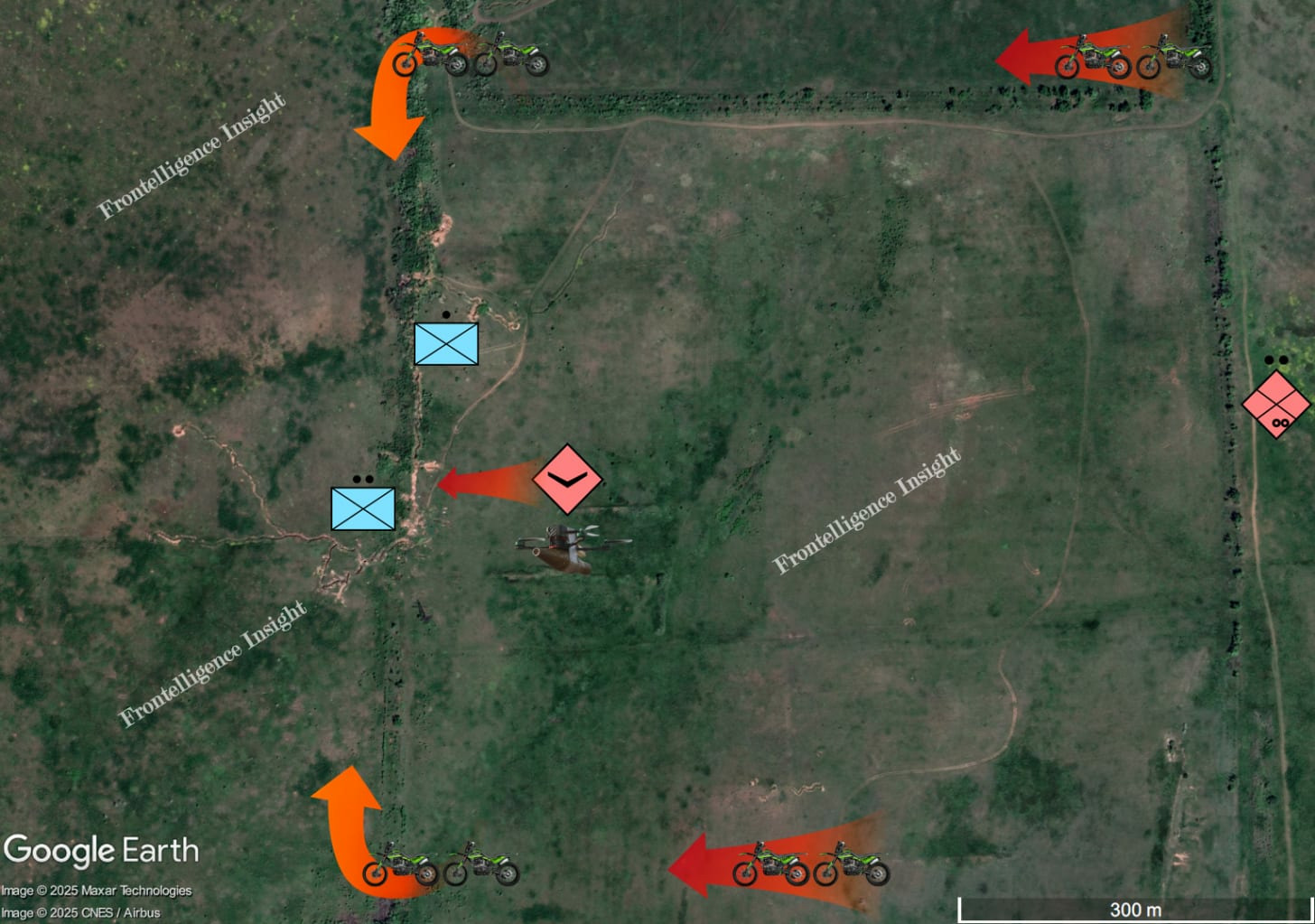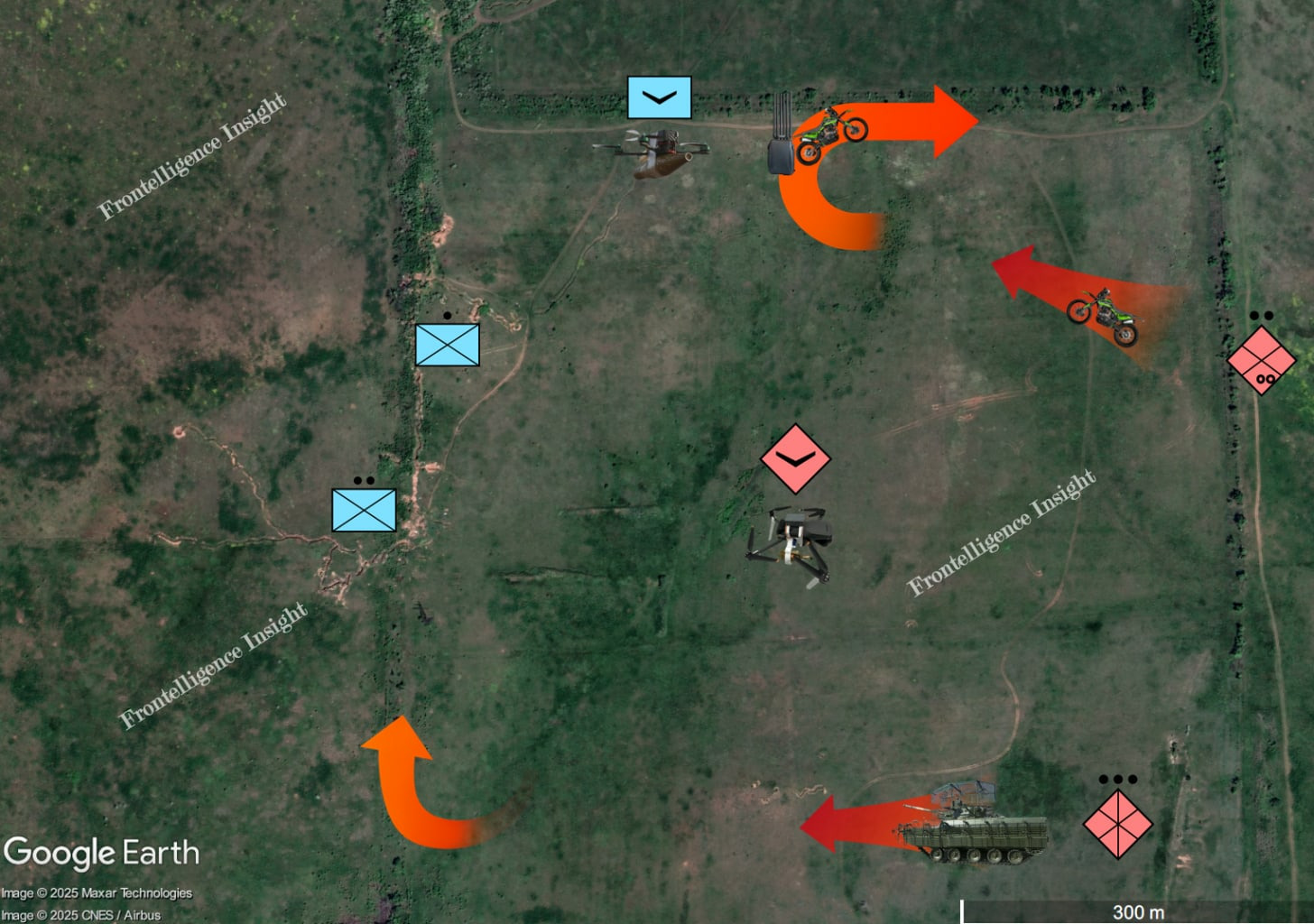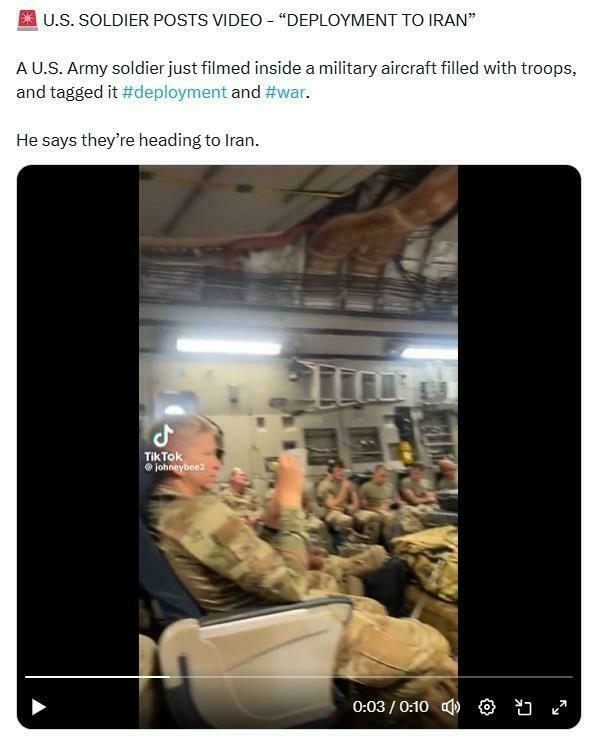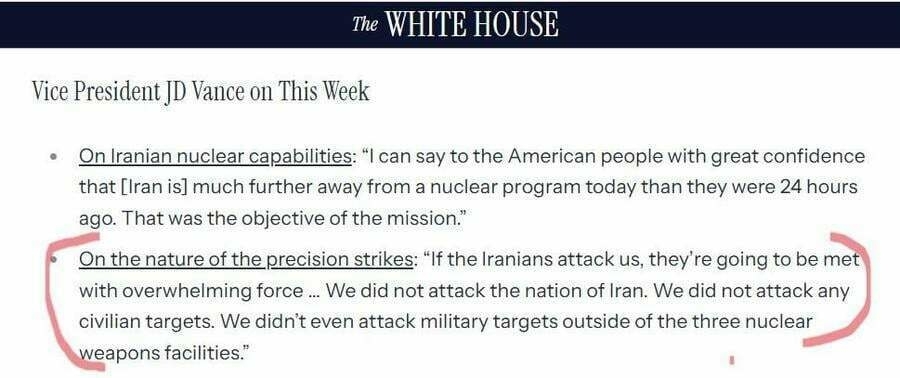-
Explained: How Ukraine and Russia swap prisoners of war
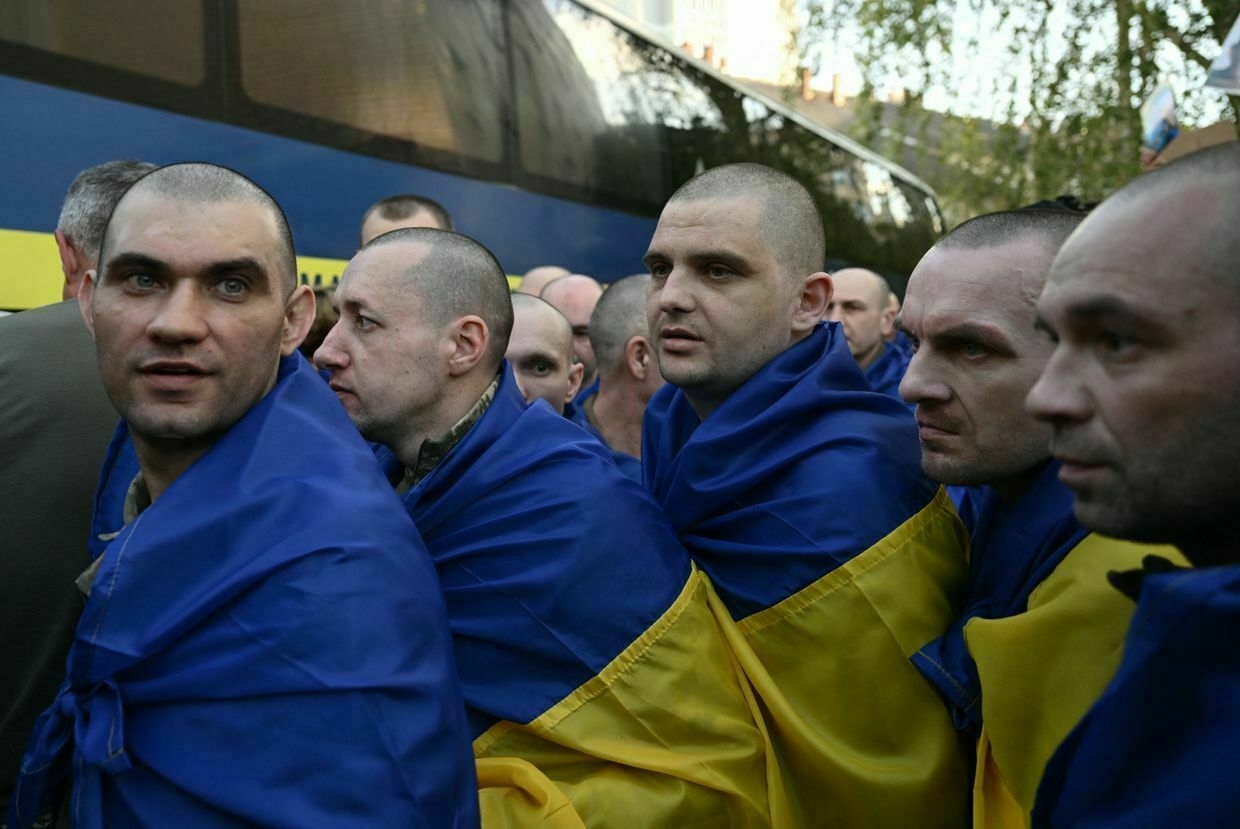
Even after Ukraine cut diplomatic ties with Russia in 2022, prisoner exchanges have continued as one of the few remaining channels of communication between the two countries.
Negotiated behind closed doors and carried out irregularly, POW swaps — and the decisions surrounding them — have long been shrouded in secrecy. Controversies have repeatedly erupted in Ukraine over whether Kyiv is doing enough to bring back its people and which POWs it prioritizes.
Since the start of the full-scale invasion, Ukraine has consistently proposed an “all-for-all” exchange, which Russia has so far rejected.
As of early June, Ukraine has brought home over 5,700 people – including both soldiers and civilians – through more than 65 exchanges since Feb. 24, 2022. Thousands of Ukrainians remain in Russian captivity, with the battle for their release still ongoing.
“Our task is to bring back (all POWs) before the war ends,” Petro Yatsenko, a spokesperson for the Coordination Headquarters for the Treatment of Prisoners of War, told the Kyiv Independent.
“The war is dragging on, Russia does not want peace, so our task is to organize exchanges as quickly as possible."
A record number of people were released in recent weeks following peace talks in Istanbul in May-June — the first direct negotiations between Kyiv and Moscow since 2022. Though no political breakthrough was reached, both sides agreed to a phased exchange of prisoners and the return of fallen soldiers' remains.
At least one more round of exchange is expected between Ukraine and Russia as part of the Istanbul agreement in the near future.
Here’s everything you need to know about prisoner swaps between Ukraine and Russia.
POW exchanges before full-scale invasionDuring the war in Donbas from 2014 to 2022, prisoner exchanges between Ukraine and Russia were far less frequent than they are now, with around 3,500 people released in eight years, according to Yatsenko.
The swaps included both Ukrainian soldiers and civilians held in Russia and in occupied territories and were mostly handled by Ukraine’s Security Service (SBU). The Coordination Headquarters for the Treatment of Prisoners of War was only established in March 2022.
One of the most prominent exchanges took place in September 2019, several months after President Volodymyr Zelensky took office.
Back then, Ukraine secured the release of 35 people, including filmmaker Oleh Sentsov and 24 Ukrainian sailors illegally captured near the Kerch Strait.
Sentsov was one of the most high-profile political prisoners held by Russia. He was arrested in Crimea in 2014 by the Russian authorities and later sentenced to 20 years in prison on trumped-up terrorism charges, which were internationally recognized as politically motivated.
Since the start of the full-scale invasion, Ukraine has consistently proposed an “all-for-all” exchange, which Russia has so far refused.
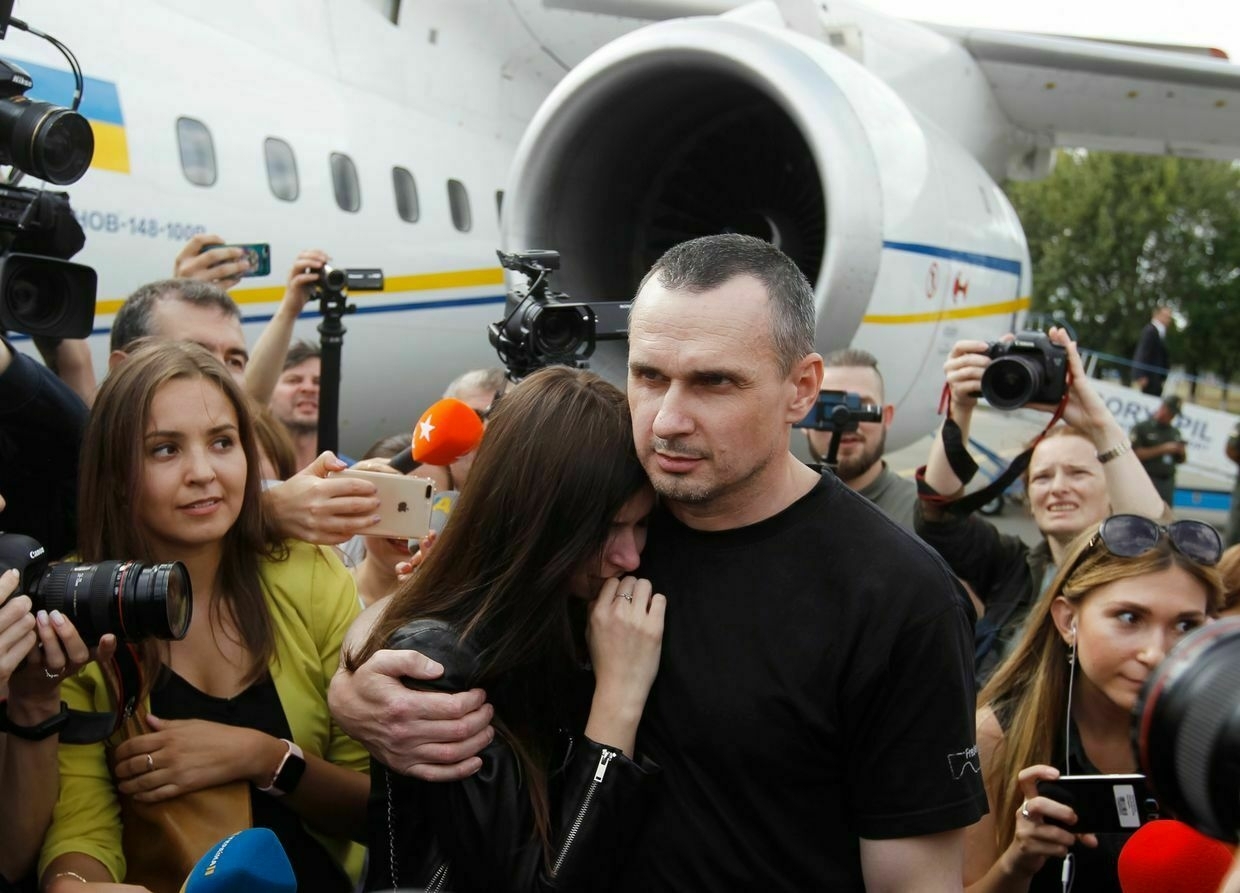
Ukrainian film director Oleh Sentsov (C) hugs his daughter Alina Sentsova after landing at Boryspil International Airport near Kyiv, Ukraine, on Sept. 7, 2019. (Pavlo Gonchar/SOPA Images/LightRocket via Getty Images) Types of POW exchanges and their frequencyThere's no single fixed formula for prisoner swaps — each exchange is unique and depends on the circumstances, according to Yatsenko.
The Headquarters refused to disclose which side normally initiates exchanges, citing the sensitive nature of the information.
Unlike Ukraine, Russia doesn’t have one government body tasked with negotiating and organizing prisoner exchanges. According to Bohdan Orkhymenko, head of the secretariat of the Coordination Headquarters for the Treatment of Prisoners of War, the Russian side normally includes representatives of the Russian Defense Ministry, the Federal Security Service (FSB), the Federal Penitentiary Service, and, sometimes, Russia’s Commissioner for Human Rights, Tatyana Moskalkova.
If there’s a political agreement on the number of soldiers to release, negotiations move forward faster. If there is no political agreement – which is more often the case – the number is agreed upon by the Headquarters and the Russian side. Yatsenko couldn’t share the details of how the sides decide on the number of POWs for each exchange.
Leading up to each exchange, Ukraine provides the lists of all Ukrainians considered to be in captivity or missing, requesting their return from Russia.
Ukraine has recorded over 70,000 people as missing, the majority of them soldiers, according to Artur Dobroserdov, the commissioner for persons missing under special circumstances.
Some exchanges take weeks or months of negotiations, often involving several parallel negotiation tracks, according to Yatsenko. But in cases like the recent 1,000-for-1,000 exchange agreed upon during Ukraine-Russia talks in Istanbul, there were “no real negotiations.”
"Each side simply handed over a list, and everyone listed was exchanged," Yatsenko says. "We retrieved all Ukrainian citizens, and the Russians took everyone we offered them."
However, the number of POWs released by Ukraine and Russia isn’t always equal.
Sometimes, exchanging just one person can secure the release of hundreds of defenders — like in the prisoner swap that took place in September 2022, when over 200 Ukrainian POWs returned home in exchange for Viktor Medvedchuk, Ukraine's most high-profile pro-Kremlin politician and Russian President Vladimir Putin's former right-hand man in the country.
Medvedchuk was arrested two months into the full-scale invasion on charges of high treason.
Yatsenko said that Russia initially wanted to exchange Medvedchuk for only one person, and it required significant negotiation skills from the Ukrainian side to secure the 200-for-one deal.
In the same exchange, five top commanders from the Azovstal defense — Ukraine's final stronghold during the Russian siege of Mariupol in the spring of 2022 — were swapped for 55 Russian POWs.
They were initially taken to Ankara, Turkey. Although Zelensky stated that they would remain in Turkey "until the war ends," the commanders, including Colonel Denys Prokopenko, commander of the Azov Brigade, returned home in July 2023.
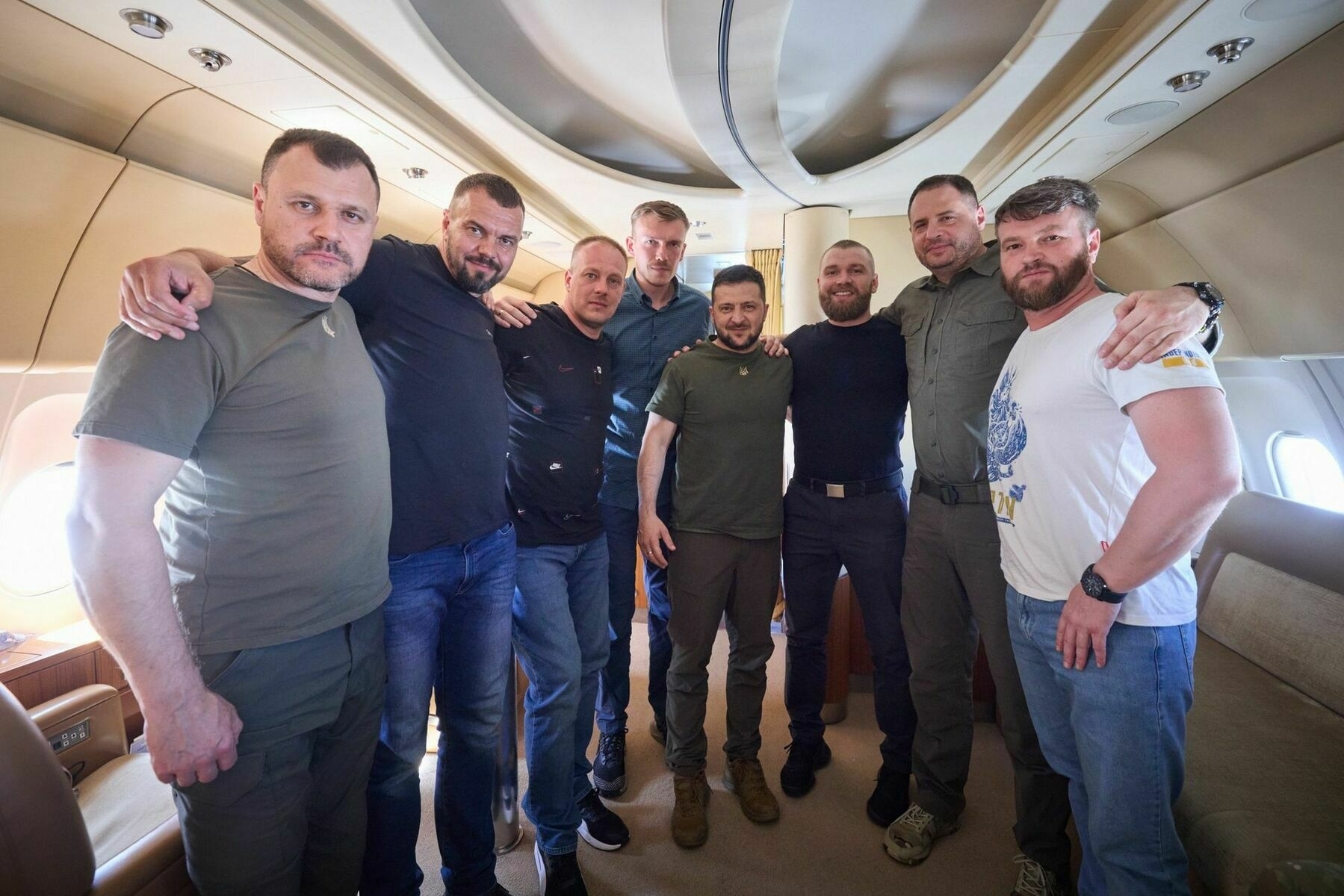
President Volodymyr Zelensky and the commanders who defended the Azovstal plant in Mariupol, Donetsk Oblast, stand aboard a plane on July 8, 2023. (Zelensky’s Facebook page) There's no set schedule for how often exchanges take place either.
Between August 2023 and early January 2024, no prisoner exchanges took place, which was the longest pause since the start of the full-scale invasion. According to Yatsenko, this was due to deliberate delays by the Russian side.
"We can only speculate about the reasons, but we believe Russia aimed to destabilize the internal situation in Ukraine or to provoke families of POWs into protesting or organizing mass actions," says Yatsenko. "They wanted to pressure the Ukrainian government this way."
Right now, there's a very "positive trend" of exchanges happening one after another, which means the "chances of reuniting with loved ones are growing," says Yatsenko.
Number of POWs and their detention locationsUkraine does not publicly disclose the number of its soldiers held in Russian captivity.
The key issue in identifying all Ukrainian POWs is the lack of Russia’s cooperation, according to Yatsenko, who says that Moscow often refuses to confirm who they captured. That’s why Ukraine’s database of POWs includes many of those whose captivity was corroborated by other former POWs but not necessarily confirmed by Russia.
"They don't provide any official confirmation of who they're holding, and many of our people are listed as missing. There's a chance some of them are actually in captivity," Yatsenko says.
Ukraine also does not disclose the number of Russian troops it holds in its camps. However, Yatsenko says there are "enough of them to carry out further exchanges."
"Even large-scale swaps don't significantly affect the overall number," he adds.
Russian POWs in Ukraine are primarily held in five specialized camps set up after the start of the full-scale invasion. Their locations are not disclosed for security reasons. Some detainees — mainly those under investigation for various crimes — are also held in pre-trial detention centers, but the majority are kept in the POW camps.
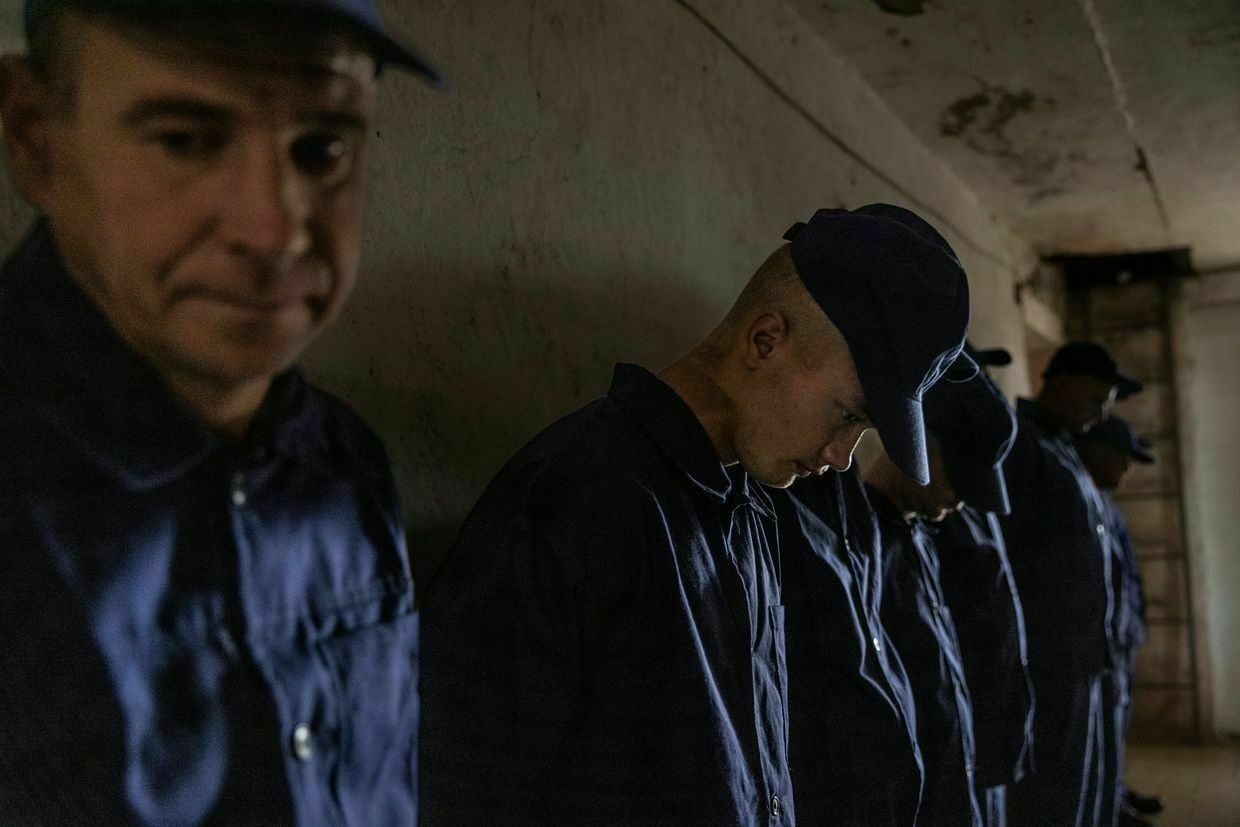
Russian POWs wait in line to call home at a prisoner-of-war detention camp in Lviv Oblast, Ukraine, on Aug. 3, 2023. (Paula Bronstein/Getty Images) Representatives of the International Committee of the Red Cross (ICRC) and the United Nations, as well as journalists, have access to Russian POWs and the facilities where they're held. ICRC inspections take place every two months and can last several days, according to Yatsenko.
"We're fully open. Russia, on the other hand, is completely closed off," he says. "They don't allow international representatives, the UN, or the Red Cross. Access is extremely restricted."
Russia doesn't have any specialized camps for POWs that meet the standards outlined in the Third Geneva Convention, according to Yatsenko. The Coordination Headquarters has identified and mapped 186 locations where POWs and illegally detained civilians are being held.
"These 186 detention sites are scattered across a vast area — from the temporarily occupied territories and beyond the Urals. There's even some evidence that our people are being held in facilities in Belarus," Yatsenko says.
Torture in captivityUnlike Russian POWs held in Ukraine, Ukrainian prisoners in Russian captivity are routinely subjected to torture and inhumane treatment.
According to the UN, over 95% of released Ukrainian POWs have reported being tortured while in captivity.
Many described beatings, electric shocks, prolonged stress positions, mock executions, and medical neglect, along with threats of death or rape. Some were starved, branded, or held in isolation for weeks.
In interviews with the Kyiv Independent, former POWs also spoke of being severely punished for speaking Ukrainian or showing any signs of national identity.
"They would threaten to cut off ears or a nose, pressing a knife to the ear and starting to cut it slightly, causing bleeding, all meant to terrify and break the prisoners."
One of the most notorious facilities is the detention center in Taganrog, where, according to survivors, torture is a daily routine. Press officer of the Azov Brigade and former POW Artem Dubina, who was held there, says that POWs were repeatedly beaten and electrocuted, often until they lost consciousness, with little food and almost no medical care for the wounded.
"They would threaten to cut off ears or a nose, pressing a knife to the ear and starting to cut it slightly, causing bleeding, all meant to terrify and break the prisoners," Dubina told the Kyiv Independent in May.
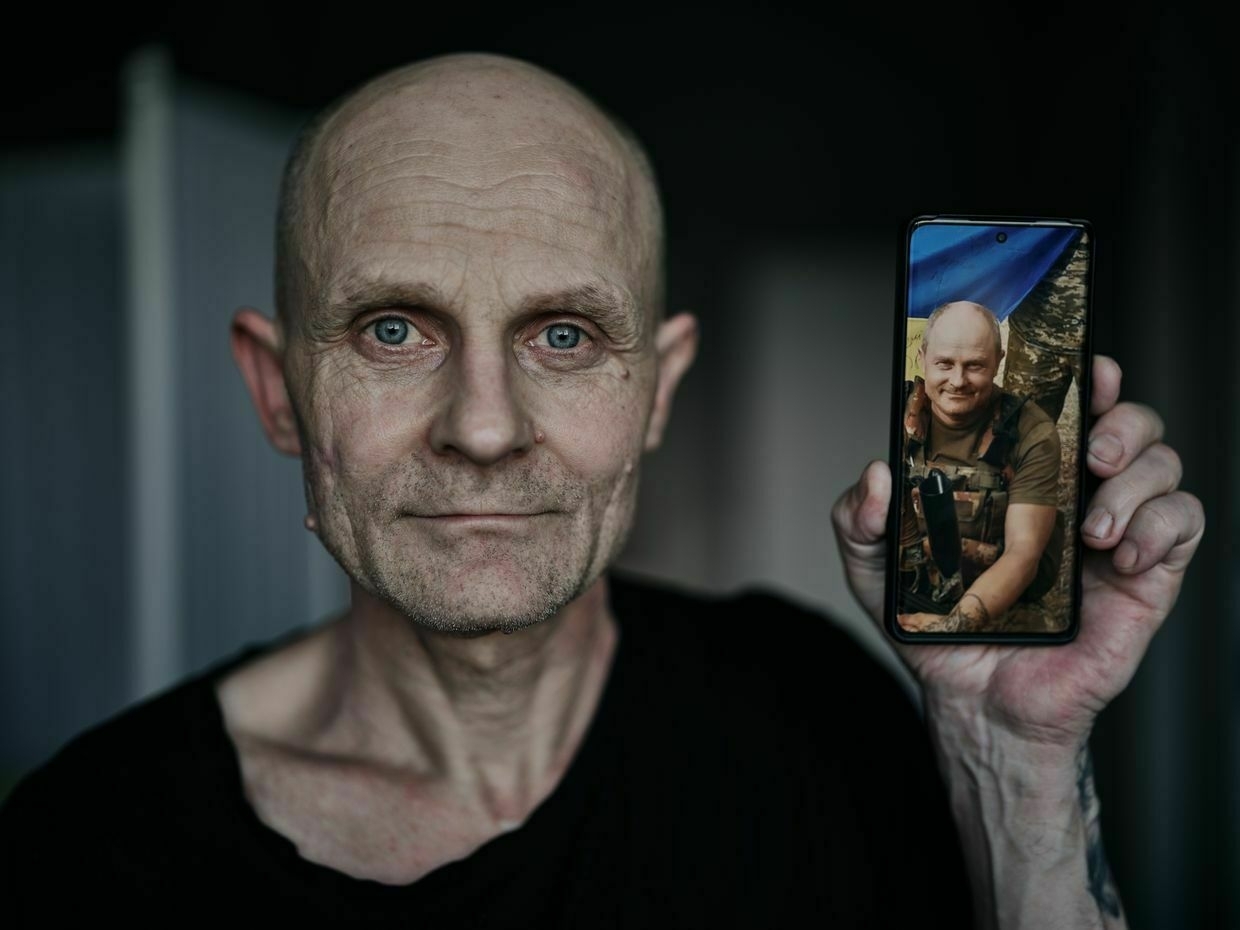
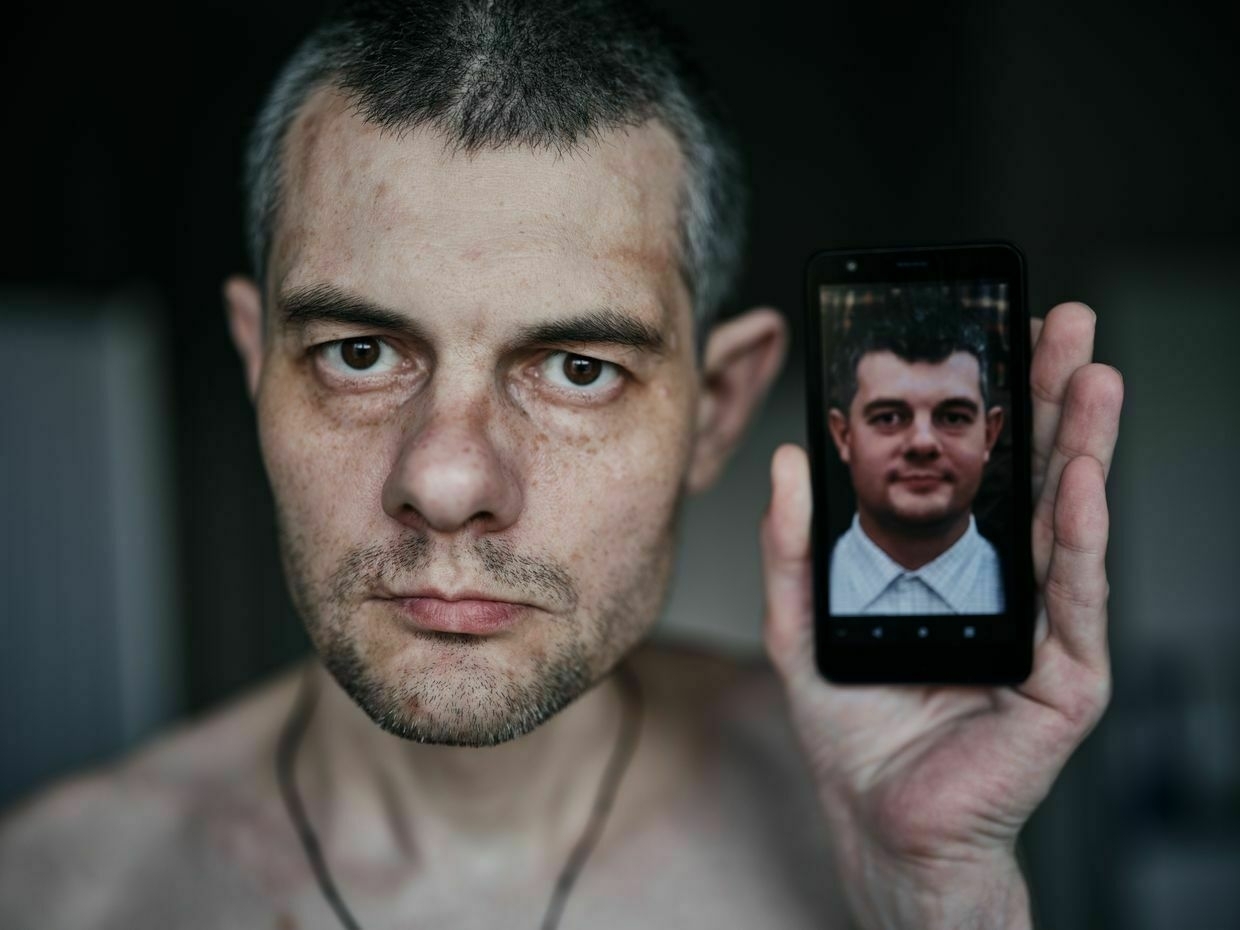
Ukrainian soldiers previously held captive by Russia show a photo of themselves before captivity, during rehabilitation at an undisclosed location in Ukraine on June 6, 2024. (Kostiantyn Liberov/Libkos/Getty Images) Over 180 Ukrainian POWs are confirmed to have died in captivity since the start of the full-scale invasion, many showing signs of torture or abuse, says Yatsenko.
"Unfortunately, we continue to receive the bodies of our soldiers, including those who had been officially recognized as POWs by the ICRC," says Yatsenko.
Logistics of POW exchangesFor Ukrainian POWs, their return home is often kept secret by Russia until the very last moment.
Russia also often uses the last moment to physically harm Ukrainian POWs, as those released from captivity say they were transferred from their detention facilities with their hands and legs tightly bound, placed close together so they couldn't move, and blindfolded.
"Sometimes prisoners are taken out to be exchanged but then sent back, which can be seen as a form of torture or psychological pressure," says Yatsenko.
Therefore, Ukraine informs the families of Ukrainian POWs only after their loved ones have arrived safely on Ukrainian territory.
"This is because we understand that an exchange might not happen, and such news would only cause additional suffering," Yatsenko says.
Russian POWs, by contrast, are notified that they will be exchanged ahead of it.
The process itself takes place on border territory, with the time and location usually kept secret for security reasons. Once back home, the released prisoners can call their loved ones to share the good news.
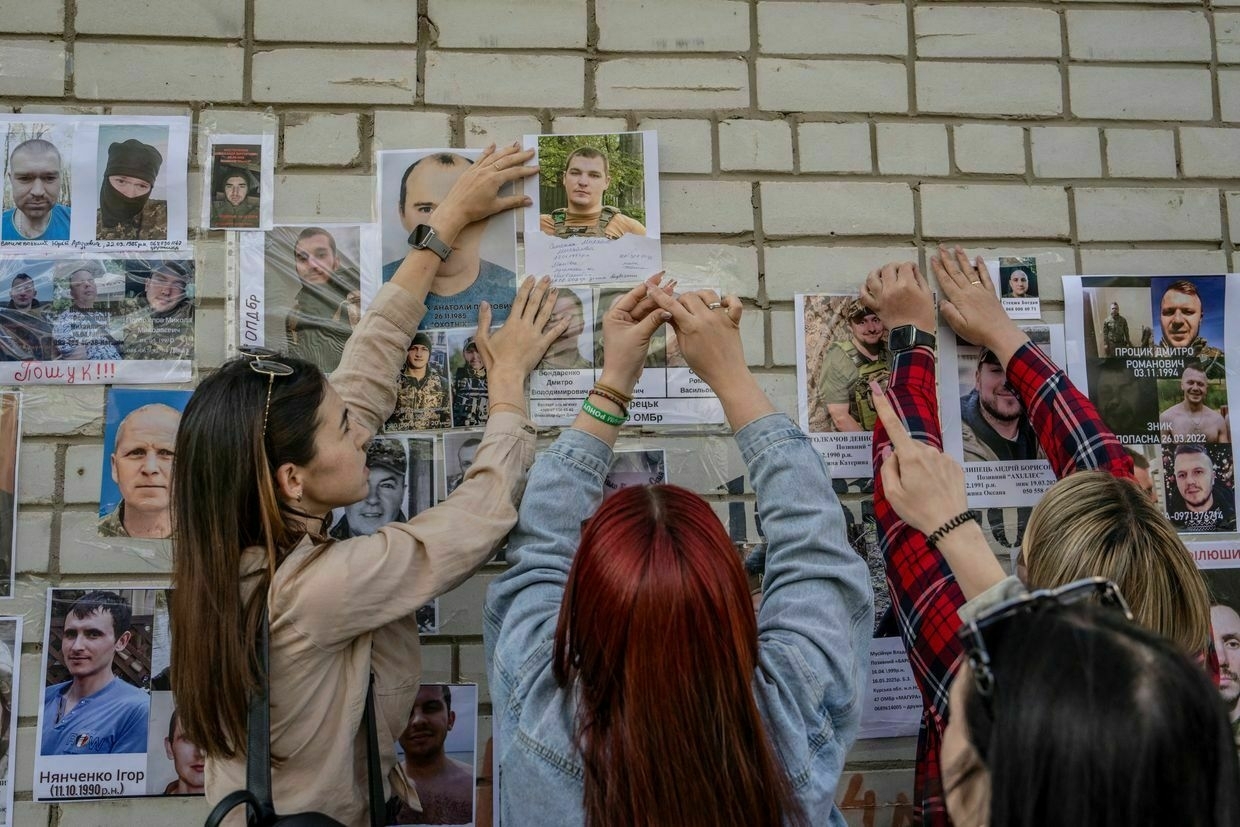
People post portraits of their missing or captured loved ones during the arrival of freed, injured, and severely wounded Ukrainian POWs in an undisclosed location, Ukraine, on June 10, 2025. (Andrew Kravchenko / AFP via Getty Images) However, many family members of POWs arrive at the site of exchange even without knowing whether their loved one is on the list. Even if it doesn’t result in the most anticipated meeting, at least they get a chance to ask the released POWs for any information about their family member still in captivity.
After release, Ukrainian defenders undergo medical examinations and receive treatment. They are also granted leave, the length of which depends on their health condition.
As former POWs, they have the right to leave military service — yet many choose to return to the front and continue fighting for their country.
Foreign POWsJust like with Ukrainian soldiers, Kyiv does not disclose how many foreign fighters are currently held in Russian captivity.
Since the start of the full-scale invasion, Zelensky has called on foreigners to join Ukraine in its fight for freedom, and many have answered that call – although the exact number of foreign nationals serving in Ukraine's ranks remains undisclosed.
Ukraine's International Legion alone includes experienced fighters and beginners from more than 50 countries, including the U.S., the U.K., Australia, and various countries across Europe, Asia, Africa, and South America, according to Ukraine's military intelligence.
According to Yatsenko, Ukraine successfully brought back 10 foreign nationals in 2022. Since then, the country has been cooperating with the embassies and diplomats of these individuals’ countries to ensure each one can return home.
Unlike Ukraine, Russia has made no visible attempts to recover foreigners fighting on its behalf.
Yatsenko did not disclose the number of foreigners in Ukrainian captivity but said they were from a number of countries, including African states, Sri Lanka, Cuba, Brazil, Slovakia, Yemen, and others.
Yatsenko says he does not know of any cases when foreigners have been exchanged with Russia.
"Russia appears largely indifferent to the fate of these people," he says. "Maybe they'll change their position in future talks, but they show no real interest so far."
Russia’s torture of Viktoriia Roshchyna shocks world, but dozens of Ukrainian journalists still in captivityIt took several DNA tests to confirm the identity of Ukrainian journalist Viktoriia Roshchyna, who was killed in Russian captivity in the fall of 2024. Roshchyna, 27, disappeared in August 2023 while on a reporting trip in Ukraine’s Russian-occupied territories. Moscow only acknowledged her detention the following year. Ukraine wasThe Kyiv IndependentDaria Shulzhenko
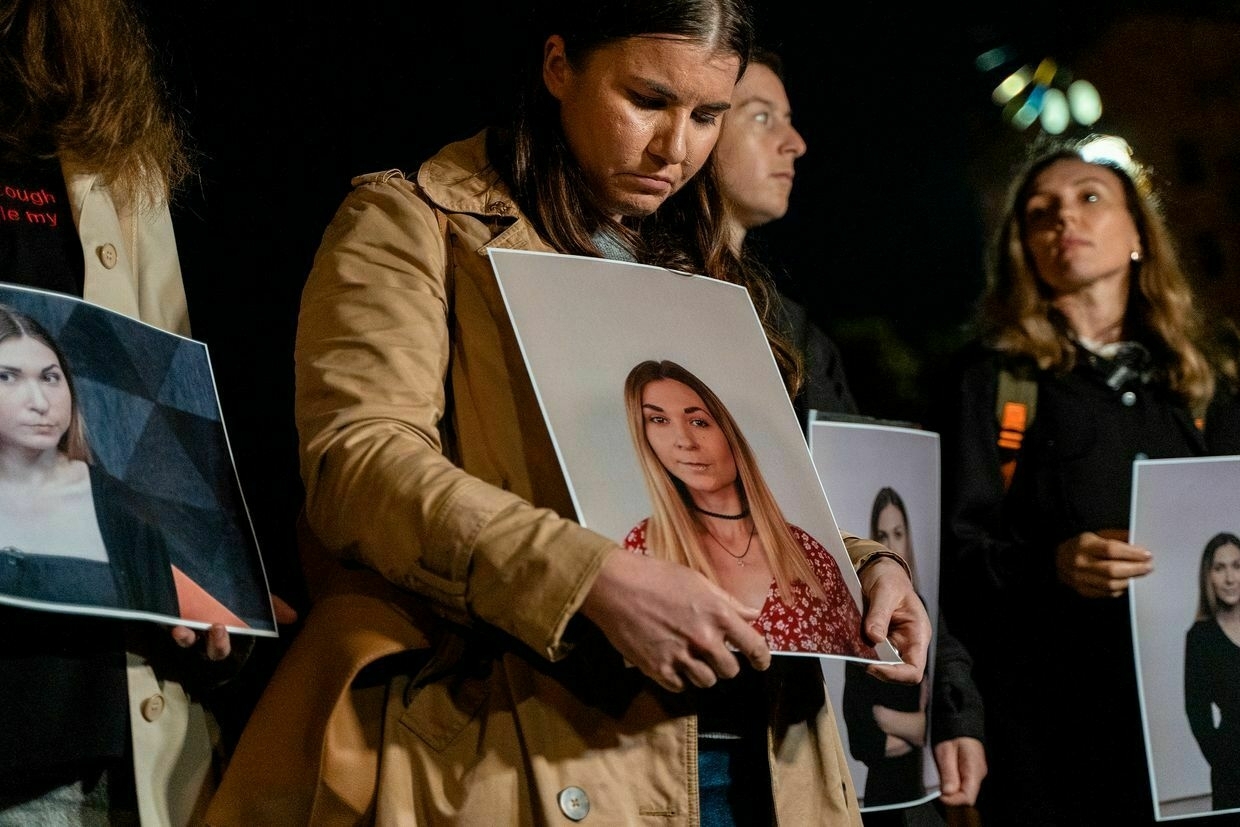
Ukrainian civilians in captivityUkraine is fighting to bring home not only POWs but also civilians illegally held captive by Russia.
As of December 2024, at least 16,000 Ukrainian civilians were held in Russian captivity, according to Ukraine's Ombudsman, Dmytro Lubinets. The actual number is unknown since Russia does not provide information about civilians and blocks ICRC representatives from visiting them.
The number does not include over 19,500 Ukrainian children illegally deported to Russia since the start of the full-scale invasion.
Only a limited number of civilians have been released since 2014, when Russia started its aggression against Ukraine. Russia has "deliberately withheld the return of civilians" to serve its war goals, including suppressing resistance in occupied territories, the Ombudsman's office told the Kyiv Independent.
"Russia also refuses to negotiate their return, knowing that each freed civilian can testify to its violations of international law."
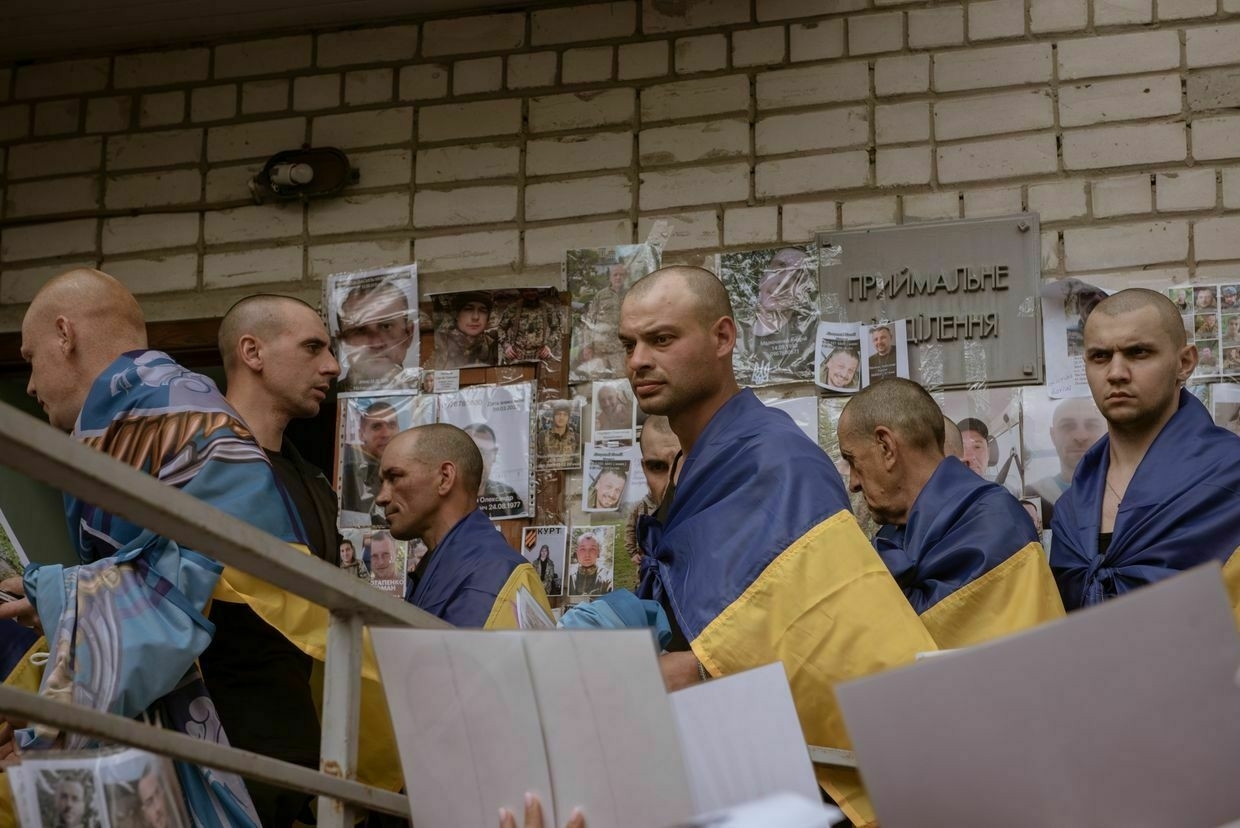
Recently released Ukrainian prisoners of war are seen after being freed during the “1,000-for-1,000” prisoner swap between Ukraine and Russia, in an undisclosed location, Ukraine, on May 25, 2025. (Andre Luis Alves/Anadolu via Getty Images) 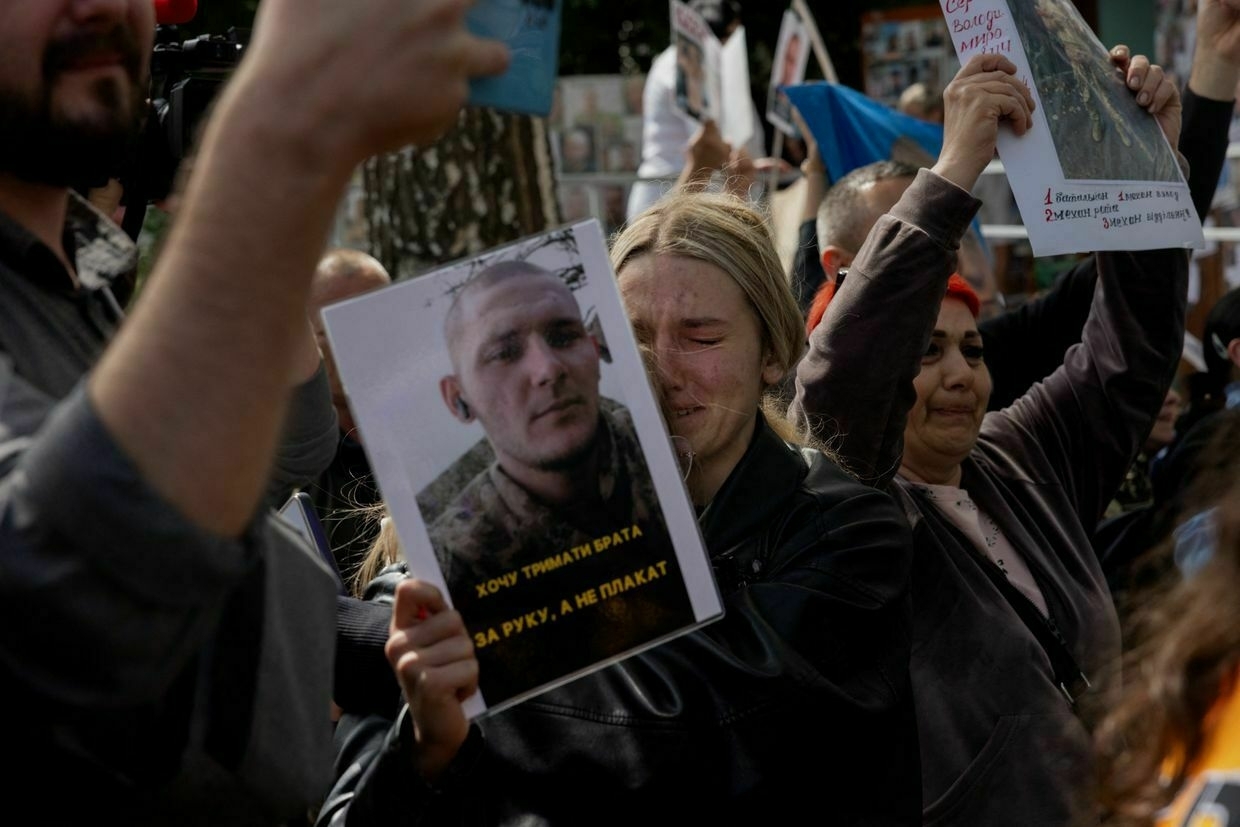
A girl cries while holding a photograph of her loved one, a prisoner of war, during a POW exchange at an undisclosed location in Ukraine on June 12, 2025, amid the Russian invasion of Ukraine. (Tetiana Dzhafarova / AFP via Getty Images) The release of civilians is very difficult because Ukraine has no Russian civilians to exchange them for, according to Lubinets. Yatsenko says that even though Russia should release Ukrainian civilians without any conditions, it rarely does.
The Headquarters launched several mechanisms to bring back civilians, including the "I Want to Go to My People" project.
Under this initiative, convicted Ukrainian collaborators, already serving prison sentences for aiding the Kremlin, can apply to be transferred to Russia in exchange for unlawfully imprisoned Ukrainian civilians or soldiers.
While this mechanism has existed since summer 2024, Russia has ignored it for a long time, says Yatsenko. It was only during the latest large-scale exchange that over 70 collaborators were transferred to Russia, allowing Ukraine to bring back its citizens.
Ukraine hopes Russia will release all civilians it holds illegally — and show more interest in taking back those who served its interests — "to help free Ukrainians from captivity and inhumane treatment," Yatsenko says.
Note from the author:
Hi! Daria Shulzhenko here. I wrote this piece for you. Since the first day of Russia's all-out war, I have been working almost non-stop to tell the stories of those affected by Russia’s brutal aggression. By telling all those painful stories, we are helping to keep the world informed about the reality of Russia’s war against Ukraine. By becoming the Kyiv Independent's member, you can help us continue telling the world the truth about this war.
-
21st-Century Dragoons: Dissecting Russia’s Motorcycle Assault Tactics
The reduced time between detection and engagement, driven by real-time drone surveillance and the high velocity of FPV attack drones, has created a hostile environment for traditional armored platforms on the battlefield. As a result, both sides in the war have been forced to adapt.
One such adaptation emerged in 2024, when Russian motorcycle assault groups began appearing with increasing frequency along the frontlines. Their presence quickly caught public attention, and their use has since become a common feature of frontline engagements. More recently, Ukrainian forces have also announced the formation of their own motorcycle units.
Considering the growing speculation about the effectiveness of motorcycle assault groups, particularly in a battlefield that remains relatively static but is saturated with artillery and drone activity, our team undertook a focused investigation to better understand this evolving tactic.
This report offers a detailed, though generalized, assessment of motorcycle assault group composition, tactics, and equipment as of June 2025. It draws primarily on intercepted Russian tactical-level documentation, testimony from frontline infantry and drone operators, publicly available interviews of Russian motorcycle crews and publicly available reports issued by the Ukrainian military. That said, it is important to note that the details of training, organization, and combat performance of these units can vary significantly between formations - and we do not have unified data across the entire frontline to offer a definitive, entirely data-backed conclusion.
Table of Contents:
Intro
I. Conditions for Adoption
II. Force Structure, Missions, and Tactics
III. Training and Field Drills
IV. Motorcycle Inventory
V. Combat Feedback: Ukrainian Perspective
VI. Summary and OutlookI. Conditions for Adoption
One of the key conclusions of our research is that before extrapolating the experience of Russian motorcycle assault groups to other theaters or advocating for their adoption by Ukrainian forces, we should first understand the underlying challenges and battlefield conditions that drove Russia to pursue this adaptation in the first place.
In a battlefield where neither side holds air supremacy and large-scale combined-arms operations remain difficult to execute, combat has shifted to smaller tactical formations - usually at the squad or company level, backed by armored vehicles. In this environment, traditional platforms like tanks and IFVs face growing challenges, especially amid constant artillery fire and the widespread use of cheap, fast drones.In response to these challenges and the accelerating depletion of armored vehicle reserves, Russian forces have increasingly relied on small tactical units using concealed movement to reduce the risk of detection. However, this comes at the cost of mobility and operational flexibility. Once discovered, such groups are often quickly eliminated by drone or artillery strikes. Even when they achieve tactical success, their ability to exploit defense breakthroughs are seriously limited when operating on foot.
So what are the factors that have created fertile ground for the growing use of motorcycles on the battlefield - and what can they tell us about the conditions that make their use viable?
The first is the Russian military’s persistent inability to conduct large-scale, coordinated combined-arms operations capable of breaching Ukrainian defenses. Even when Russia manages to amass significant formations, including hundreds of tanks, armored personnel carriers, artillery systems, missile units, and air defense assets, it continues to struggle with the integration and synchronization required for effective combined-arms assaults. As a result, Russians have shifted toward deploying small, low-quality assault groups in frequent, attritional attacks. This approach is focused on gradually wearing down Ukrainian forces and identifying weak points that can later be exploited
The second factor is the lethality of well-prepared defensive positions, particularly those enabled by real-time reconnaissance and precision-guided munitions. On today's battlefield, advanced surveillance tools allow defenders to identify high-value targets quickly, while massed precision fires make it possible to neutralize them.
Limited manpower and thinly held frontlines in Ukraine make it feasible for small, mobile units to slip through defenses. Unlike conventional infantry groups, successful motorcycle infiltrations can penetrate deeper into rear areas while remaining harder to target with artillery and more capable of suppressing FPV drones using larger electronic warfare (EW) systems mounted on motorcycles.
High loss tolerance in assault operations. As will be discussed further in this report, motorcycle assault tactics depend on mass deployment. The concept accepts heavy losses among assaulting units, as long as a small fraction succeeds in breaching enemy lines and completing the objective.
Lack of better-armored troop transport options. While Soviet-era BMPs and BTRs are vulnerable to FPV drones, more modern Western vehicles like the Bradley IFV’s offer better protection and have demonstrated greater survivability for transported personnel during artillery or drone strikes. Russia’s current armored fleet lacks a viable mass-produced alternative to provide a better protection
Geography and seasonal conditions favor mobility. Dry, flat steppe terrain significantly enhances the effectiveness of motorcycle assaults. In contrast, heavy snow, mountainous areas, or dense forests and jungles are much less suitable for this kind of maneuvering.
Once the advantages of motorcycle assault groups became clear, we assessed whether their benefits could justify the risks. At roughly $2,000–$4,000 apiece (depending on model and condition), these bikes are far cheaper to replace than infantry fighting vehicles, with minimal maintenance costs. Their mobility and low silhouette allow them to slip past obstacles and evade detection more easily than larger platforms - especially when paired with on-board electronic-warfare gear. Concealable even in small buildings, and nearly silent at night in electric variants, they preserve the element of surprise. A motorcycle can reach a position in minutes, outpacing a noisy, slower BMP or tank and narrowing the window for enemy FPV-drone response. Finally, they let teams carry heavier weapons - ATGMs, grenade launchers, or other support arms - along flanks, delivering fast, flexible fire support where it’s needed most.
II. Force Structure, Missions, and TacticsDespite the term “assault” in their name, these units are not solely used for direct assault attacks. In practice, their roles are more diverse - ranging from diversionary maneuvers and reconnaissance to behind-the-line infiltration, logistics and flanking support during larger assaults.
More importantly, the motorcycle serves primarily as a means of rapid transport, delivering troops to their objectives rather than serving as a combat platform itself. As leading military analyst Michael Kofman and B.A. Friedman have noted, a more accurate historical analogy might be “dragoons”— mounted infantry who rode into battle but dismounted to fight on foot. Dragoons were used for skirmishing, reconnaissance, flanking, and screening operations - tactical roles that closely resemble how Russian motorcycle units are now being employed.
The structure of a motorcycle assault group can vary depending on the unit, its assigned tasks, and available resources to the parent unit. However, in general, such a group typically consists of 6 to 8 motorcycles, with 1 to 2 riders per vehicle, resulting in a total personnel count ranging from 6 to 16 individuals on average.
At least one motorcycle in the group is usually equipped with a drone detection system, which scans the area for the presence of FPV drones. Additionally, these groups are expected to carry 2 to 3 electronic warfare (EW) stations, either mounted directly on motorcycles or carried in backpack on a rider, to disrupt communications between drones and drone operators during assault.
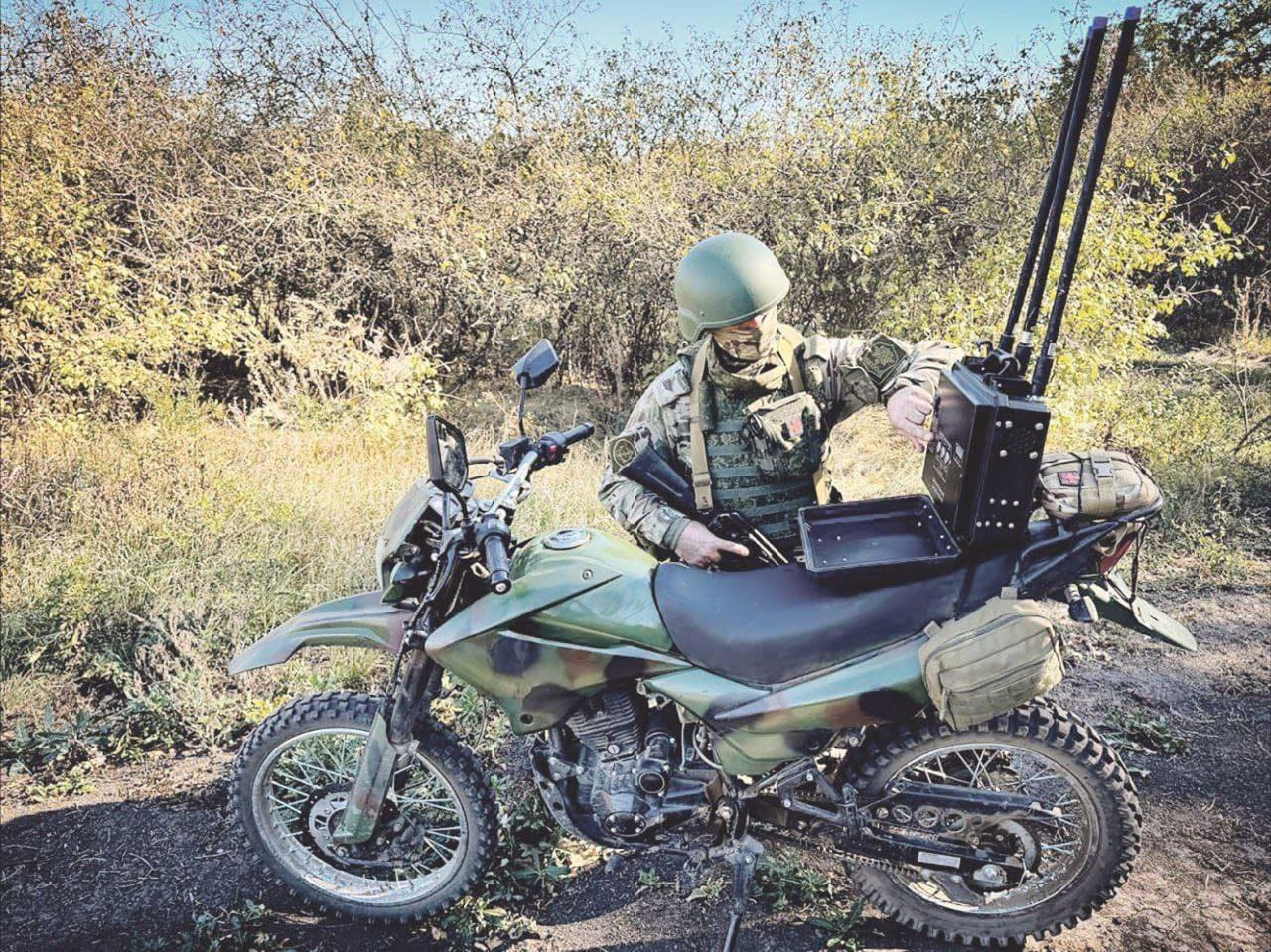
A Russian assault infantryman with his motorcycle, equipped with an anti-drone electronic warfare (EW) jammer Motorcycles with two riders optionally have the passenger as the primary combatant, ready to engage both ground targets and aerial threats, such as drones while on the move. In some cases, motorcycles are equipped with gun mounts for the driver, enabling limited fire capability. However, the driver mounted gun appears to be quite uncommon in practice.
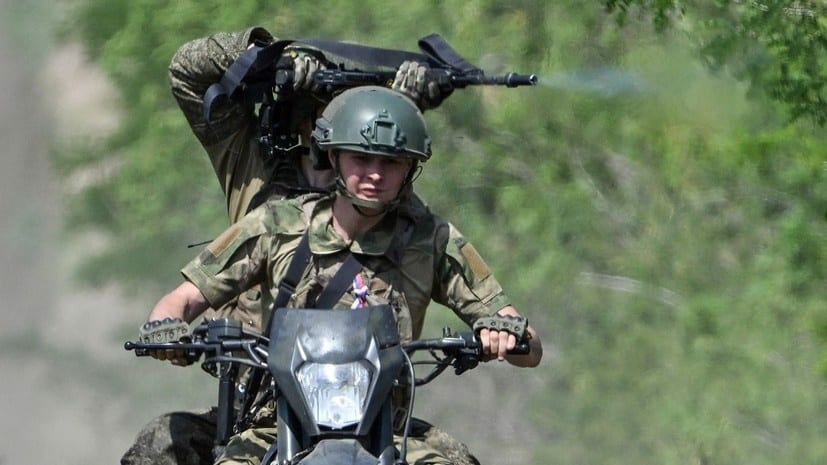
Motorcycle crew training with a passenger firing while on the move. Screenshot from Russian news coverage. RIA Novosti Common Tactical Maneuvers for Motorcycle Assault Groups:
Single Flanking: A maneuver where motorcycles circle the enemy position from one side to attack from an unexpected direction.
Pincer Movement: Simultaneous flanking from both sides to overwhelm or encircle the enemy.
Deep Penetration: Rapid advance beyond the first line of defense to disrupt rear-area logistics, rotations etc.
Diversionary Maneuver: Aimed at drawing enemy attention and fire away from the main assault force.
Reconnaissance-in-Force: Probing enemy positions while remaining mobile, often testing defensive response and locating weaknesses.
Beyond direct combat, motorcycle assault units fulfill other support roles. They conduct limited medical evacuation - extracting wounded personnel one at a time due to space and weight constraints, and carry critical supplies such as food, water, or ammunition within their load limits. In offensive operations, these teams have even moved troops into urban objectives: during the capture of Kurakhove, columns of three to four motorcycles, shuttled small groups of soldiers rapidly into the city. Finally, they rotate individual fighters in and out of frontline positions, again limited by the bike’s capacity but offering a faster alternative to foot or vehicle movement.
III. Training and Field Drills
While there were no systematic efforts to implement a unified training program across Russia’s ground forces in early 2024, a number of localized, unit-driven initiatives emerged from the bottom up. These early efforts lacked coordination and consistency. By the summer of 2024, however, the Russian Ministry of Defense began taking steps to formalize motorcycle and all-terrain vehicle (ATV) training programs across military training centers inside Russia.In July 2024, during a visit to a training facility in the Leningrad Military District, Defense Minister Andrey Belousov emphasized the need for dedicated courses on ATVs, buggies, and motorcycles. He cited their growing role in the rapid delivery of ammunition, food, and the evacuation of the wounded from frontline positions.
As of spring 2025, motorcycle and ATV training is underway both within Russia and across the occupied territories of Ukraine, integrated into force groupings at the operational level.
The training typically takes place on improvised or semi-permanent motocross-style tracks, designed for motorcycles and other light off-road vehicles. While the quality of these facilities varies, they tend to share key features: obstacle courses simulating minefields, uneven terrain, sharp ascents and descents. Training exercises often culminate with soldiers dismounting to engage targets from firing positions or to storm simulated trenches and dugouts.
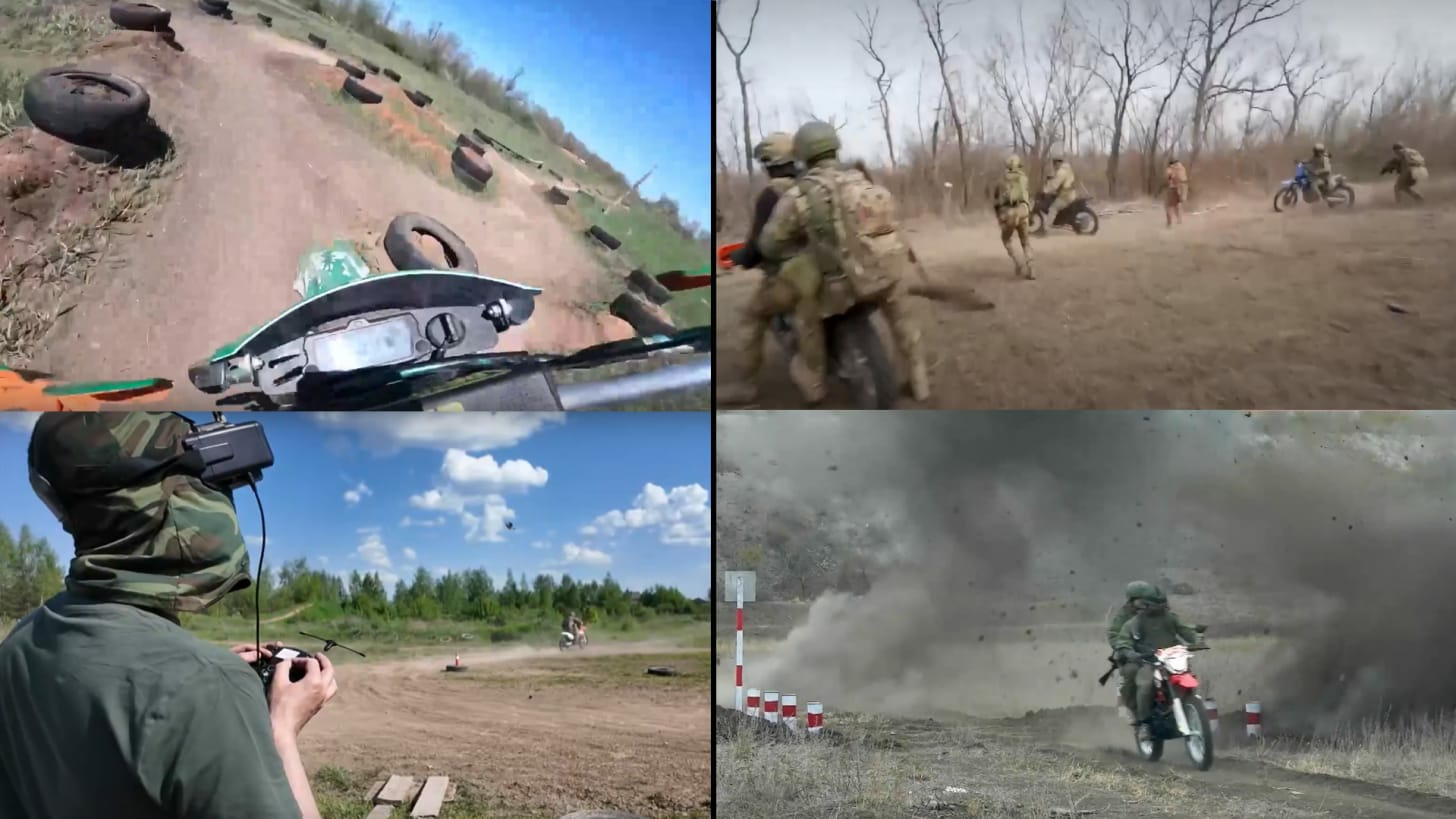
Clockwise from top left: obstacle course; infantry dismount during assault drill; training oversight; paired riding exercise. More advanced training centers include drone-supported observation, where instructors imitate FPV attacks and monitor assault groups from above to provide feedback. However, there is limited information on how rigorous these after-action reviews are, or how much time is devoted to correcting mistakes.
The duration of training varies widely. Basic riding instruction typically spans at least 16 hours, while more advanced tactical courses — including combat maneuvers and vehicle-based assault techniques — can take up to two months. In combat conditions, however, where personnel turnover is high, the full course is rarely feasible. As a result, most trainees likely undergo compressed programs reportedly lasting between two and four weeks.
This Substack is reader-supported. To receive new posts and support my work, consider becoming a free or paid subscriber.
IV. Motorcycle Inventory
Given the scale of the war and the demands on Russia’s military, a question naturally emerges: where are the motorcycles coming from, what models are used, and can Russia meet its needs with domestic production?The short answer to the last question is no. Most motorcycles deployed at the front are foreign-made, primarily sourced from China. This comes down to two basic factors: cost and production scale. While Russia’s defense sector had been developing motorcycles even before the war, and even ramped up efforts once demand surged, it still falls short of meeting frontline needs.
Equally important, it appears the Russian state is not the only supplier yet. As with drones, motorcycles often reach units through volunteers, local authorities from the unit’s home region, personal purchases by servicemembers, and state procurement.
Given the decentralized sourcing of motorcycles, the fleet in Russian units is notably diverse. Still, as previously noted, Chinese-made off-road models, particularly enduro-style bikes, dominate. As of June 2025, one of the most common models observed by our team was produced by Sharmax Motors, a Dubai-based company with manufacturing facilities in China. Among the most frequently used is the Sharmax Sport 280 from the Enduro line, with prices ranging from 180,000 to 300,000 rubles (approximately $1900 to $3,200).
Another emerging alternative, though still less common, is the use of electric motorcycles. These are gaining traction due to several advantages over gasoline-powered models: they’re significantly quieter and harder to detect with thermal imaging.
V. Combat Feedback: Ukrainian Perspective
Battlefield theories and expectations from tactical experimentation often diverge from reality. Many Ukrainian interviewees expressed skepticism about the growing "hype" surrounding motorcycles as a battlefield wunderwaffe, emphasizing that while motorcycles can be useful under specific conditions, they remain just a platform - far from a transformative innovation.
As an assault platform, motorcycles are generally seen as weak and unreliable, rarely delivering decisive results. However, when used in a proper role - alongside fire support, electronic warfare support, drones, and armored vehicles - they can be highly effective. The challenge, of course, is execution: Russian forces have struggled to coordinate such combined-arms operations even at the company or battalion level, limiting their ability to use motorcycles as efficient force multipliers.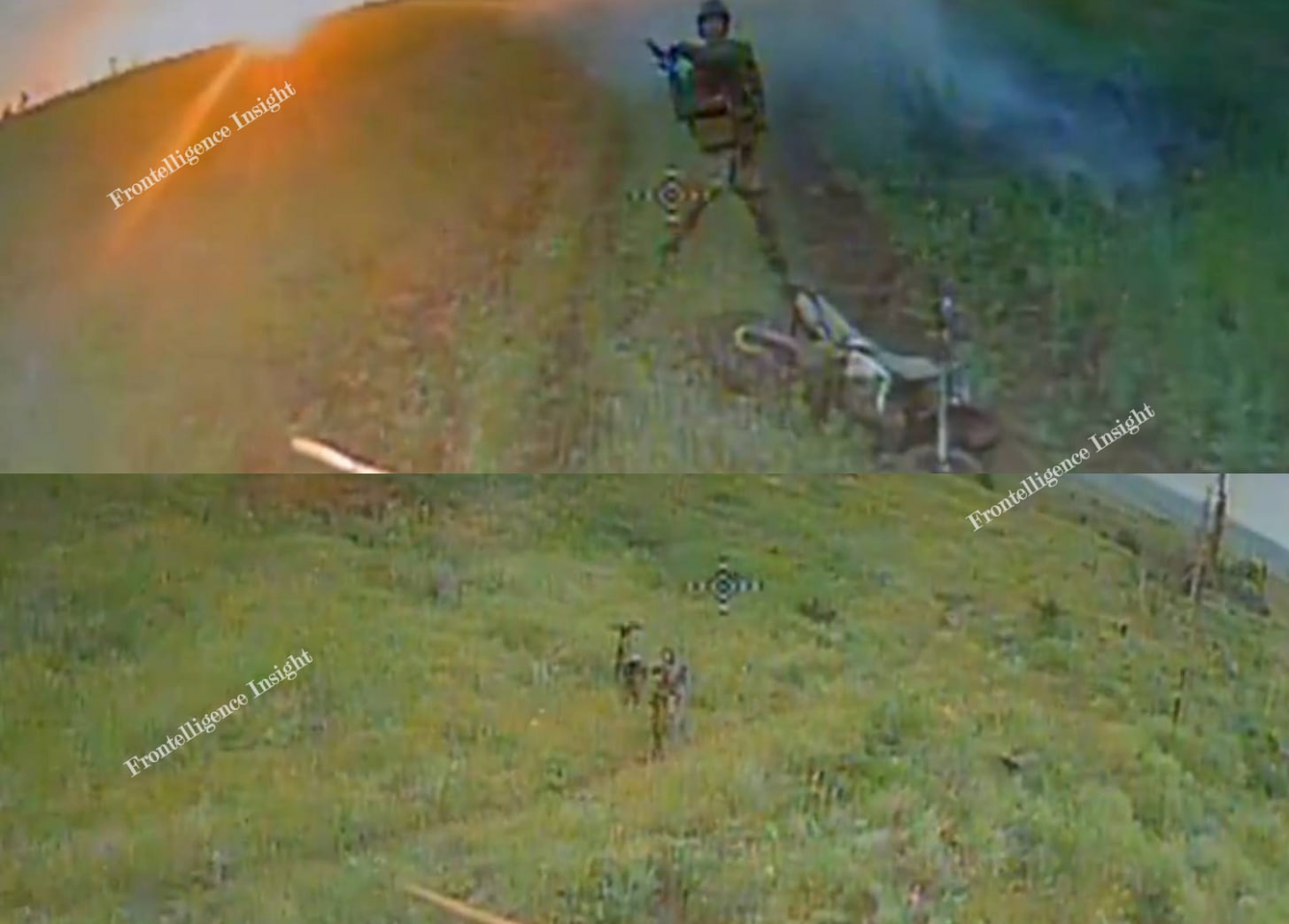
Screenshot from drone footage provided by a Ukrainian drone operator targeting a motorcycle assault group. While more maneuverable than traditional armored vehicles and better at avoiding artillery fire, motorcycles leave riders exposed and vulnerable to shrapnel from the same artillery. They also offer little protection against FPV drones, which often outpace riders with ease.
Finally, casualty rates remain a major concern. Feedback from across the front reveals two consistent patterns: either motorcycle assaults fail to deliver meaningful results, or success comes at a steep cost, with only one in several groups surviving to complete the mission. This raises serious questions about whether such losses would be considered acceptable by commanders in Western militaries.VI. Summary and Outlook
In summary, motorcycle dragoon tactics have their place on the battlefield, but they are unlikely to be a game changer on the scale of drones. Still, their use is likely to grow as a response to current battlefield dynamics. When properly coordinated with other assault elements, these units can enhance operational success and serve as a force multiplier. However, Russia continues to struggle with synchronized operations, significantly limiting their effectiveness.
Internal Russian Defense Ministry documents, currently unavailable for public release, suggest that motorcycles, ATVs, and buggies will become a standard part of assault unit structure. These papers indicate that more than half of the infantry in certain formations will be outfitted with such vehicles to boost mobility. If accurate, this signals a sustained Russian focus on tactical mobility, a shift that NATO may have to confront in the event of direct conflict. As such, this evolving Russian approach warrants further scrutiny.This Substack is reader-supported. To receive new posts and support my work, consider becoming a free or paid subscriber.
-
Aerospace giant Airbus to train Ukrainian specialists in aircraft maintenance
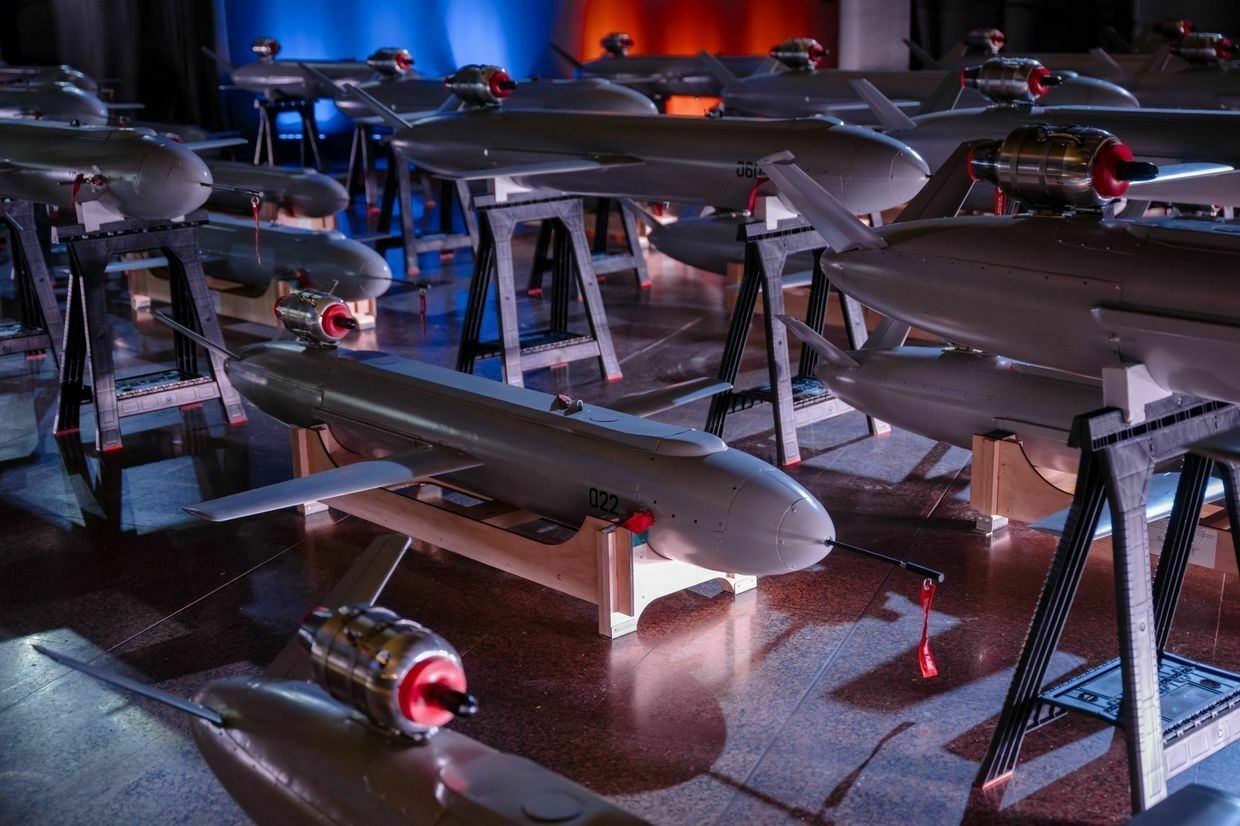
Ukraine’s state defense conglomerate Ukroboronprom and European aerospace giant Airbus have signed a trilateral cooperation memorandum at the Le Bourget International Air Show, the company announced on June 23.
The agreement launches initiatives to develop maintenance and repair capabilities for Airbus aircraft operating in Ukraine among specialists at Ukroboronprom’s enterprises.
As part of the deal, Airbus will send representatives to Ukraine to train local specialists, who will then become certified instructors for aircraft maintenance.
“Trust in our defense industrial complex, particularly Ukroboronprom and its enterprises, is growing among global high-tech companies,” said Oleh Hulyak, Ukroboronprom Director General, in a press release. “This proves we have chosen the right path for development and international cooperation."
Hulyak expects new partnerships with foreign partners in aviation and other areas of the company’s work.
Ukroboronprom is a leading strategic manufacturer of weapons and military hardware in Ukraine. The association unites about 100 enterprises that develop and manufacture weapons, military equipment and ammunition, including missiles, drones, armored vehicles.
The company reported a consolidated net profit of Hr 1.31 billion ($31.5 million) for the previous year as its enterprises tripled production volumes in 2024 compared to 2023, with a 36% increase in contracts.
In 2024, Ukroboronprom was ranked for the first time in history among the top 50 global defense companies by Defense News, according to Strategic Industries Minister Alexander Kamyshin.
‘It was impossible to look at’ — Russian mass missile, drone attack on Kyiv kills at least 9, injures 33Russia launched a wave of missile and drone attacks on Kyiv and surrounding region overnight on June 23.The Kyiv IndependentLucy Pakhnyuk
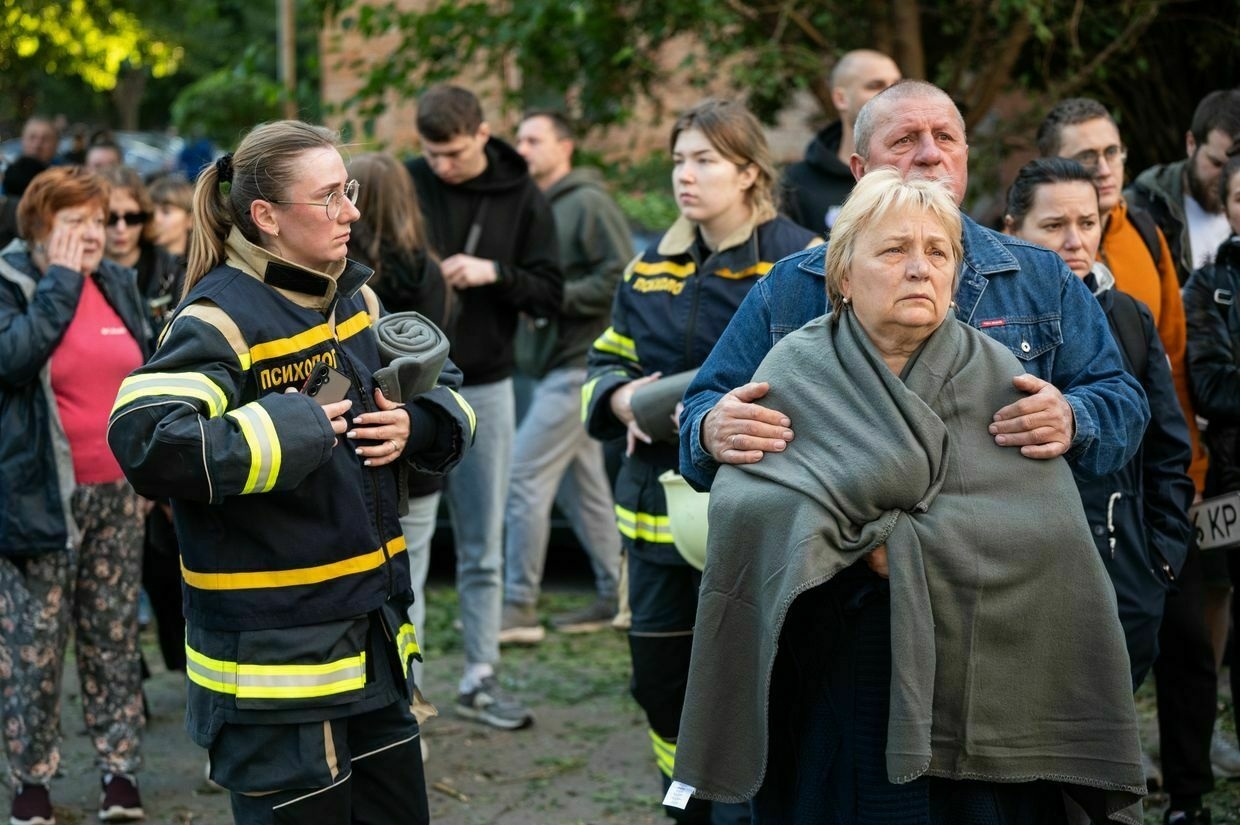
-
Ukrainian deputy prime minister suspected of corruption in high-profile case
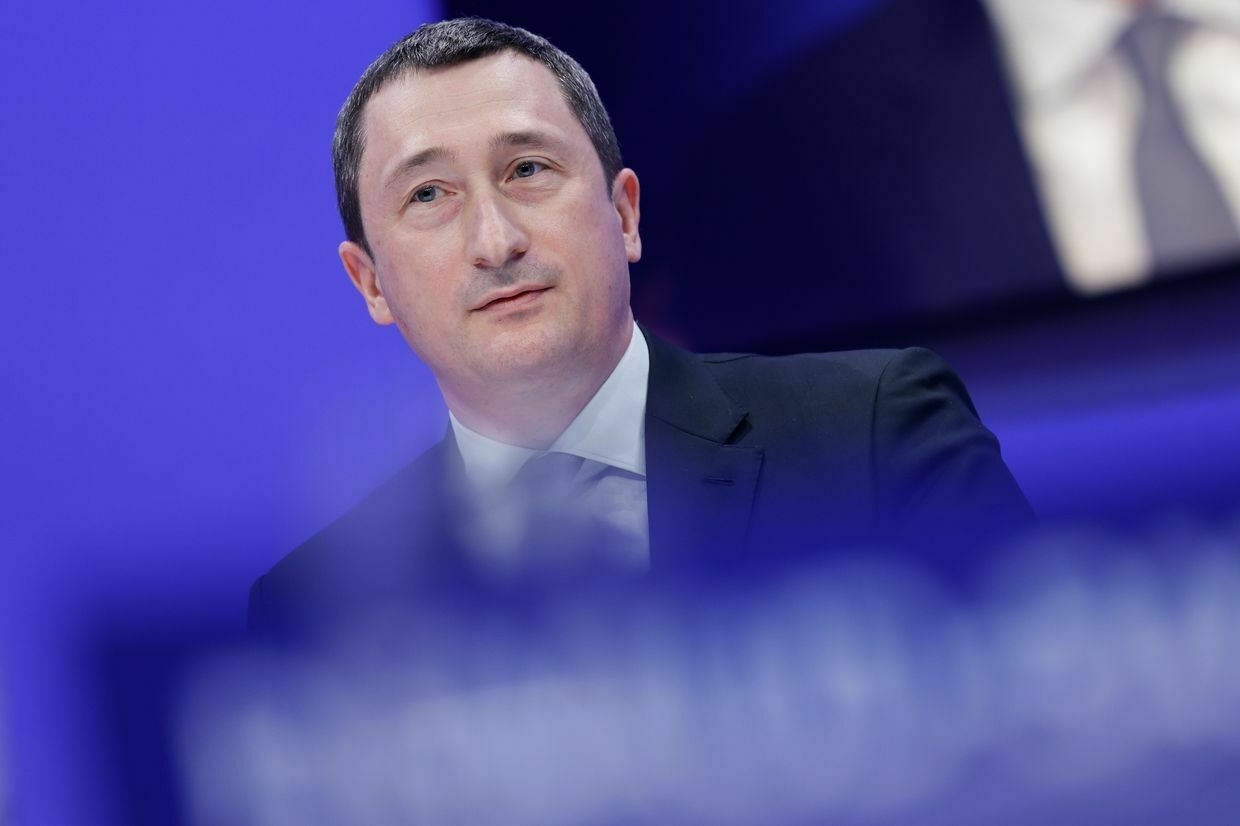
Editor’s note: This is a developing story and is being updated with additional details.
Ukrainian Deputy Prime Minister Oleksii Chernyshov has been formally named a suspect in a high-profile illegal land grab case, becoming the highest-ranking official in Ukrainian history to face such charges while in office.
After reports and public speculation around Chernyshov’s potential involvement, the National Anti-Corruption Bureau (NABU) on June 23 released a statement announcing that he was the sixth suspect in a “large-scale” corruption scheme lead by a property developer from Kyiv who illegally claimed a land plot to build a residential complex.
Chernyshov, who heads the new National Unity Ministry in charge of returning refugees, is a close ally of President Volodymyr Zelensky. He raised eyebrows in Ukraine after leaving the country on June 16, just three days after law enforcement revealed a massive corruption scheme and detained two of his former close associates — Maksym Horbatiuk and Vasyl Volodin.
According to the anti-corruption agency, during his time as Development of Communities and Territories Minister in 2020-2022, Chernyshov and his associates undervalued land plots by five times to benefit the developer, which Ukrainian media identified as Serhii Kopystyra, which allegedly cost the state Hr 1 billion ($24 million).
In exchange, NABU says the developer gave kickbacks to Chernyshov and his accomplices with “significant” discounts on apartments, totaling over Hr 14.5 million ($346,000). Ukrainska Pravda reports this took place between 2021-2022.
NABU and Ukraine’s Specialized Anti-Corruption Prosecutor’s Office (SAPO) seized the plot to prevent the scheme. Most of the illegally obtained apartments have been seized.
Chernyshov arrived back in the country on June 22 after suspicions mounted in Ukraine that he was on the run and avoiding detention. In a Facebook post, the minister said he was back from an “important” business trip and said he was being targeted by a “discreditation campaign.”
After arriving at NABU offices on June 23, he wrote on Facebook that he had a “constructive chat” with detectives and will cooperate with the organization. Hours before, he maintained his innocence.
An investigation into Chernyshov and two of his associates took place last year after suspicions arose, according to Ukrainska Pravda. However, sources in anti-corruption agencies told Ukrainska Pravda that the head of NABU, Semen Kryvonos, blocked police searches due to his close relationship with Chernyshov.
Chernyshov was appointed head of state-owned energy giant Naftogaz in 2022 after the dissolution of the Communities and Territories Development Ministry. He became the national unity minister in December 2024, a ministry created from scratch.
Deputy PM Chernyshov returns to Ukraine as questions mount amid corruption probeDeputy Prime Minister Oleksii Chernyshov returned to Ukraine on June 22 following his official trip abroad amid media speculations connecting Chernyshov’s absence to an ongoing corruption investigation.The Kyiv IndependentDmytro Basmat
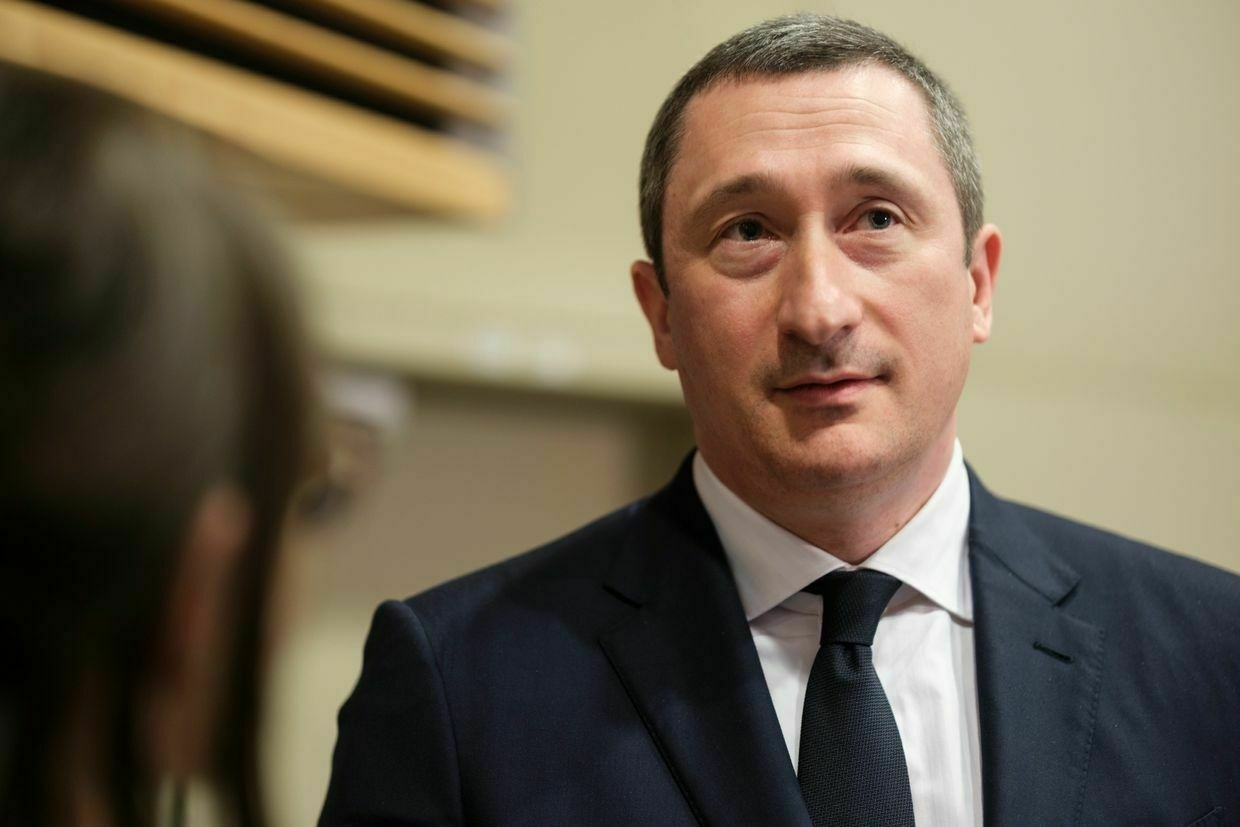
-
Fact Check: Recycled Video Does NOT Show U.S. "Deployment to Iran ... Just Filmed" On June 22, 2025
Does a viral video document U.S. Army soldiers deploying to Iran on June 22, 2025? No, that's not true: the video has been online since June 17, 2025. No Army deployments have been documented by evidence-based news sites and neither the White House nor Congress have announced U.S. troops will be sent to Iran. In military usage, "soldier" refers specifically to members of the Army.
The video was posted on several pages. It remained active in a June 22, 2025 X.com post (archived here) on the @HustleBitch_ page, with the caption "🚨 U.S. SOLDIER POSTS VIDEO - "DEPLOYMENT TO IRAN"". It continued:
A U.S. Army soldier just filmed inside a military aircraft filled with troops, and tagged it #deployment and #war. He says they're heading to Iran.
This is what the post on X looked like at the time this fact check was written:
(Source: X.com screenshot by Lead Stories.)
Using Google reverse image search, set for exact matches only, Lead Stories used a still image of part of the video to find the video had been posted to TikTok on June 17 by an account named music/original-sound that appears to be a sub-account of Team Trump, the 2024 X account of the Trump for President campaign. By June 24, the video was no longer displayed in that account's video catalogue, but here's the Google reverse image search index, showing the account and date:
(Source: Google.com screenshot by Lead Stories.)
The White House posted a summary of Trump Administration public statements (archived here) about the July 22 bombing raid on Iran's nuclear program with no mention of troops being deployed and heavy emphasis on statements that the U.S. is not going to war with Iran, just with its nuclear program, as in this example of quotes from Vice President J.D. Vance's television talk show appearances:
(Source: Whitehouse.gov screenshot with red highlights added by Lead Stories.)
Using the search phrase U.S. AND deploy AND Iran, in Google News for the seven days leading up to June 24, Lead Stories found in its index of thousands of news sites no reports of ground troops being deployed to the region, nor any reports of members of Congress supporting or opposing deployment of ground troops to Iran.
-
Amid Iran-Israel tensions, Trump calls for action to keep oil prices down
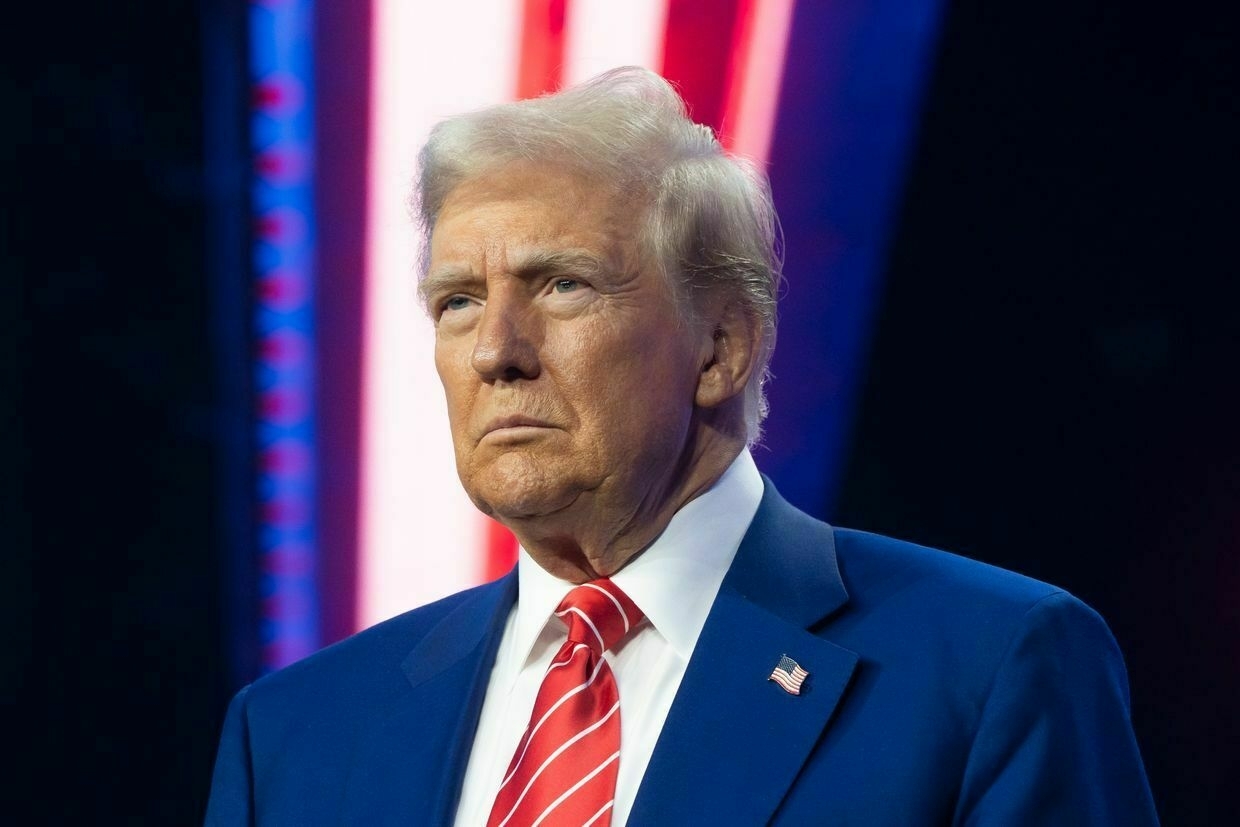
U.S. President Donald Trump on June 23 called for urgent measures to prevent rising oil prices amid escalating tensions with Iran.
“Everyone, keep oil prices down. I’m watching,” Trump wrote on Truth Social. “To the Department of Energy: Drill, baby, drill! And I mean now."
The post comes after global oil prices surged on June 13 following a series of Israeli air strikes on Iranian nuclear facilities. The escalation sparked fears of broader conflict in the energy-rich Middle East, home to critical oil shipping routes.
The surge in oil prices risks undermining Western attempts to curb Russia’s war funding, as the Kremlin relies heavily on oil revenues to sustain its invasion of Ukraine. President Volodymyr Zelensky has warned that a price surge could further embolden the Kremlin.
On June 21, the U.S. joined Israel in conducting airstrikes that targeted three nuclear facilities in Iran — Fordow, Natanz, and Esfahan. The operation triggered a strong response from Tehran, which threatened to block the Strait of Hormuz, a key global oil transit route.
U.S. Vice President JD Vance responded on June 22 that any Iranian attempt to shut the strategic waterway would “destroy their own economy.” The strait is a vital chokepoint for global energy supplies, with nearly a fifth of the world’s oil passing through it daily.
Amid the turmoil, the EU has reportedly postponed plans to tighten the $60-per-barrel price cap on Russian crude, originally imposed in December 2022. The mechanism restricts Western firms from shipping or insuring Russian oil sold above that threshold.
The Russian Finance Ministry has relied heavily on energy revenues to sustain defense spending, which hit record highs this year.
Ukraine has evidence Russia prepares military operations in Europe, Zelensky says“We are observing a continued intellectual decline within the Russian leadership and have evidence that they are preparing new military operations on European territory,” President Volodymyr Zelensky said.The Kyiv IndependentNatalia Yermak
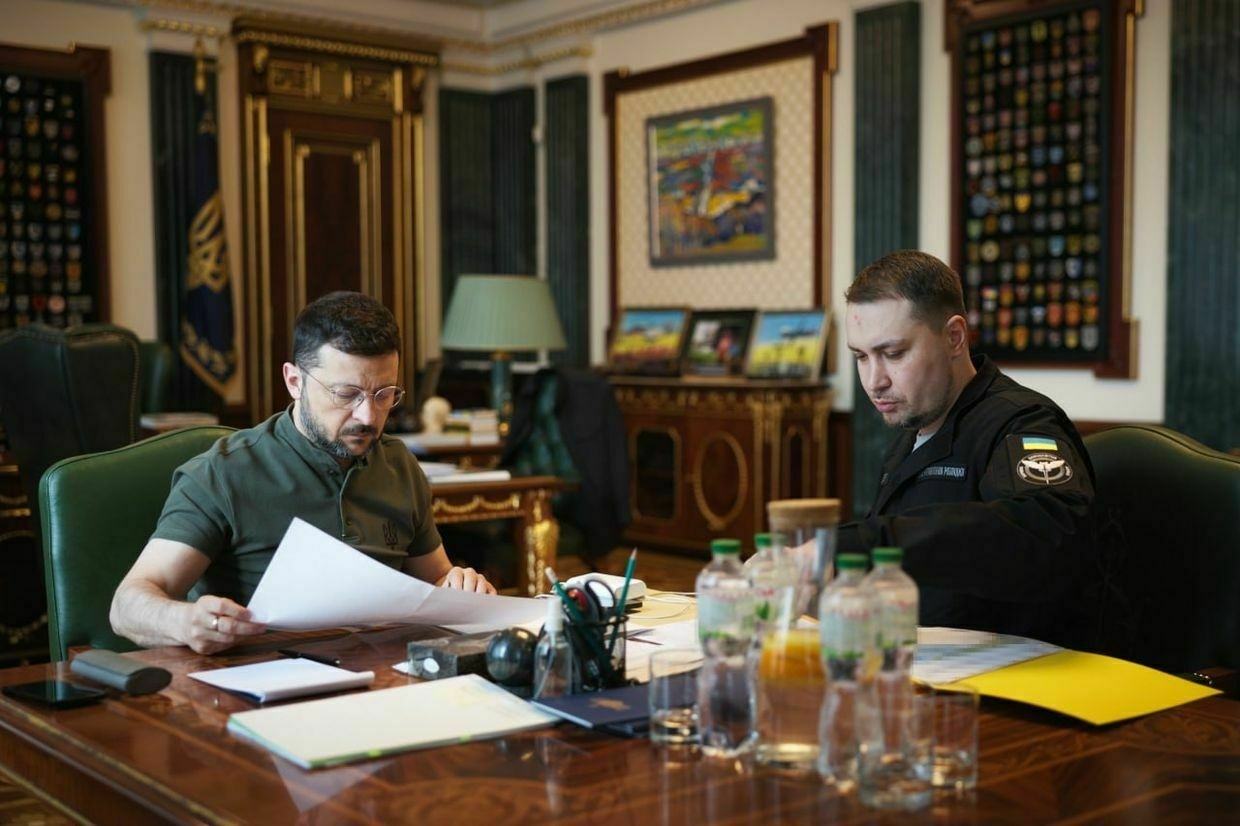
-
Ukraine state grid operator appoints CEO after 10-month vacancy, Ukrainian media report
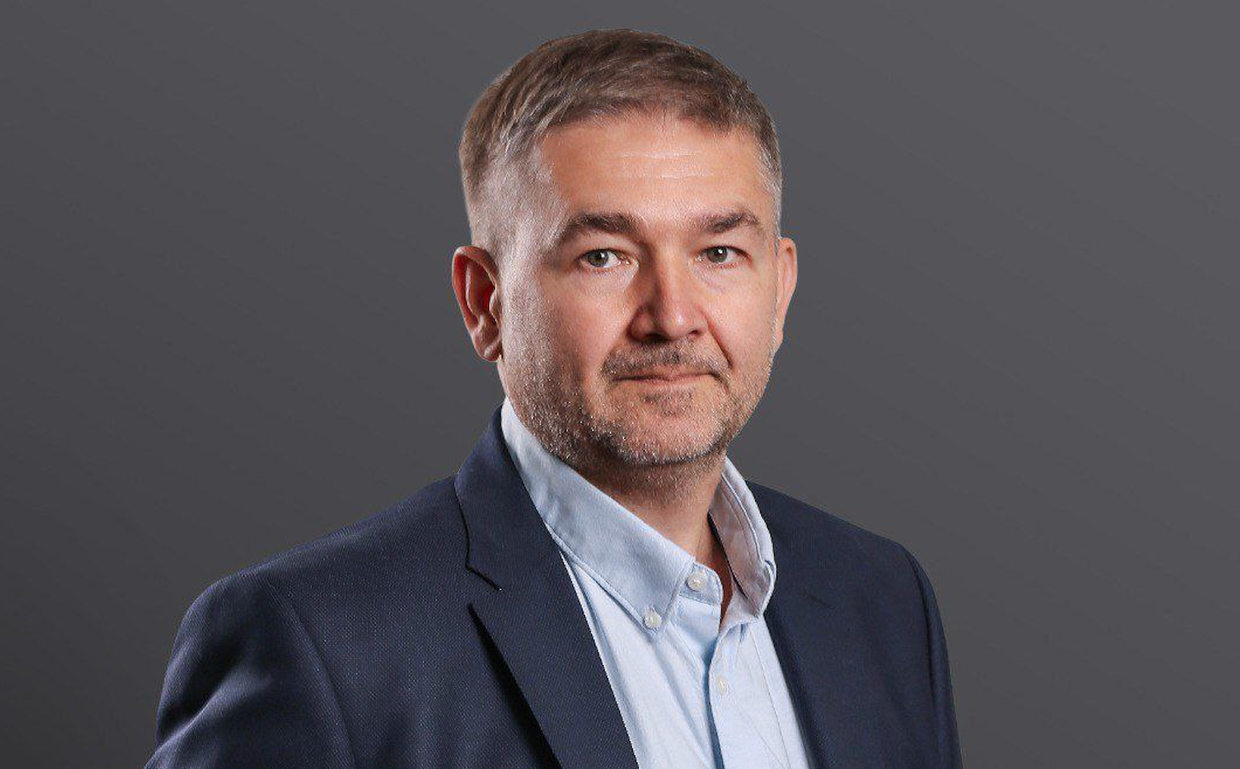
Ukrainian state grid operator Ukrenergo’s supervisory board has appointed Vitaliy Zaichenko, the company’s current chief dispatcher, as its new head, Ukrainian media reported on June 23.
The appointment comes after ten months of interim leadership following the controversial dismissal of former CEO Volodymyr Kudrytskyi in September 2024.
The company has been under temporary management of Oleksiy Brekht while the supervisory board struggled with prolonged disputes over the selection process.
Ukrenergo, which operates Ukraine’s electricity transmission system and is a member of the European electricity grid network (ENTSO-E), plays a critical role in the country’s energy security, especially during wartime when Russian attacks have repeatedly targeted energy infrastructure.
Zaichenko beat out two other finalists: Oleksiy Brekht, the interim head of Ukrenergo, and Ivan Yuryk, former acting head of Ukrainian Railways.
The supervisory board’s June 4 attempt to elect a new CEO failed amid conflict with the Energy Ministry, which changed appointment rules without consulting the Energy Community Secretariat, drawing criticism from European partners.
The new rules complicated the selection process by requiring five out of seven supervisory board votes instead of the previous four needed to elect a chairman.
According to Ukrainian MP Max Khlapuk, the European Bank for Reconstruction and Development (EBRD) threatened to block 141 million euros ($152 million) in funding and demand early repayment of 533 million euros ($574 million) already received over the rule changes.
Former Ukrenergo CEO Volodymyr Kudrytskyi was dismissed on Sept.2, 2024, after President Volodymyr Zelensky called for his resignation over alleged failures to protect substations from Russian missiles and drones.
Kudrytskyi disputed this account, saying he initiated the supervisory board meeting himself, though he did not reveal the reasons for his dismissal.
Following Kudrytskyi’s dismissal, supervisory board chairman Daniel Dobbeni and member Peder Andersen resigned early, citing political pressure in personnel decisions.
Ukrainian energy giant to build $115 million solar program with British partnerUkraine’s largest private energy company DTEK and British clean energy group Octopus Energy have launched a program to install rooftop solar panels and battery storage systems at Ukrainian businesses and public institutions, DTEK announced in a press release on June 23. The Kyiv IndependentYana Prots
The Kyiv IndependentYana Prots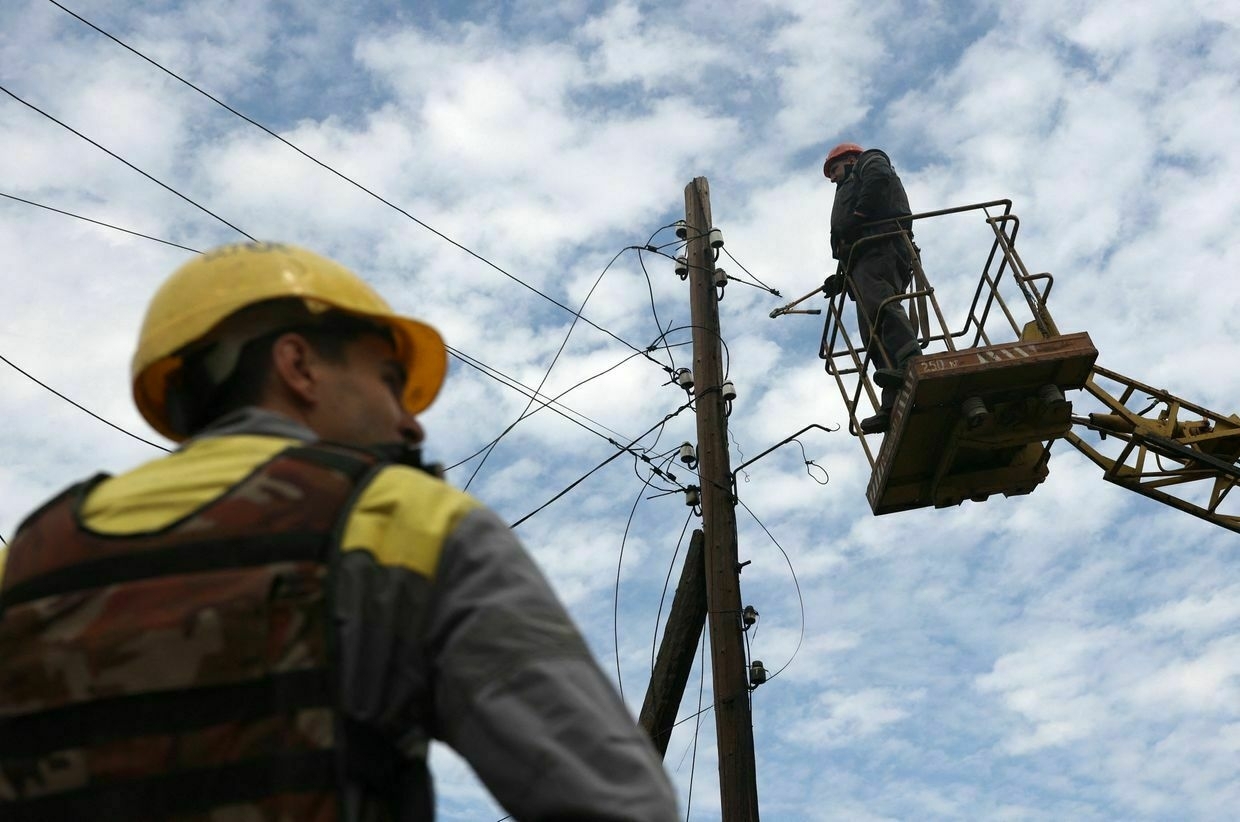
-
Russia ordered 2 assassination attempts on popular journalist Dmytro Gordon, Ukraine security service says
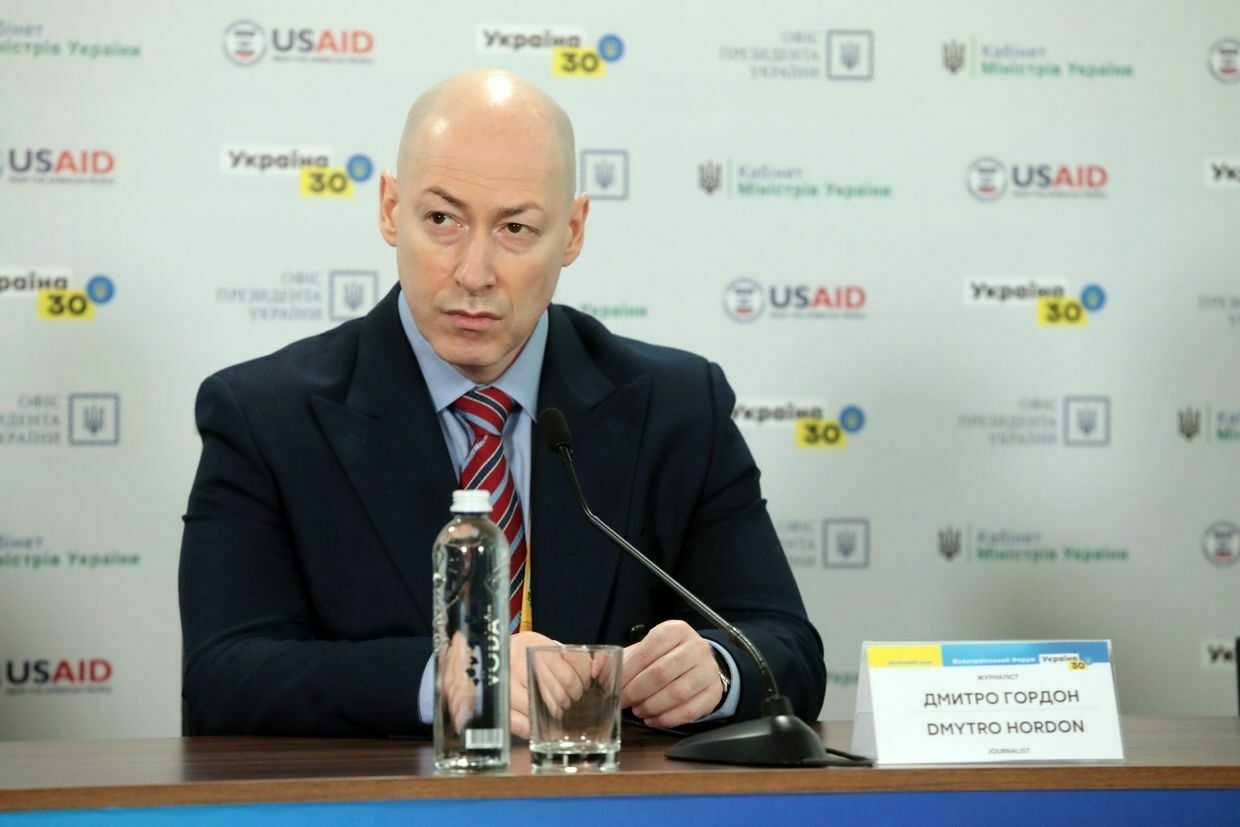
Russian President Vladimir Putin in 2023 authorized the ordering of at least two attempts to assassinate Ukrainian journalist Dmytro Gordon, Security Service of Ukraine (SBU) head Vasyl Maliuk told media on June 23, RBC-Ukraine reports.
Gordon is a prominent journalist and media personality popular in both Ukraine and other post-Soviet countries, known for his sharp criticism of Russian aggression. His YouTube channel has 4.5 million subscribers.
“Gordon triggers Russians. He has a large audience in Russia and in the (Russian) occupied territories (of Ukraine),” Maliuk said. “There are two networks that worked on Gordon that we can speak (publicly) about."
According to the SBU, the first network was led by a former lawmaker from the now-banned pro-Russian Party of Regions, originally from Poltava Oblast. The agency did not name the lawmaker.
The former MP was allegedly tasked by Russia’s Federal Security Service (FSB) with coordinating surveillance and preparations for a strike that would kill Gordon.
“The plan was to use a homemade explosive device or coordinate a missile or a drone strike — but only if Gordon’s presence in the targeted house was confirmed,” Maliuk said.
The SBU had already been investigating the ex-lawmaker for involvement in a separate railway bombing case in Poltava Oblast when the assassination plot was uncovered. The group was arrested before executing the plan.
The second assassination team, Maliuk said, was a criminal group from Dagestan working secretly for the FSB under the cover of being fugitives from Russian law enforcement.
"They sent this individual here long before the full-scale war. He carried out FSB tasks all the time — very professionally, very covertly," Maliuk said.
The group monitored Gordon's movements and residence, planning to assassinate him either with a short-barreled weapon if he was alone, or with a rifle and follow-up pistol shot if accompanied by a bodyguard.
The SBU detained the group, and its leader confessed to preparing the hit on Moscow's orders. He said he had been promised $400,000 for the killing.
Gordon, who has become a high-profile figure on Ukraine's information front, regularly uses his platform to expose Russian disinformation and advocate for Ukrainian sovereignty.
Lion attacks collaborator at safari park in Russian-occupied CrimeaFollowing Russia’s illegal annexation of Crimea in 2014, Oleg Zubkov renounced his Ukrainian citizenship and began cooperating with the Russian authorities.The Kyiv IndependentKateryna Hodunova
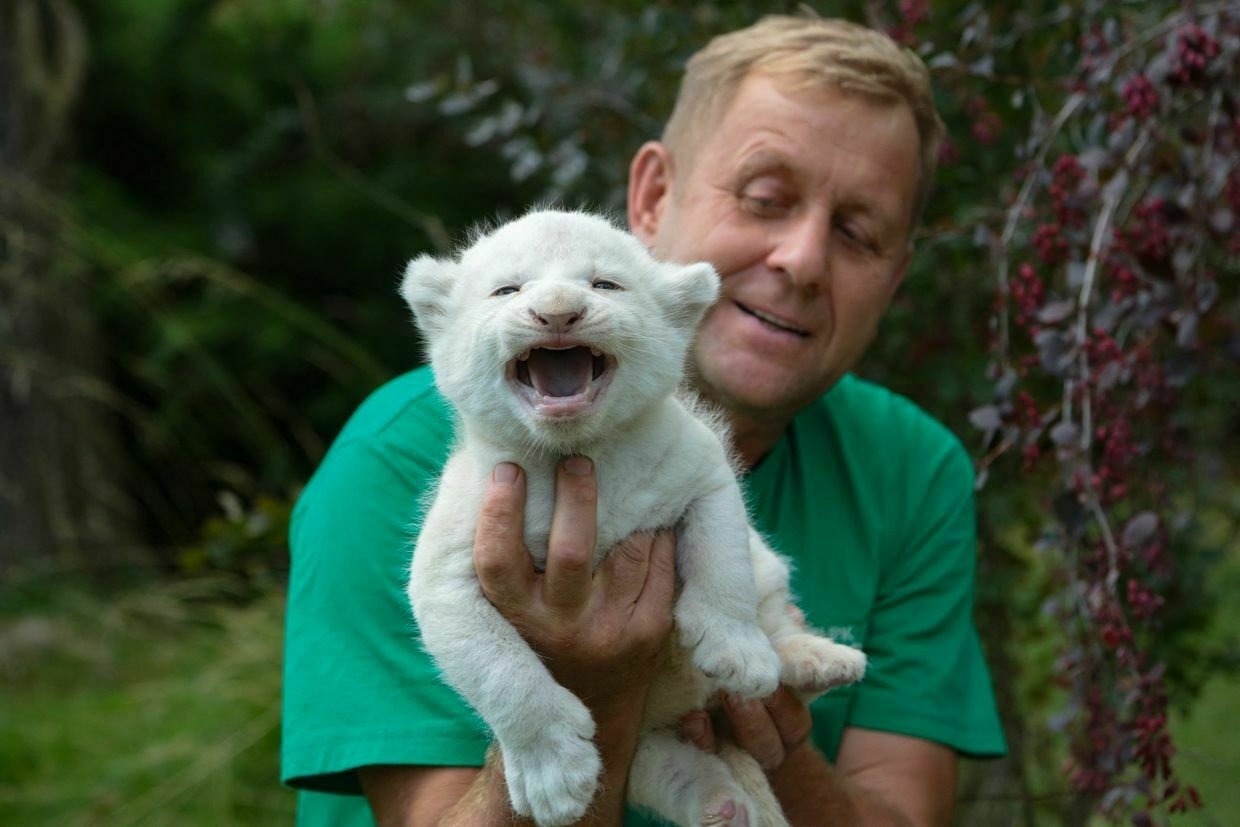
-
Ukrainian energy giant to build $115 million solar program with British partner
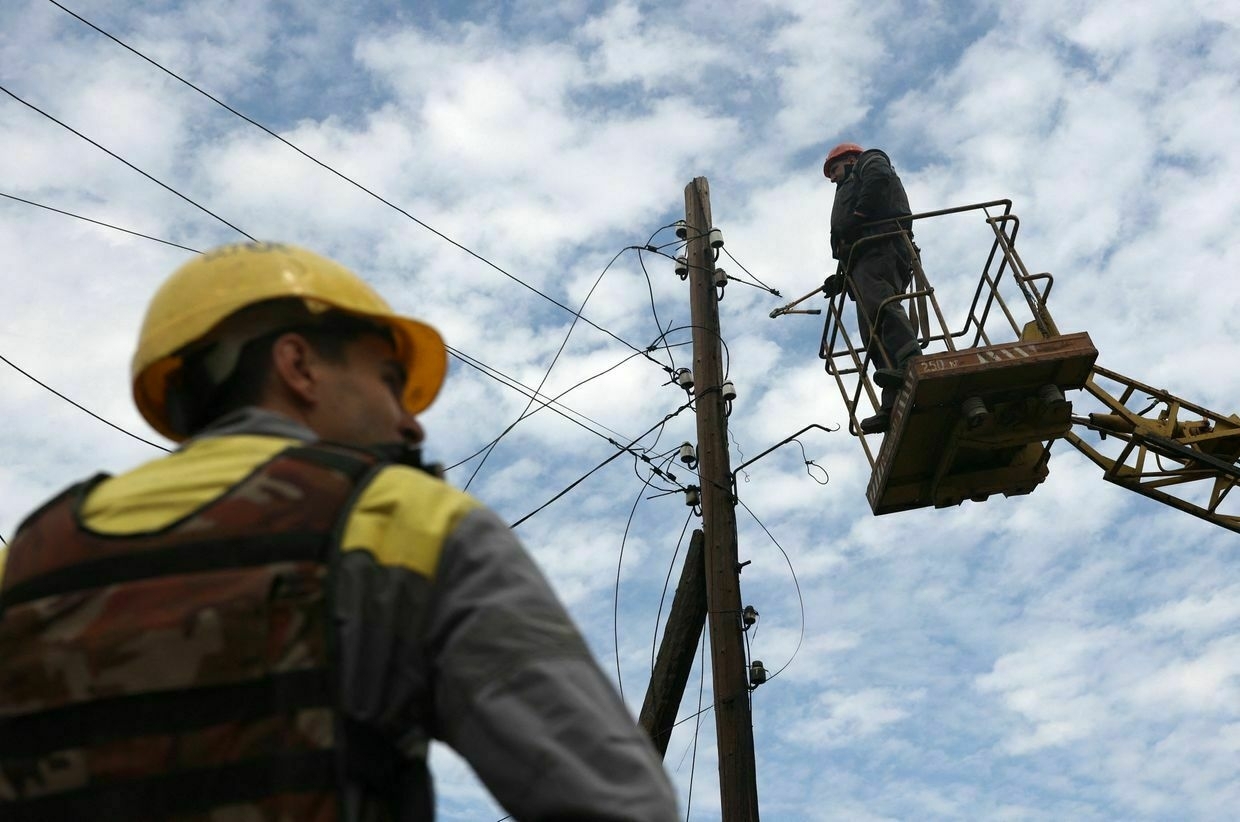
Ukraine’s largest private energy company DTEK and British clean energy group Octopus Energy have launched a program to install rooftop solar panels and battery storage systems at Ukrainian businesses and public institutions, DTEK said in a press release on June 23.
The program, called RISE (Resilient Independent Solar Energy), was announced at Octopus Energy’s Tech Summit in London and aims to raise 100 million euros ($115 million) to finance 100 energy projects over three years, helping stabilize the grid, lower electricity costs and protect customers from outages, the company said.
DTEK’s facilities have been repeatedly targeted since the start of Russia’s full-scale invasion as Moscow sought to cripple Ukraine’s energy infrastructure. The company was forced to shut down its gas production facilities in Poltava Oblast in March.
“About 70% of Ukraine’s thermal generation capacity has been damaged, destroyed or seized since the full-scale invasion,” said DTEK CEO Maksym Timchenko in the press release.
“This has created not only an urgent need to rebuild but also an opportunity to accelerate the shift to a decentralized, renewable energy system,” he added.
The alternative energy systems will be installed by D.Solutions, DTEK’s business unit operating under the Yasno retail brand.
Installed equipment will run on Octopus Energy’s AI-powered Kraken operating system, enabling businesses to optimize energy use in real time, reduce consumption during peak hours and sell surplus electricity back to the grid.
“They (DTEK) are rebuilding at pace and pioneering a decentralized, smart energy system powered by homegrown renewables,” said Greg Jackson, Octopus Energy Group founder and CEO.
According to DTEK, Ukraine’s commercial and industrial energy market has an untapped potential of 300 megawatts annually, valued at 200 million euros ($229 million). DTEK’s Yasno brand serves over 60,000 business customers and can generate projects worth 30 million euros per year.
DTEK previously announced plans to build one of Europe’s largest energy storage facilities with six installations across the country, totaling 200 megawatts to power 600,000 households. The company secured a $72 million loan from three Ukrainian banks.
Russia pulls its scientists out of Iranian nuclear plant, as Israeli strikes threaten decades of collaborationIsrael’s strikes on Iranian nuclear facilities have alarmed none more than Russia, the country that first brought nuclear power to Iran in defiance of Western objections. We’re “millimeters from catastrophe,” said Kremlin spokeswoman Maria Zakharova on June 18 in response to a bombing campaign that Israel launched against Iran on June 13. Decades of conflict with the West have united Iran and Russia, despite a cultural gulf between the two nations that dwarfs the Caspian Sea that physically di The Kyiv IndependentKollen Post
The Kyiv IndependentKollen Post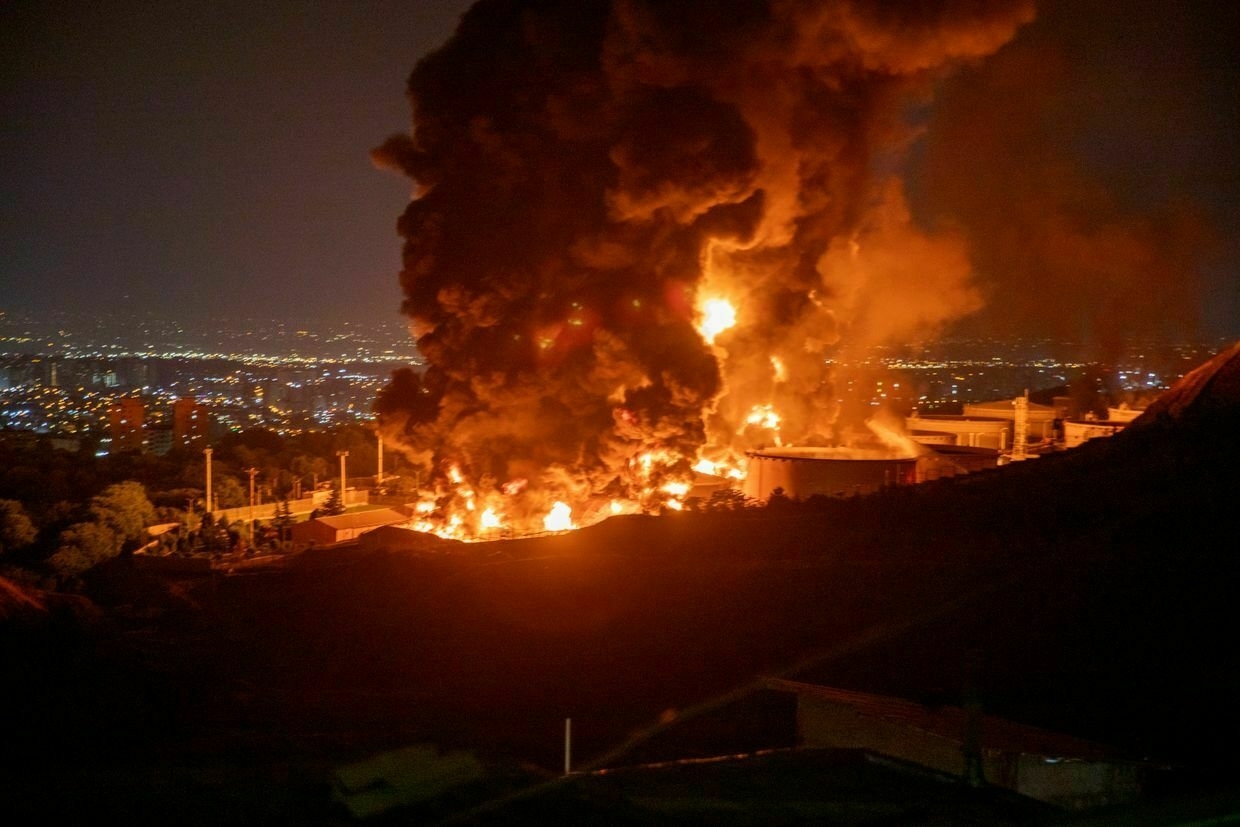
-
Lion attacks collaborator at safari park in Russian-occupied Crimea
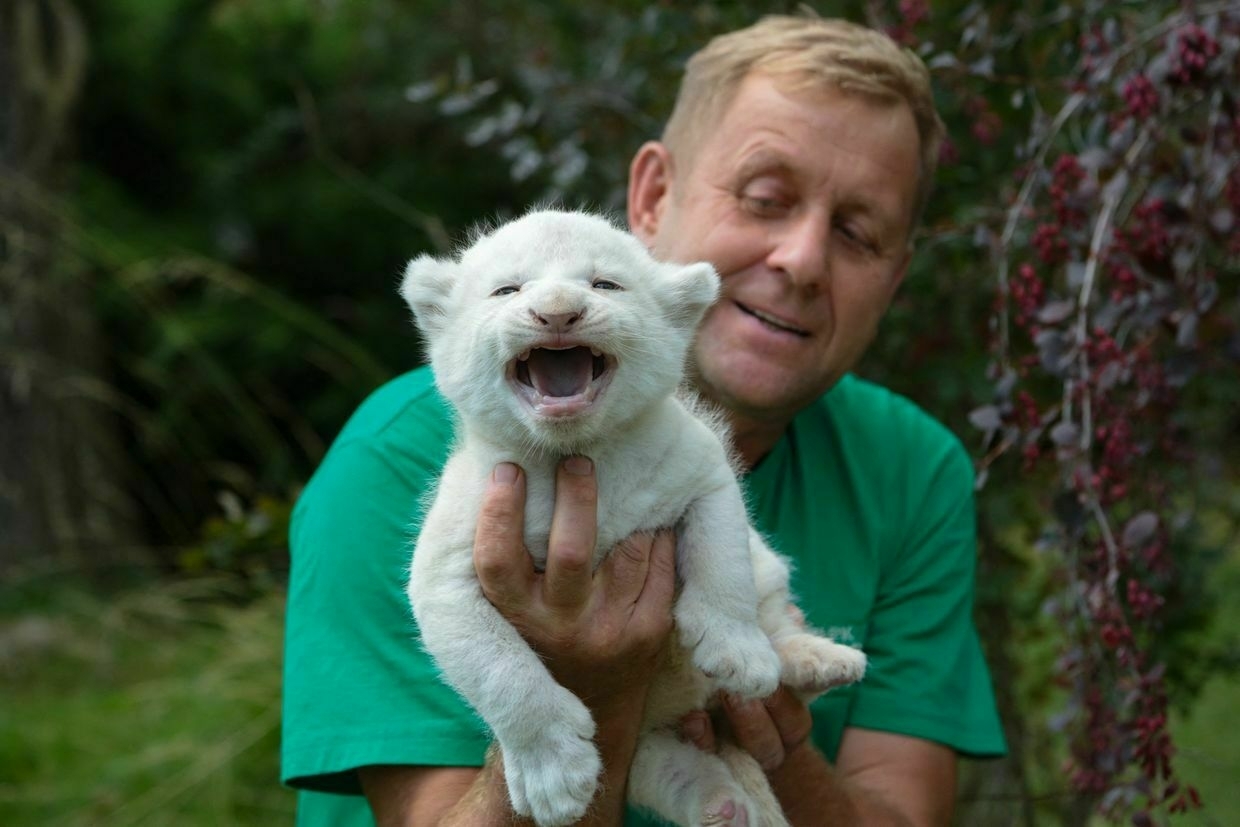
A lion has attacked collaborator Oleg Zubkov at the Taigan Safari Park he founded in Russian-occupied Crimea, the Crimean Wind Telegram channel reported on June 22.
Zubkov is a businessman who renounced his Ukrainian citizenship and began cooperating with the Russian authorities following Moscow’s illegal annexation of Crimea in 2014
He also smuggled animals from zoos in the partially occupied Zaporizhzhia and Kherson oblasts after the full-scale invasion of Ukraine in 2022.
During an evening feeding, Zubkov was attacked by a lion which tore his trachea, neck, and chest muscles with its claws. He managed to leave the lion’s enclosure but then lost consciousness.
As a result of the attack, Zubkov lost a significant amount of blood and was transported by helicopter to a hospital in Simferopol, Crimea.
Zubkov regained consciousness on June 23 after surgery, and his condition is described as stable.
This is not the first time lions at the Taigan Safari Park have attacked its staff. In 2024, three lions killed Leokadia Perevalova while she was cleaning an enclosure. Perevalova had worked at the park for 17 years.
Russia pulls its scientists out of Iranian nuclear plant, as Israeli strikes threaten decades of collaborationIsrael’s strikes on Iranian nuclear facilities have alarmed none more than Russia, the country that first brought nuclear power to Iran in defiance of Western objections. We’re “millimeters from catastrophe,” said Kremlin spokeswoman Maria Zakharova on June 18 in response to a bombing campaign that Israel launched against Iran on June 13. Decades of conflict with the West have united Iran and Russia, despite a cultural gulf between the two nations that dwarfs the Caspian Sea that physically di The Kyiv IndependentKollen Post
The Kyiv IndependentKollen Post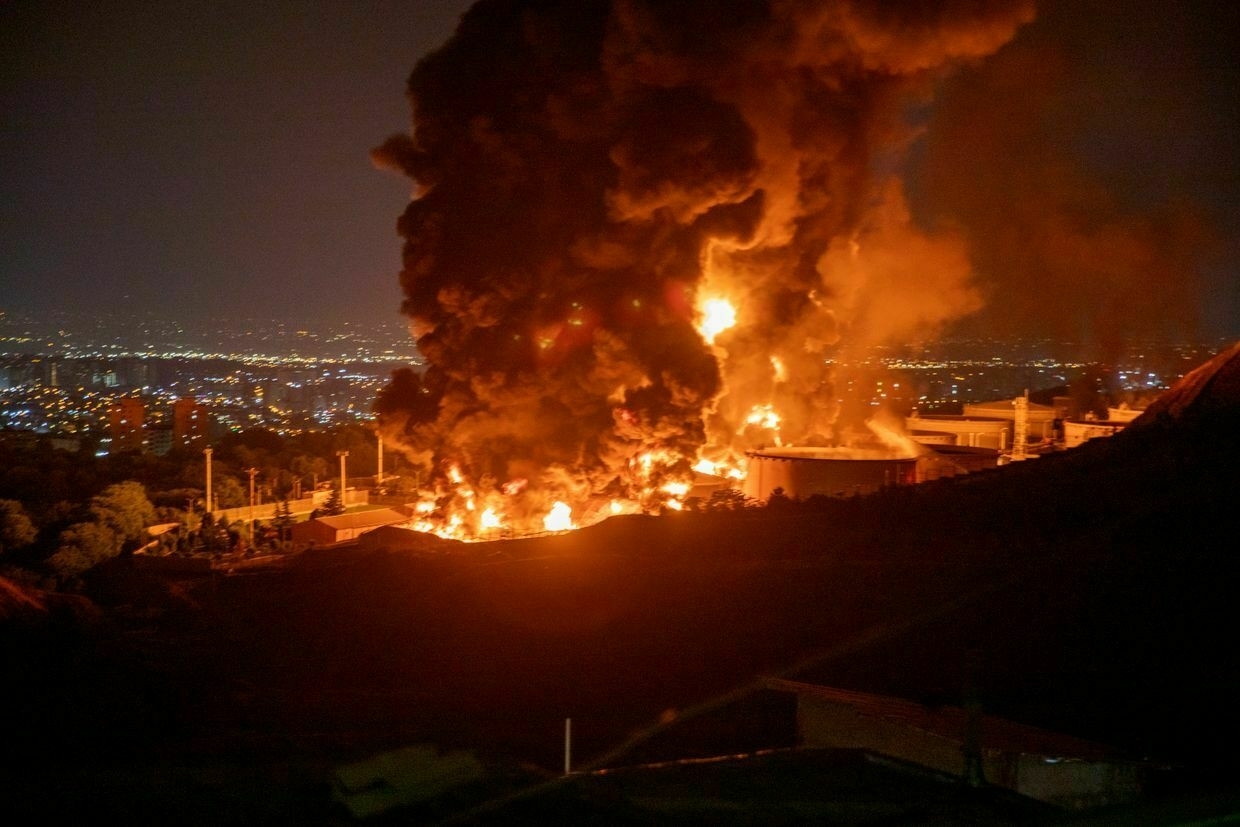
-
2 killed, 12 injured in Russian missile strike on Odesa Oblast
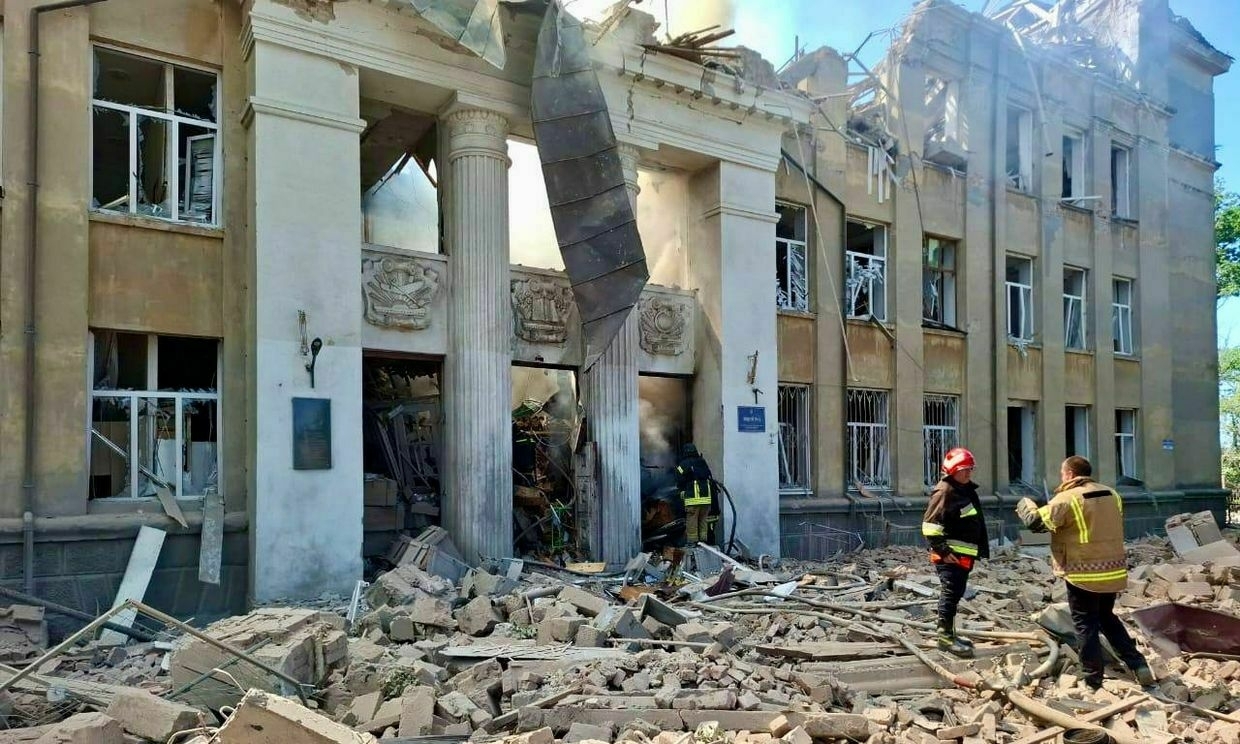
Two people were killed and at least 12 others injured after a Russian ballistic missile strike hit the city of Bilhorod-Dnistrovskyi in Odesa Oblast on June 23, Governor Oleh Kiper reported.
The attack targeted a local educational institution, destroying the building and leaving several people, including members of the teaching staff, possibly trapped under the rubble. No children were present at the time due to summer holidays, Kiper said.
Three of the wounded are in serious condition, while the others — including two teenagers — are being treated for moderate injuries. The Air Force reported tracking two high-speed ballistic targets heading toward the city shortly before the strike.
Bilhorod-Dnistrovskyi, a historic Black Sea city known for its Akkerman Fortress, lies near the mouth of the Dniester River.
Under international humanitarian law, the deliberate targeting of civilian infrastructure such as schools is forbidden and may constitute a war crime. Russia has repeatedly struck non-military sites throughout its full-scale invasion.
Earlier the same day, Russia launched another mass missile and drone attack on Kyiv, killing at least eight people and injuring 33 others, including four children, according to city officials.
‘It was impossible to look at’ — Russian mass missile, drone attack on Kyiv kills at least 8, injures 33Russia launched a wave of missile and drone attacks on Kyiv and surrounding region overnight on June 23.The Kyiv IndependentLucy Pakhnyuk
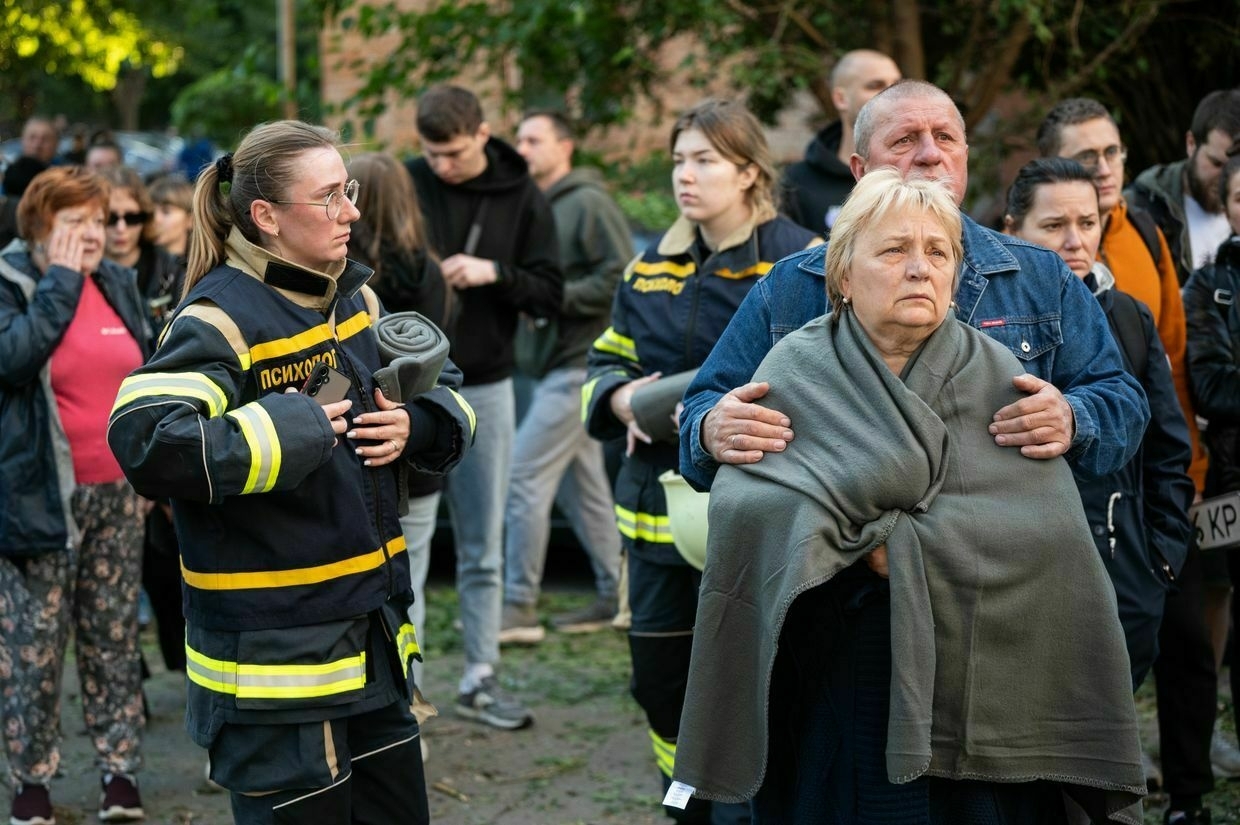
-
Ukraine returns bodies of 3 Russian soldiers repatriated as remains of Ukrainians, Interior Ministry says
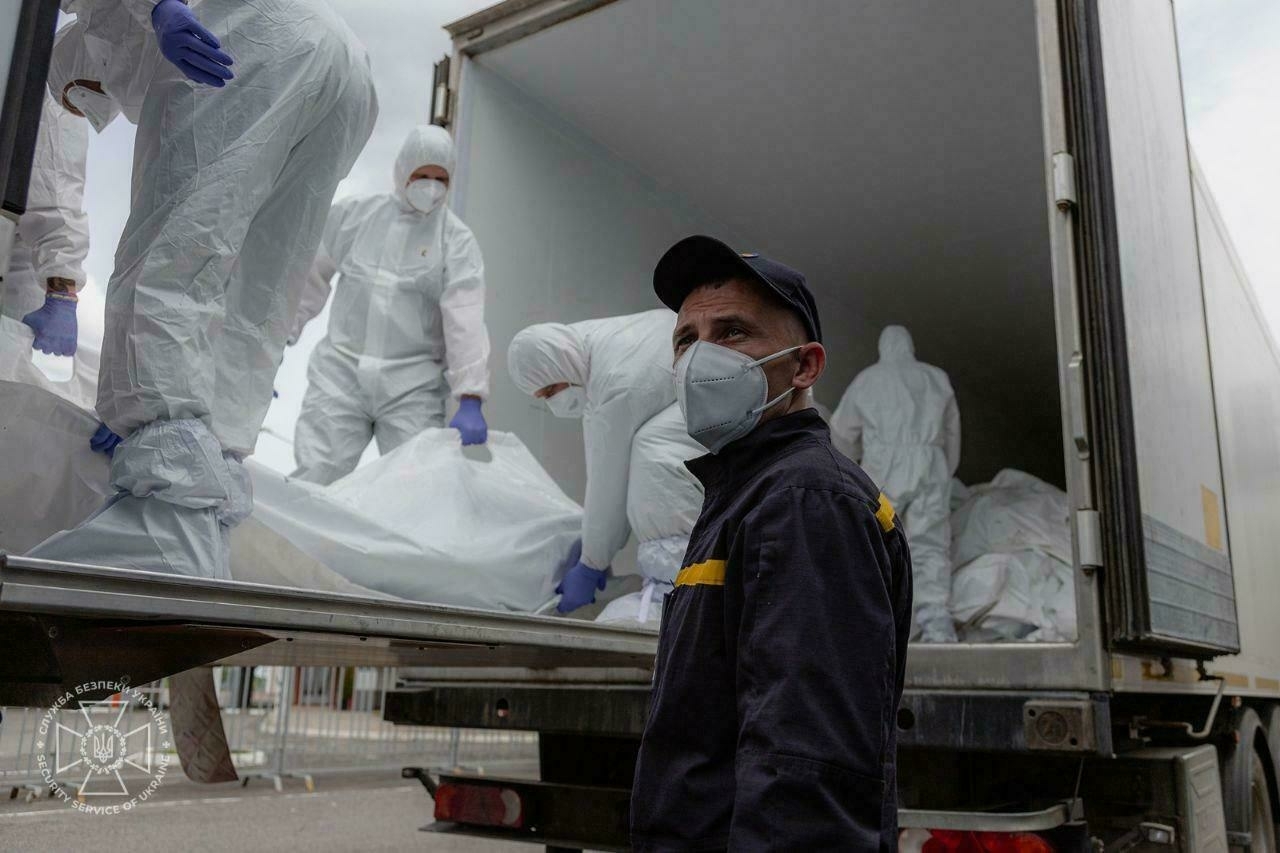
Ukraine has returned the remains of three Russians who were handed over to Kyiv as part of an exchange of fallen soldiers' bodies, Interior Minister Ihor Klymenko told Interfax Ukraine on June 23.
Ukraine has said the practice of passing off the bodies of Russian soldiers as Ukrainian is part of an attempt to obscure the scale of its military losses from the Russian public, and at least 20 such incidents have been recorded during recent repatriations conducted under the Istanbul agreements.
Russia did not comment on the discovery made by the Ukrainian side, while Klymenko said during a press conference on June 23 that it could be done to “sow chaos” during the identification of the soldiers' bodies.
Personal badges, chevrons, documents, military uniforms elements, and footwear typical of the Russian Armed Forces were found during the bodies examination transferred by Russia to Ukraine, Ukraine’s Interior Ministry said.
According to Klymenko, the bodies were transferred to Russia after confirmation that they belong to Russians. The other 17 bodies have not yet been handed over to Moscow, as examinations continues.
“We are waiting for the DNA of relatives. Therefore, we want the relatives (of Russians) to submit their DNA so that we can confirm,” Klymenko told Interfax Ukraine. “I gave an order to prohibit the release of these bodies to the Russians until there is a 100% confirmation."
The Interior Ministry’s experts conduct up to 10,000 examinations per month to identify individuals, and one fragment of remains can be examined up to five times, Klymenko said.
“The bodies of our heroes come back extremely mutilated. There are objective reasons for this, such as an ongoing war and widespread use of weapons. At the same time, we have recorded cases when the remains of one person were returned during different stages of repatriation, which complicates our work,” Klymenko said.
The June 2 negotiations in Istanbul resulted in the most expansive prisoner and body exchange agreement of the full-scale war, although no ceasefire was reached.
Ukraine received a total of 6,057 bodies of its fallen soldiers as part of the phased exchange. Russia, according to Kremlin aide and negotiator Vladimir Medinsky, took back 78.
Explaining the difference between the two numbers, President Volodymyr Zelensky on June 20 said that the bodies of the vast majority of Russian soldiers currently killed on the battlefield remain in Russian hands.
“They were advancing, and their dead remained in the territory where they were,” he said.
Russia accused Kyiv on June 7 of rejecting a proposed body return, publishing footage allegedly showing Ukrainian corpses stored in refrigeration units. Ukraine dismissed the claims, saying the footage was filmed on Russian territory, not at a designated handover site.
Kyiv has consistently called for an “all-for-all” exchange of prisoners of war, but Moscow has so far refused to agree to a comprehensive swap.
‘Unwanted by their homeland’ — Ukraine confirms Russia returned bodies of its soldiers disguised as Ukrainian“This is yet another proof of how Russia treats its people with contempt,” Interior Minister Ihor Klymenko said. The Kyiv IndependentTim Zadorozhnyy
The Kyiv IndependentTim Zadorozhnyy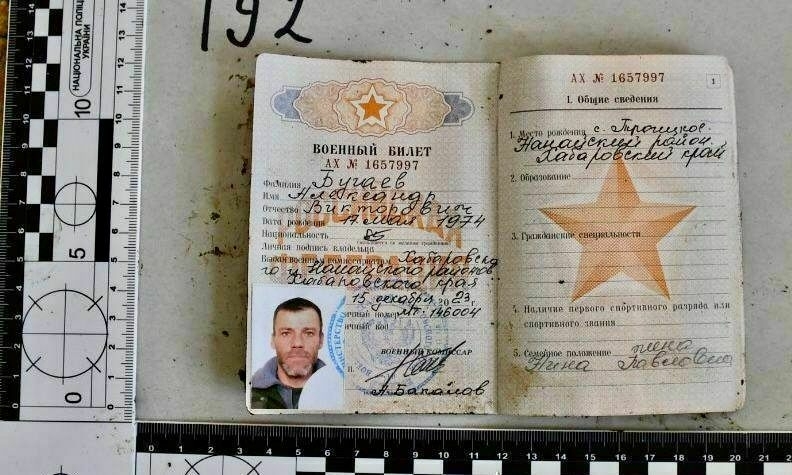
-
Zelensky arrives in UK to boost defense cooperation as Russia intensifies attacks against Ukraine
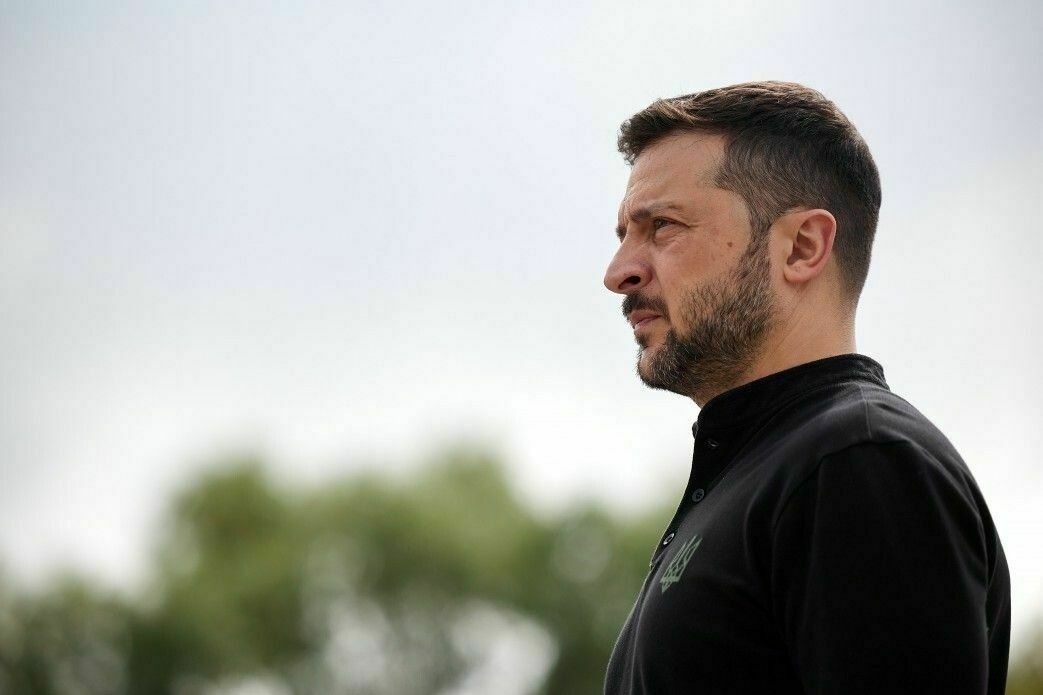
President Volodymyr Zelensky arrived in the U.K. on June 23 to conduct several meetings with “a primary goal” of deepening defense cooperation, presidential spokesperson Serhii Nykyforov said in comments reported by Ukrinform.
Zelensky’s visit comes just a few hours after yet another Russian attack on Kyiv, which killed at least seven and injured almost 30 people. A residential buliding was partially destroyed in a direct ballistic missile hit.
In the U.K., Zelensky is to meet with King Charles III, British Prime Minister Keir Starmer, as well as with the speakers of both houses of parliament, Lindsay Hoyle and John McFall, according to Nykyforov.
Zelensky is also scheduled to meet with Ukrainian military personnel undergoing training in the U.K. and representatives of think tanks.
This year, the U.K. has allocated 4.5 billion pounds ($5.8 billion) for military assistance to Ukraine, marking its largest annual commitment so far.
London remains one of Kyiv’s most steadfast military partners, providing long-range missiles, armored vehicles, training, and political support against Russian aggression.
Russia pulls its scientists out of Iranian nuclear plant, as Israeli strikes threaten decades of collaborationIsrael’s strikes on Iranian nuclear facilities have alarmed none more than Russia, the country that first brought nuclear power to Iran in defiance of Western objections. We’re “millimeters from catastrophe,” said Kremlin spokeswoman Maria Zakharova on June 18 in response to a bombing campaign that Israel launched againstThe Kyiv IndependentKollen Post
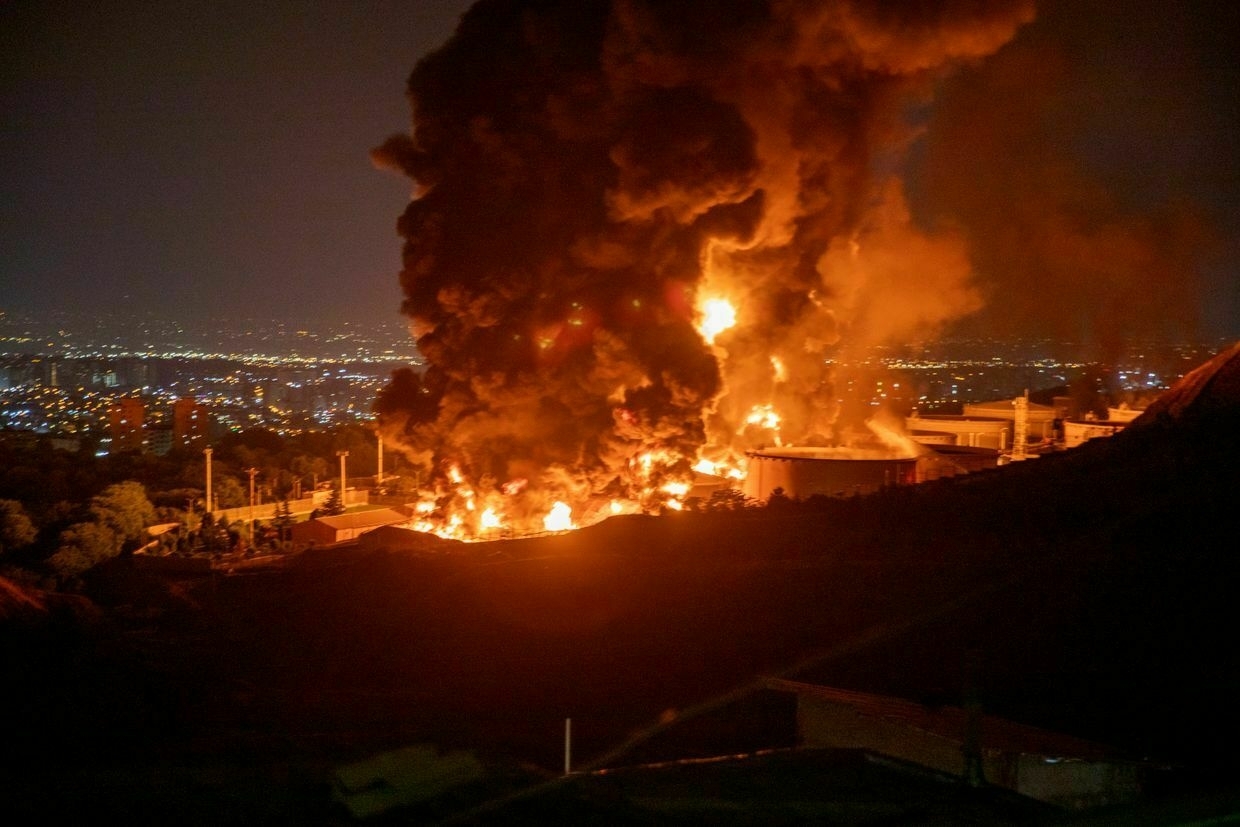
-
After 40 months of waging full-scale war on Ukraine, Putin condemns 'unprovoked aggression against Iran'
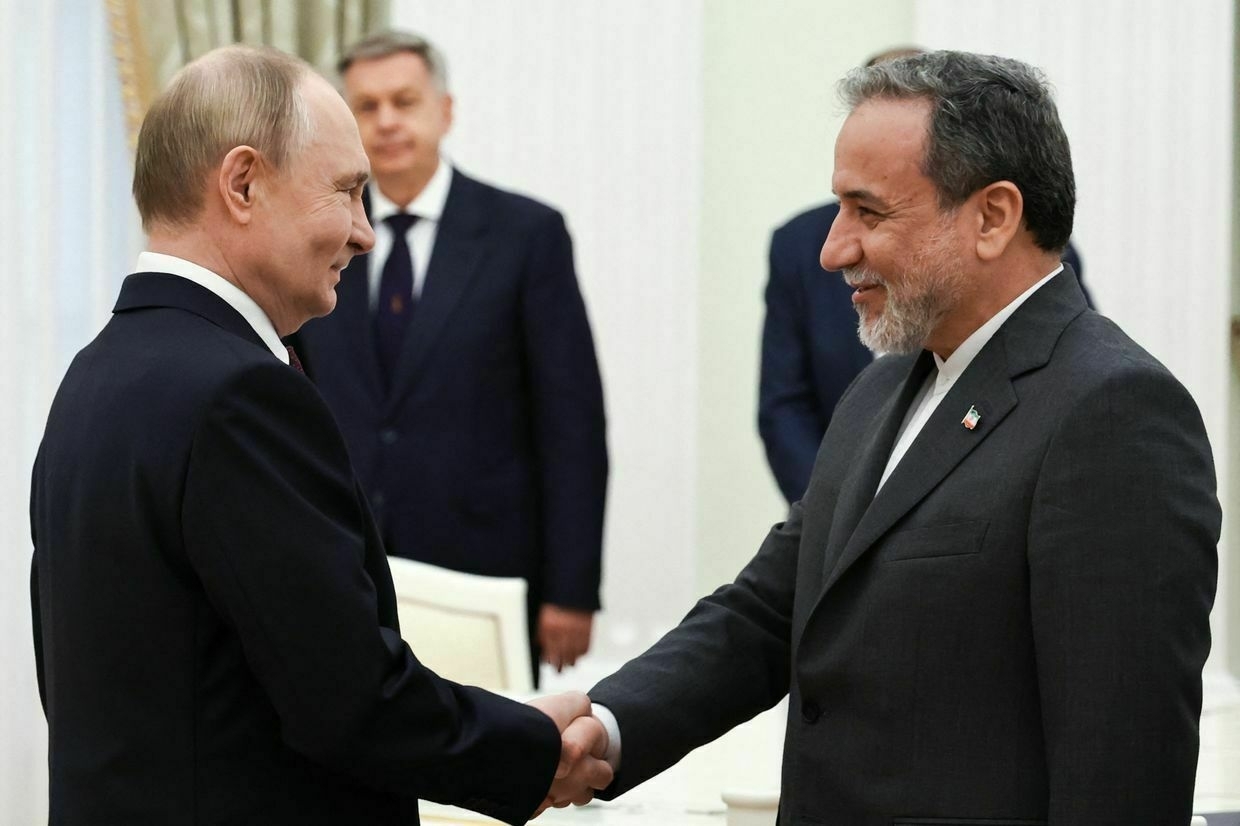
Russian President Vladimir Putin has condemned U.S. strikes on Iran as “completely unprovoked aggression,” more than three years into his completely unprovoked full-scale invasion of Ukraine.
Putin made the comments at the Kremlin during a meeting with Iran’s Foreign Minister Abbas Araghchi, after U.S. President Donald Trump’s announcement of successful air strikes on three nuclear facilities in Iran, Fordow, Natanz, and Esfahan, conducted in coordination with Israel over the weekend.
“The completely unprovoked aggression against Iran has no basis and no justification,” Putin said, adding that Russia “is making efforts to provide assistance to the Iranian people.”
Since Russia launched its full-scale invasion of Ukraine, Moscow has killed tens of thousands of Ukrainian civilians, and the true extent of the death toll is simply not known.
Russia’s full-scale invasion of Ukraine was a clear and direct violation of both international law and the UN Charter.
Russia has deepened military and political ties with Tehran since and Iran has supplied Moscow with thousands of Shahed-type attack drones used in routine strikes on Ukrainian cities, as well as short-range ballistic missiles.
Russia and Iran have cooperated to develop their own nuclear programs as both countries face Western sanctions. Russia supplied Iran with the Middle East’s first nuclear power plant despite objections from the West.
Russia pulls its scientists out of Iranian nuclear plant, as Israeli strikes threaten decades of collaborationIsrael’s strikes on Iranian nuclear facilities have alarmed none more than Russia, the country that first brought nuclear power to Iran in defiance of Western objections. We’re “millimeters from catastrophe,” said Kremlin spokeswoman Maria Zakharova on June 18 in response to a bombing campaign that Israel launched againstThe Kyiv IndependentKollen Post
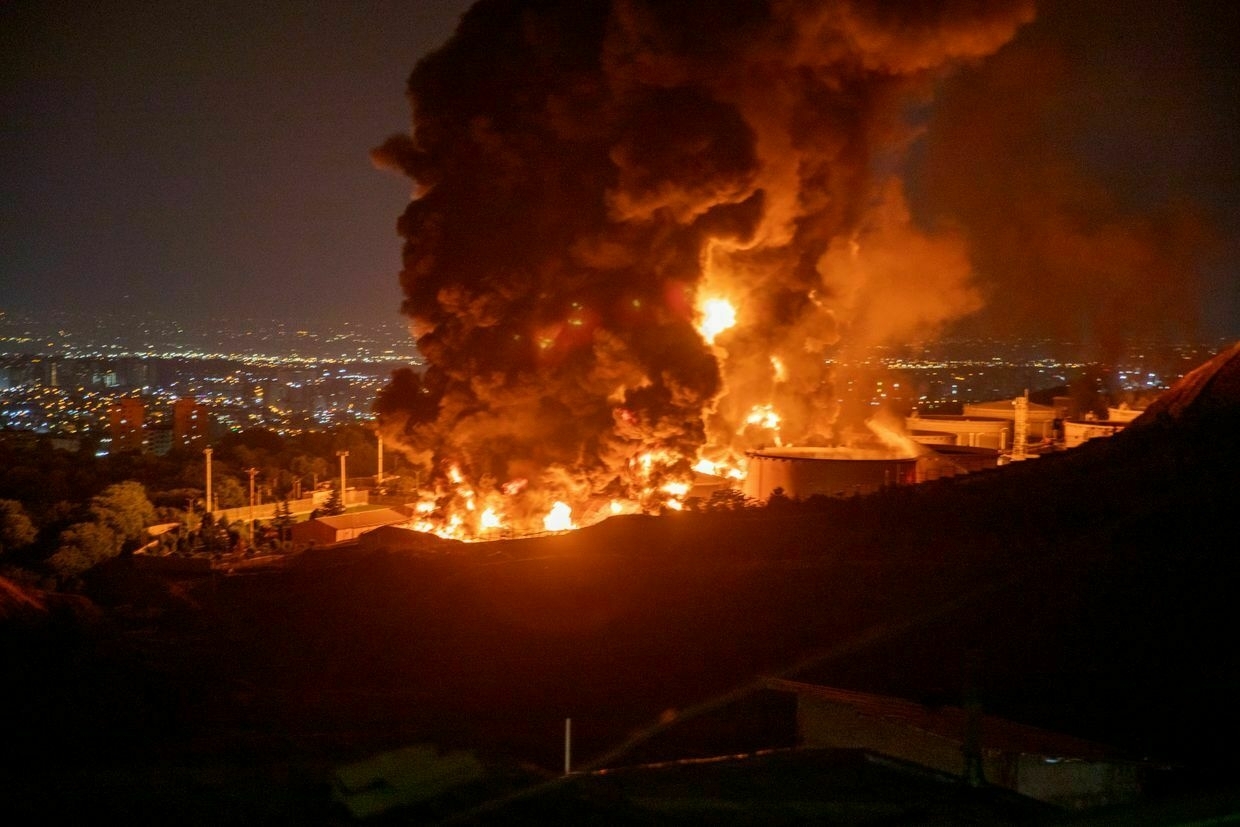
-
General Staff: Russia has lost 1,012,500 troops in Ukraine since Feb. 24, 2022
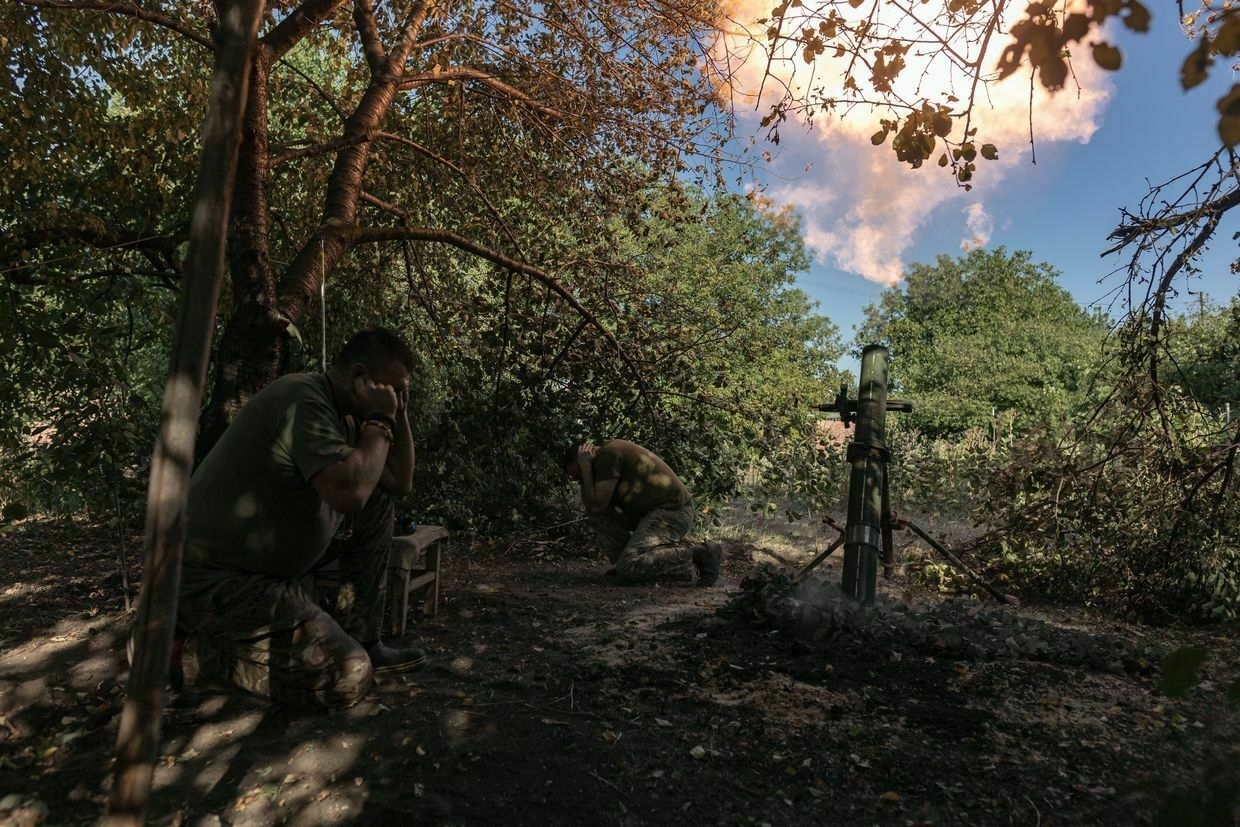
Russia has lost around 1,012,500 troops in Ukraine since the beginning of its full-scale invasion on Feb. 24, 2022, the General Staff of Ukraine’s Armed Forces reported on June 23.
The number includes 1,010 casualties Russian forces suffered just over the past day.
According to the report, Russia has also lost 10,965 tanks, 22,872 armored fighting vehicles, 52,861 vehicles and fuel tanks, 29,490 artillery systems, 1,423 multiple launch rocket systems, 1,188 air defense systems, 416 airplanes, 337 helicopters, 41,717 drones, 28 ships and boats, and one submarine.
Russia’s mass missile, drone attack on Kyiv kills 5, injures at least 19Russia launched a wave of missile and drone attacks on Kyiv and surrounding region overnight on June 23.The Kyiv IndependentLucy Pakhnyuk
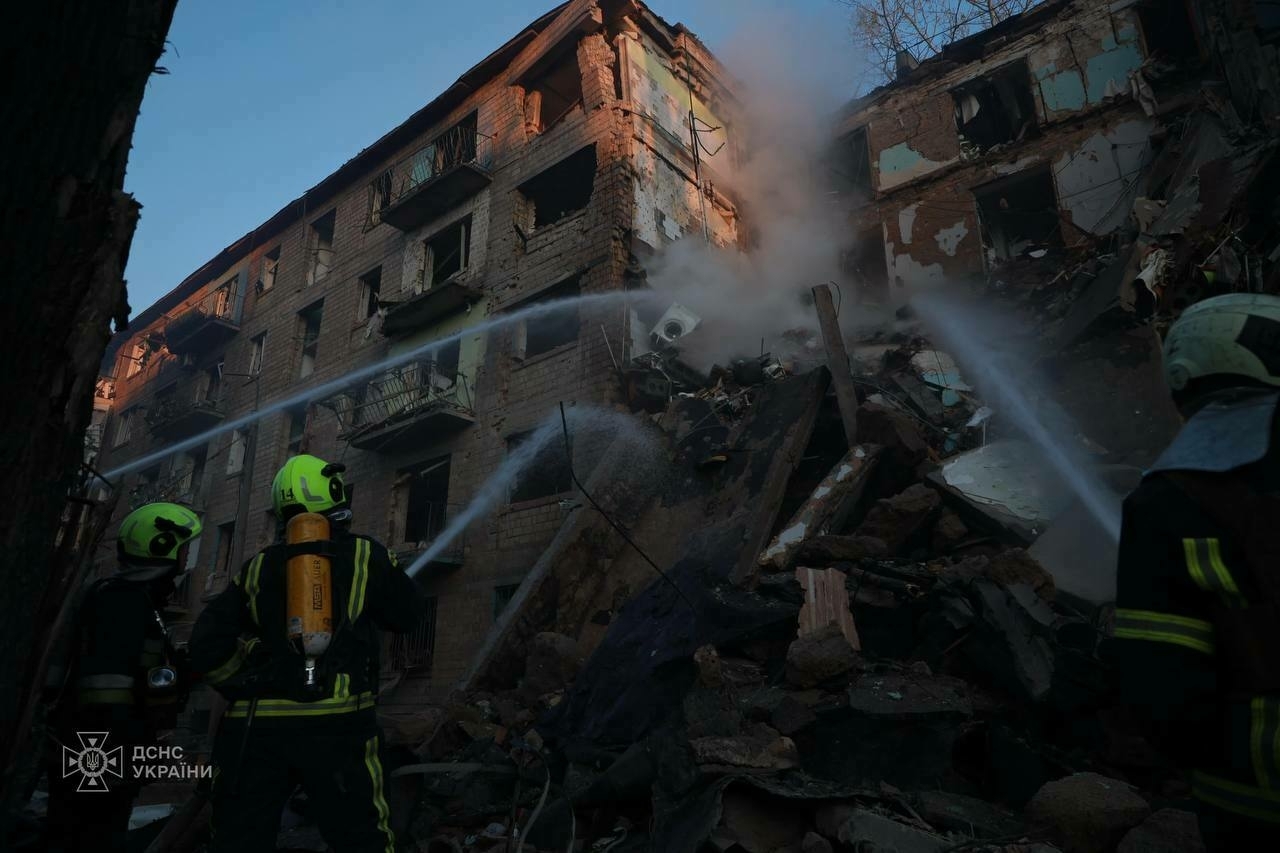
-
'Moscow is silent' — Zelensky slams Russia's hypocrisy over Iran strikes, own mass attack on Ukraine
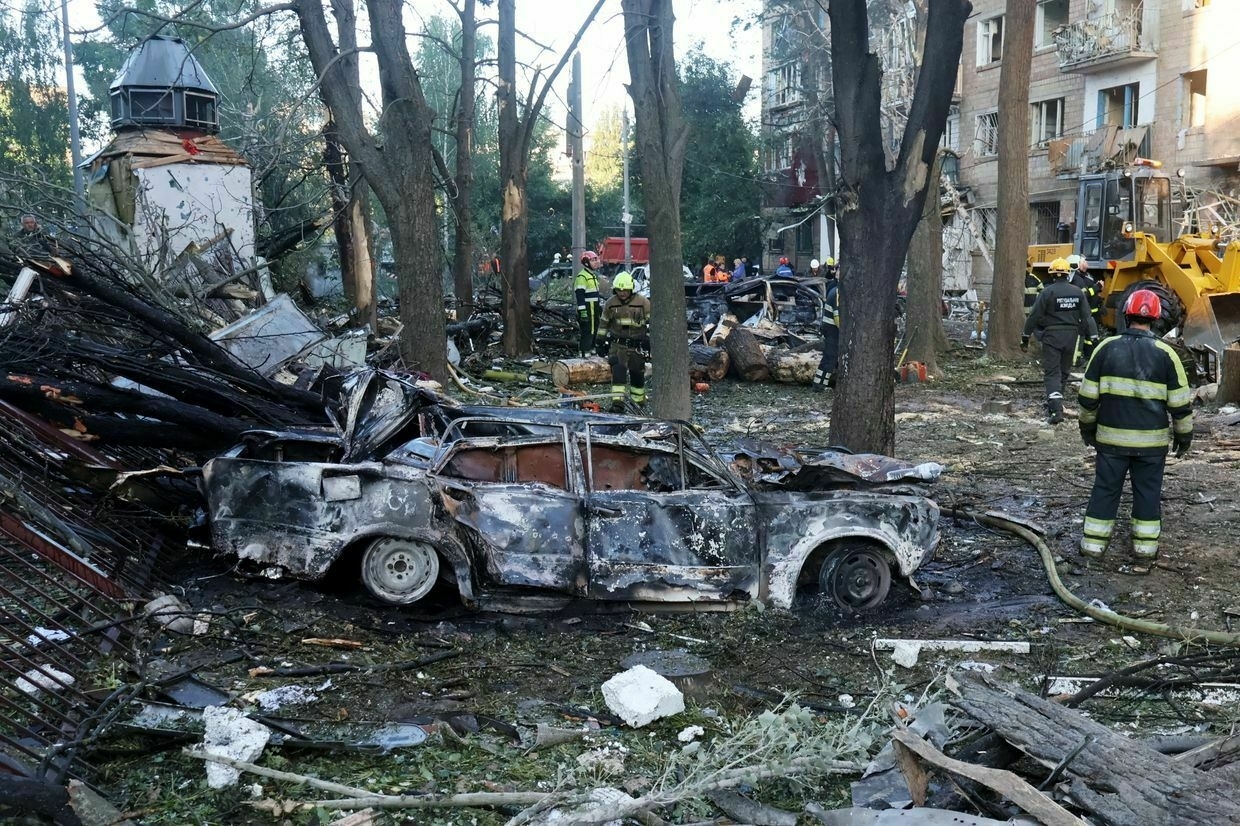
President Volodymyr Zelensky on June 23 highlighted Russia’s hypocrisy for describing U.S. strikes on Iran as “grossly violating international law” just hours before launching yet another deadly mass missile and drone strike on Ukraine.
“After the strikes on Iran’s nuclear facilities, there was an uproar from Moscow,” Zelensky said.
“The Russian leadership demonstratively condemned the ‘missile and bomb’ actions. Today, Moscow is silent — after its own army launched a cynical attack using Russian-Iranian ‘Shaheds’ and missiles on civilian infrastructure in Kyiv and other cities."
Moscow on June 22 condemned the recent U.S. strikes against Iranian nuclear facilities.
“The irresponsible decision to subject the territory of a sovereign state to missile and bomb strikes, no matter what arguments are used, is grossly violating international law, the U.N. Charter, and the resolutions of the U.N. Security Council,” the Russian Foreign Ministry said in a statement.
Overnight on June 23 a devastating Russian missile and drone strike on Kyiv killed at least 7 people and injured dozens more, including children.
The attack was one of the largest air assaults on the capital this year, with 368 aerial weapons launched, including 159 Iranian-made Shahed drones and 16 missiles, according to Ukraine’s Air Force.
After the strikes on Iran’s nuclear program facilities, there was a lot of uproar from Moscow — the Russian leadership performatively condemned the “missile-and-bomb” actions. Today, Moscow is silent after the Russian army carried out a completely cynical strike using… pic.twitter.com/xq6TUsfWM2
— Volodymyr Zelenskyy / Володимир Зеленський (@ZelenskyyUa) June 23, 2025Air defenses intercepted most, but not all. The attack hit six locations directly, causing destruction in 25 separate sites across Kyiv and the wider region.
Governor of Kyiv Oblast Tymur Tkachenko reported 6 people were killed, with 25 other injured in Kyiv alone, including four children.
In his remarks, Zelensky also warned of a growing alliance between Russia, Iran, and North Korea — a "coalition of killers," he said, and urged countries near these regimes to consider whether they can defend themselves if such a bloc continues to spread terror.
"Each country neighboring Russia, Iran, and North Korea should ask whether their own defenses are enough if this axis of evil preserves and remains unchecked," he said.
Zelensky, speaking ahead of meetings with British officials during his visit to the U.K., said he would push for stronger collective air defense and tougher sanctions on Russia.
Zelensky's comments came just a day after Ukraine's Foreign Ministry called for the dismantling of Iran's nuclear program following U.S. air strikes on Iranian nuclear sites.
"Iran is complicit in the crime of aggression against Ukraine," the ministry said in a June 22 statement. "The Iranian regime is providing military assistance to Russia, including the supply of UAVs and technologies that Russia consistently uses to kill people and destroy critical infrastructure."
The statement followed U.S. President Donald Trump's announcement of successful air strikes on three nuclear facilities in Iran, Fordow, Natanz, and Esfahan, conducted in coordination with Israel.
Moscow, which condemned the U.S. and Israeli strikes on Iran, has long cooperated with Tehran on nuclear and military matters. Russia supplied Iran with its first nuclear power plant and has relied on Iranian drones throughout its invasion of Ukraine.
Russia pulls its scientists out of Iranian nuclear plant, as Israeli strikes threaten decades of collaborationIsrael’s strikes on Iranian nuclear facilities have alarmed none more than Russia, the country that first brought nuclear power to Iran in defiance of Western objections. We’re “millimeters from catastrophe,” said Kremlin spokeswoman Maria Zakharova on June 18 in response to a bombing campaign that Israel launched againstThe Kyiv IndependentKollen Post
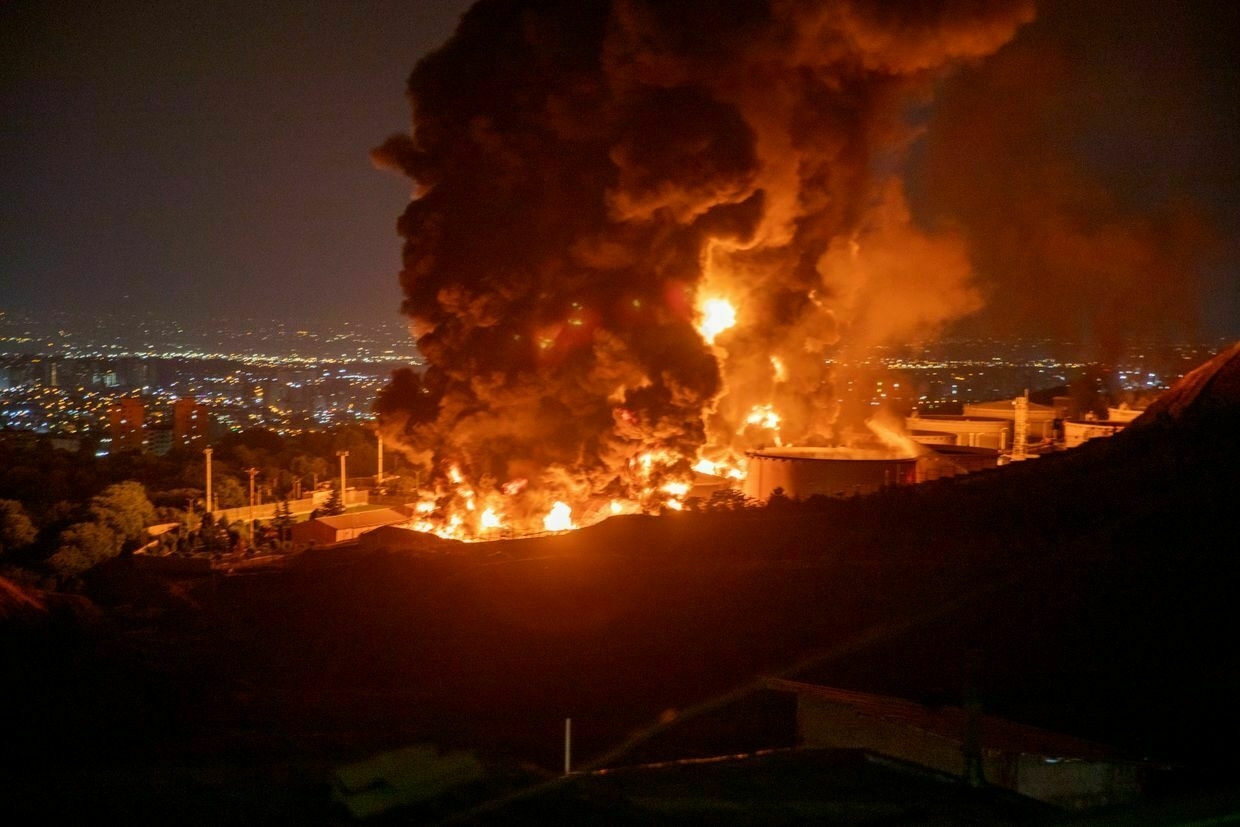
-
Russian drone and missile attacks kill at least 13, injure 57 across Ukraine over past day
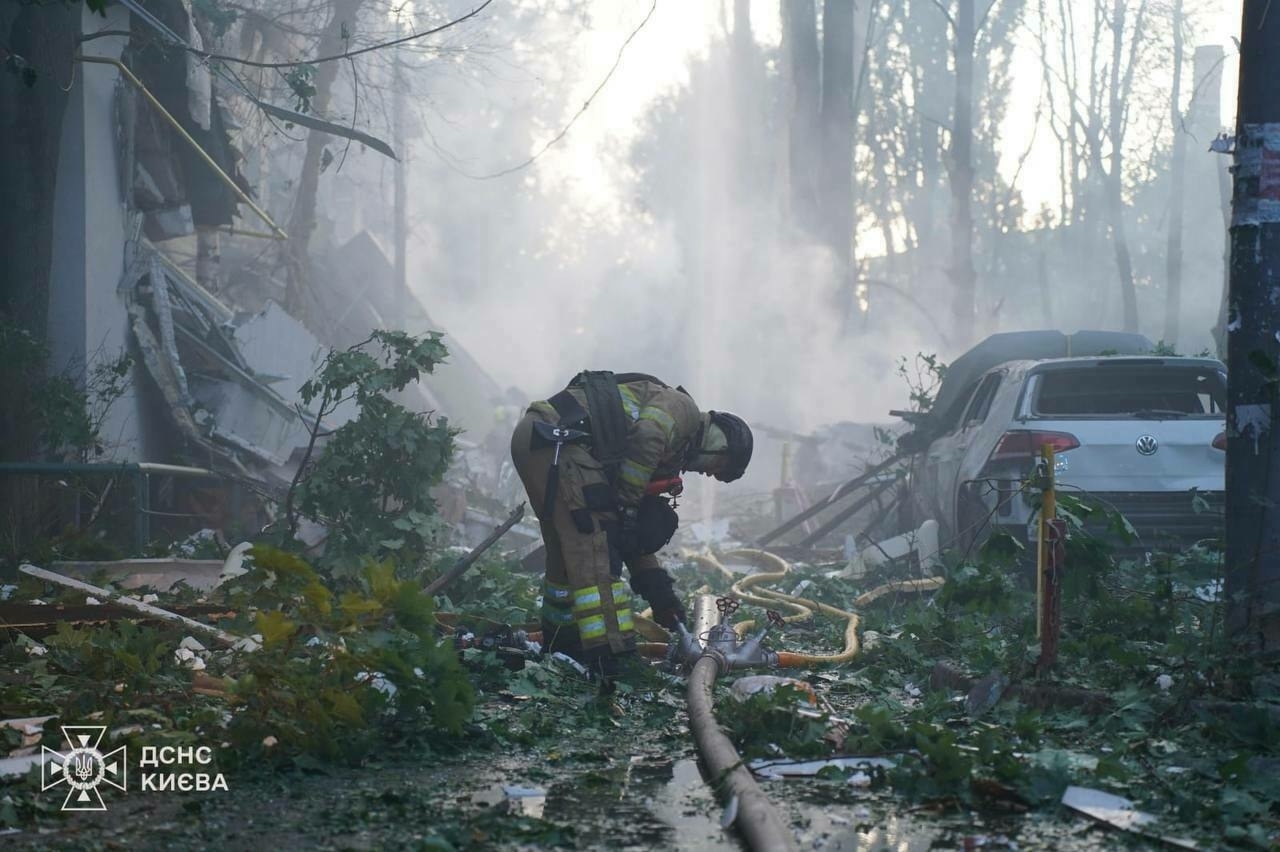
Russian attacks have killed at least 13 civilians and injured 57 across multiple oblasts over the past day, Ukrainian officials reported on June 23.
According to the Ukrainian Air Force, Russia deployed 368 aerial weapons, including 352 attack drones, 11 Iskander-M/KN-23 ballistic missiles, and 5 Iskander-K cruise missiles, striking primarily Kyiv. Ukraine’s air defenses destroyed 354 of them.
In Kyiv Oblast, Governor Mykola Kalashnyk said a person was killed in Bilotserkivka district, two were hospitalized, and two others received on-site medical aid. Attacks damaged houses in three districts: Boryspil, Bila Tserkva, where a medical facility in a hotel was destroyed, and Bucha, damaging several houses and vehicles.
In Kyiv city, Mayor Vitali Klitschko and Kalashnyk reported 6 killed and 25 injured, including a pregnant woman and a child rescued from a damaged 25-story building in the Shevchenkivskyi district.
In Kherson Oblast, Governor Oleksandr Prokudin said Russian drone, artillery, and air attacks hit numerous settlements, including Kherson city. Infrastructure damage included seven apartment buildings, 14 houses, a gas pipeline, a garage, and vehicles. One person was killed, and six were wounded. Early June 22, three more people were injured across the oblast.
In Donetsk Oblast, Governor Vadym Filashkin reported that a Russian attack killed two residents in Siversk and Myrne, with five more wounded. The numbers exclude casualties in occupied Mariupol and Volnovakha.
In Chernihiv Oblast, Russian missile and drone strikes killed at least three people and injured 11 others, including four teenagers, Governor Viacheslav Chaus said. The attacks damaged houses, businesses, and infrastructure across multiple districts, including Chernihiv, Nizhyn, Pryluky, Korukivka, and Novhorod-Siverskyi.
Russia preparing military operations in Europe, Zelensky says“We are observing a continued intellectual decline within the Russian leadership and have evidence that they are preparing new military operations on European territory,” President Volodymyr Zelensky said.The Kyiv IndependentNatalia Yermak
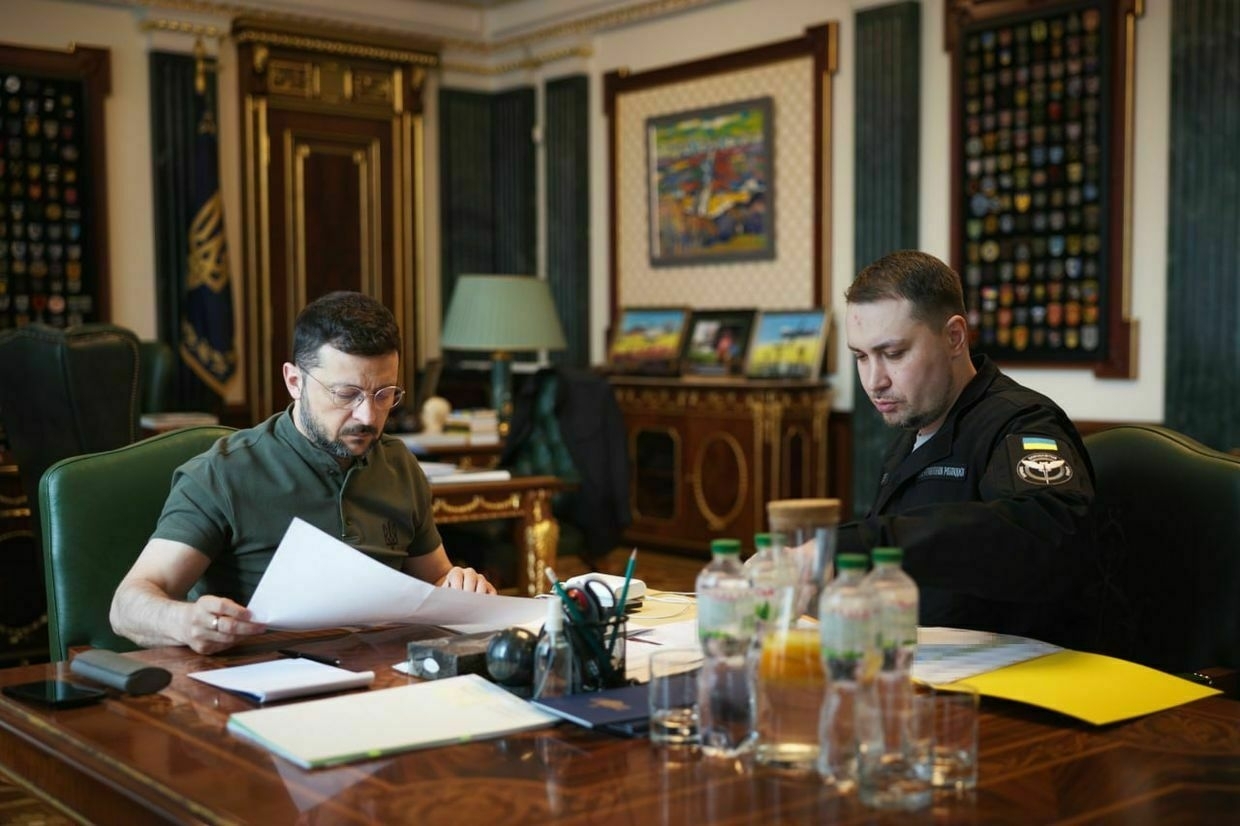
-
Deputy PM Chernyshov returns to Ukraine as questions mount amid corruption probe
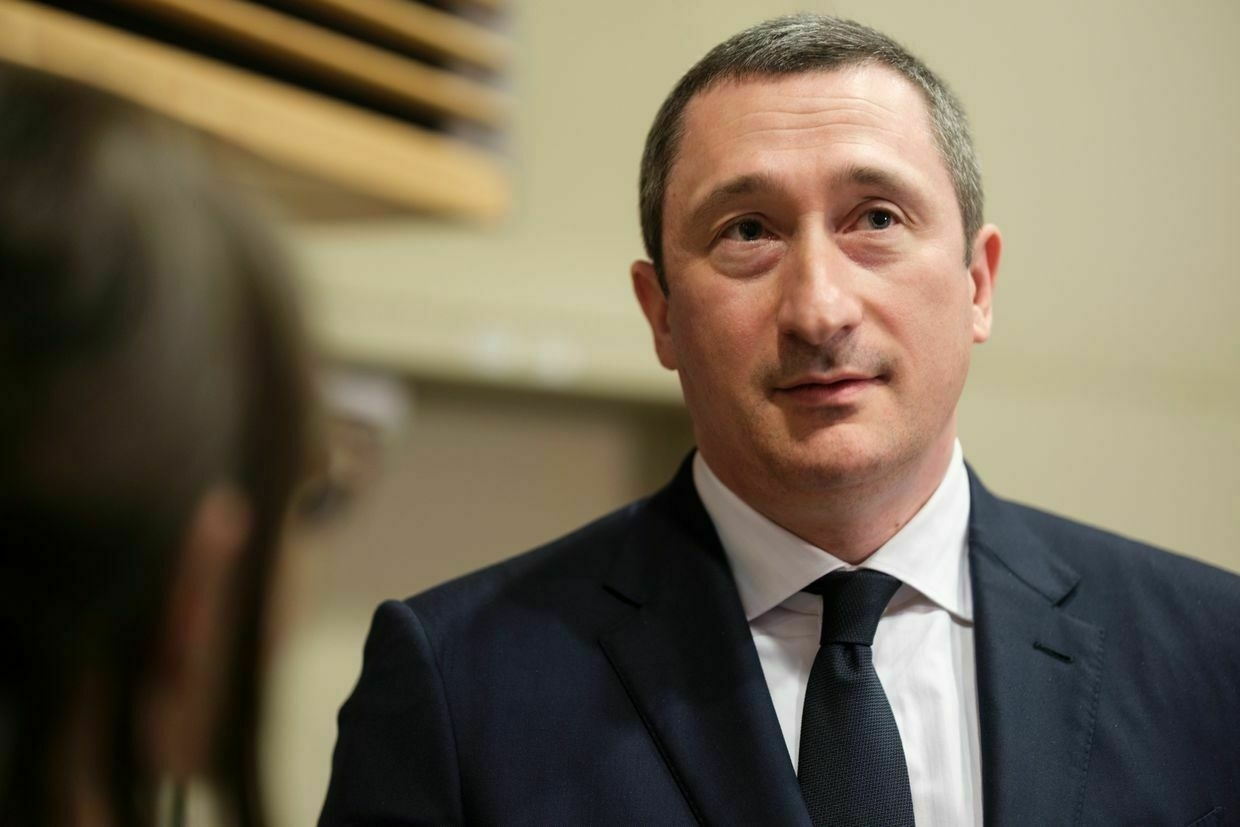
Deputy Prime Minister Oleksii Chernyshov returned to Ukraine on June 22 following his official trip abroad amid media speculations connecting Chernyshov’s absence to an ongoing corruption investigation.
Chernyshov, who announced his return in a Facebook post, has been the subject of controversy in recent days after law enforcement agencies unveiled a corruption scheme involving two officials from the now-dissolved Communities and Territories Development Ministry, which was headed by Chernyshov.
Suspicions about Chernyshov, who heads the new National Unity Ministry focused on relations with refugees and the Ukrainian diaspora, arose when the deputy prime minister did not attend a Kyiv forum he himself organized in person but joined online from abroad.
Chernyshov unexpected work trip to Vienna, announced on June 16, came just three days after law enforcement officials revealed the scheme, leaving Prime Minister Denys Shmyhal to answer questions in parliament about Chernyshov’s trip. The National Unity Ministry said that foreign trips are a regular part of Chernyshov’s work.
Ukrainska Pravda reported, citing its sources, that Chernyshov’s son and wife had also Ukraine following Chernyshov’s most recent trip. It was not immediately clear whether they had returned to the country.
“Finally home. A difficult but very important business trip (which, thanks to some media outlets, became unexpectedly popular) is now over,” Chernyshov said in a Facebook post.
Chernyshov added that he will be returning to work within the Cabinet of Ministers starting on June 23.
“We’ll also break down the smear campaign fact by fact. The truth always prevails,” he added, referring to the ongoing police matter.
According to Ukrainska Pravda, Chernyshov and two of his associates came under investigation last year over suspicions that they received kickbacks from Serhii Kopystira, the head of the KSM Group, for illicitly transferring a plot of land for real estate development between 2021 and 2022.
Four sources in anti-corruption agencies told Ukrainska Pravda that despite the investigation, no police searches were conducted at the time, as they were blocked by the head of the National Anti-Corruption Bureau, Semen Kryvonos, who has a long-standing relationship with Chernyshov.
After the dissolution of the Communities and Territories Development Ministry at the end of 2022, Chernyshov was appointed the head of the state-owned energy company Naftogaz. In 2024, the official was tasked with leading the new National Unity Ministry — a position that often involved travel abroad — while also being named deputy prime minister.
The other two people connected to the case — Maksym Horbatiuk and Vasyl Volodin — were reportedly detained last week as the investigation began moving forward.
President Volodymyr Zelensky previously commented on Chernyshov’s presence abroad amid questions from media.
“What Shmyhal told me is that he’s on a business trip. He had two tasks from me, from the government, from all of us: the first — to open hubs in different countries, and the second — multiple citizenship. As far as I understand, he is working on both of these,” Zelensky was quoted as saying.
The Kyiv Independent could not verify all the claims presented through the media investigation.
Ukraine war latest: ‘Ukrainian drones for the foot of every Russian soldier’ — Zelensky responds to Putin’s threat to conquer all of UkraineKey developments on June 21-22: * ‘Ukrainian drones for the foot of every Russian soldier’ — Zelensky responds to Putin’s threat to conquer all of Ukraine. * 3 killed, 14 wounded as Russia strikes Ukrainian military training facility. * Russia seeks to advance along almost entire eastern front, Ukraine holding ground in Kursk Oblast,The Kyiv IndependentSonya Bandouil
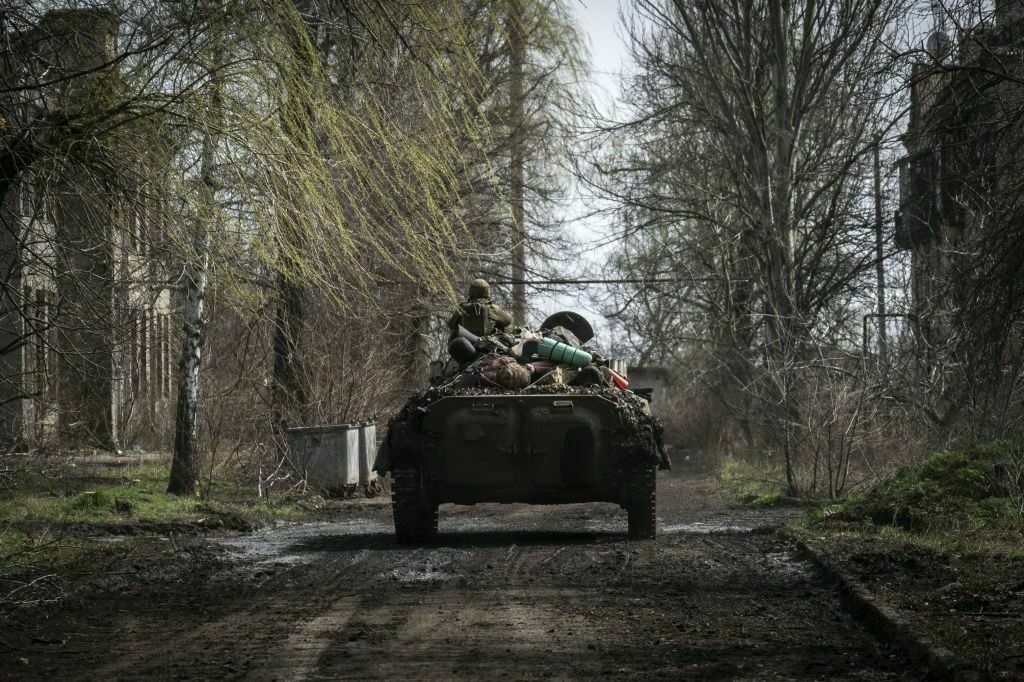
-
Zelensky expected to speak at Council of Europe parliamentary session next week
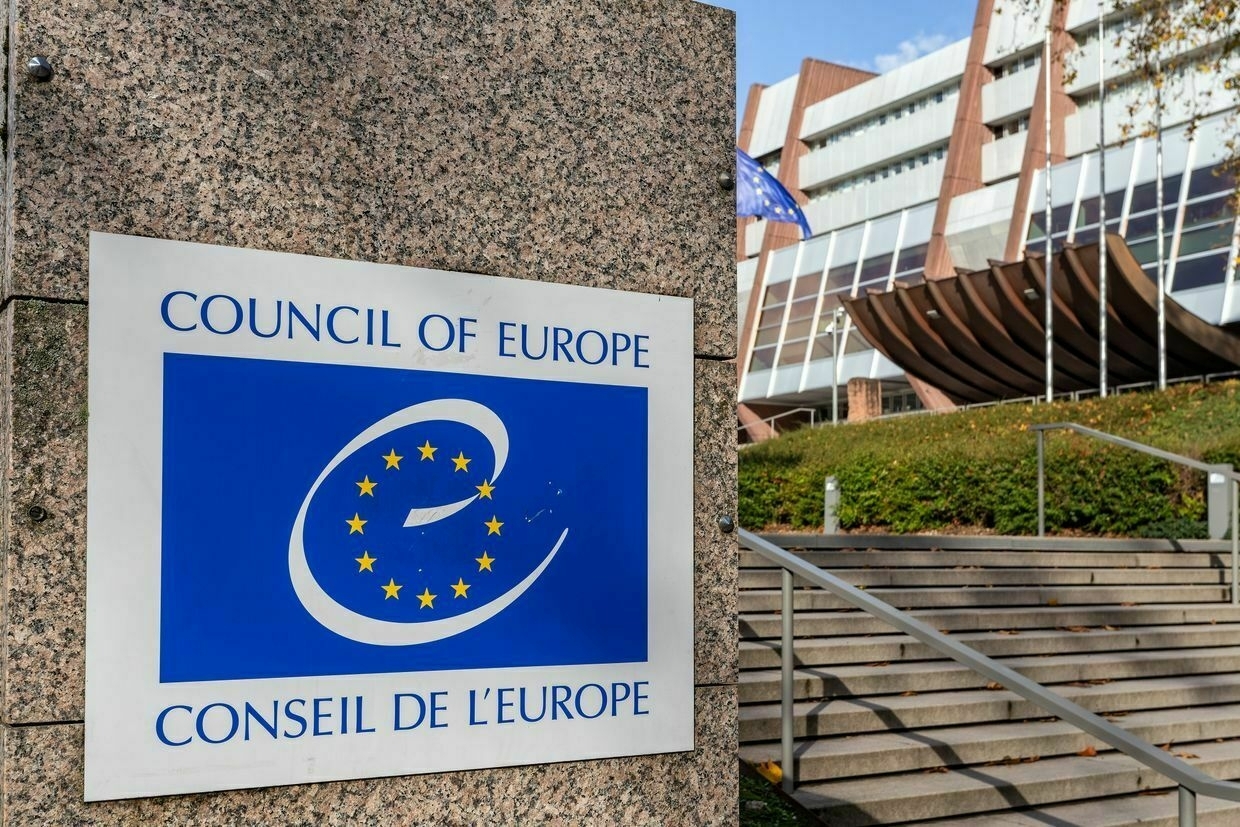
President Volodymyr Zelensky is expected to attend the summer plenary session of the Parliamentary Assembly of the Council of Europe (PACE), scheduled for June 23-27 in Strasbourg, France.
According to the draft agenda, Zelensky is slated to address the assembly on June 26, though his attendance has not yet been confirmed.
While the content of Zelenky’s speech has not been disclosed, the PACE summer session is expected to focus on women’s rights in Europe as well as the war in Gaza.
Legal and human rights issues related to Russia’s ongoing war against Ukraine, and a corresponding resolution, are also listed on the agenda.
The spring session, which took place in April 2025, focused predominantly on Georgia, Turkey, and Ukraine.Ahead of the PACE session, Zelensky is also set to attend next week’s NATO summit in The Hague on June 24. He is expected to meet with European Commission President Ursula von der Leyen and NATO Secretary-General Mark Rutte.
PACE is the parliamentary arm of the Council of Europe, an international organization of 46 countries, including Ukraine, that promotes democratic values and human rights. Russia was expelled from the body in early 2022 in response to its invasion of Ukraine.
Since the start of the full-scale invasion in 2022, the assembly has issued a number of resolutions regarding Russia, calling for the establishment of an international special tribunal to hold Russia accountable for war crimes and recognizing Putin as an illegitimate dictator.
Most recently, PACE adopted a resolution addressing the ongoing Russian war of aggression against Ukraine, stressing the urgent need to ensure accountability and avoid impunity for the serious breaches of international law committed.
Pro-Russian ‘peace protestors’ set to descend on NATO summitDutch protesters who regularly call for an end to military aid to Ukraine will descend on The Hague next week to protest the upcoming NATO summit, which is set to take place on June 24-25. The group will protest against NATO alongside several other organizations and has urged supporters onThe Kyiv IndependentLinda Hourani
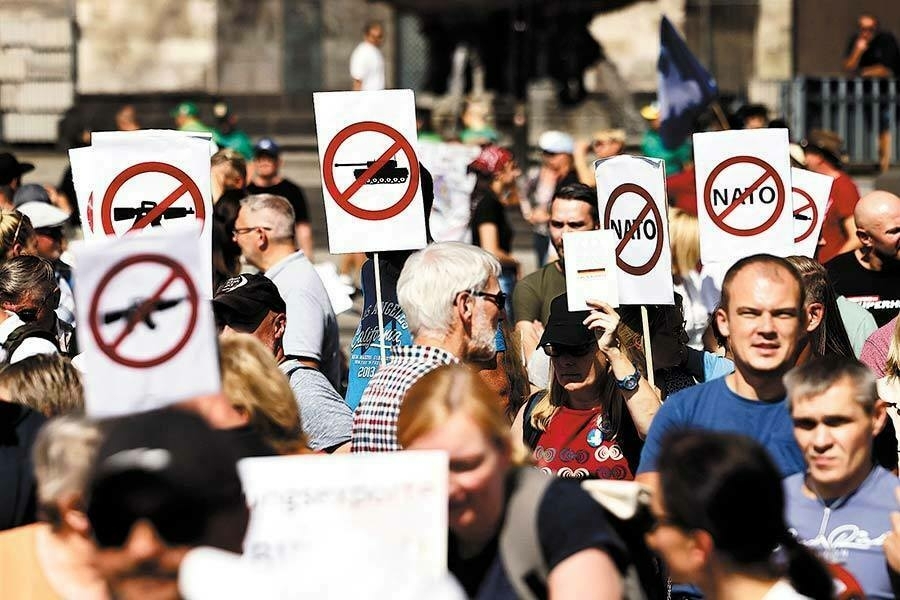
-
Russia launches drone attacks on Kyiv, injuring 2
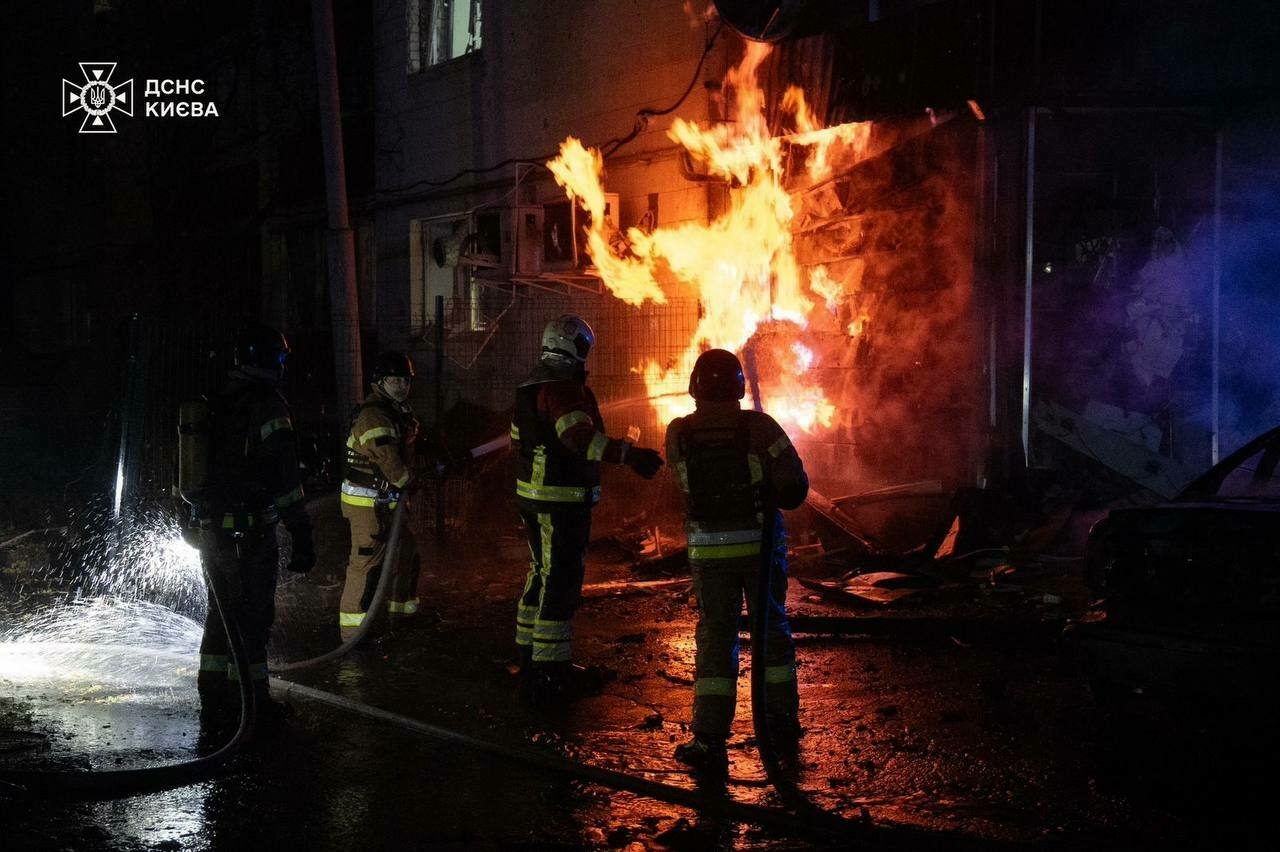
Editor’s note: This is a developing story and is being updated as new details emerge.
Russia launched a wave of drone attacks on Kyiv overnight on June 23, local officials reported.
As of 1:40 a.m. local time, two people had been reported injured, Kyiv Mayor Vitali Klitschko said on Telegram. The two injured people have been hospitalized.
By 2:59 a.m. local time, reports indicated that the Darnytskyi, Solomianskyi, and Svyatoshynskyi districts had been affected.
In Darnytskyi, debris from a drone strike fell on a two-story residential building, but no fires or casualties were reported.
Fires broke out in the Solomianskyi district, where debris also struck a residential building.
In the Sviatoshynskyi district, a high-rise apartment building was damaged, though there were no fires or casualties. Drone strike debris also landed in an open area of a stadium in Sviatoshynskyi, again without injuries or fire.
Air defense systems remained active across the city.
Russian attacks kill 7, injure 23 in Ukraine over past dayRussia launched two Iskander-M or North Korean KN-23 ballistic missiles, an S-300 anti-aircraft missile, and 47 Shahed-type attack drones and decoy drones against Ukraine overnight, primarily targeting Chernihiv Oblast, Ukraine’s Air Force reported.The Kyiv IndependentMartin Fornusek
